-
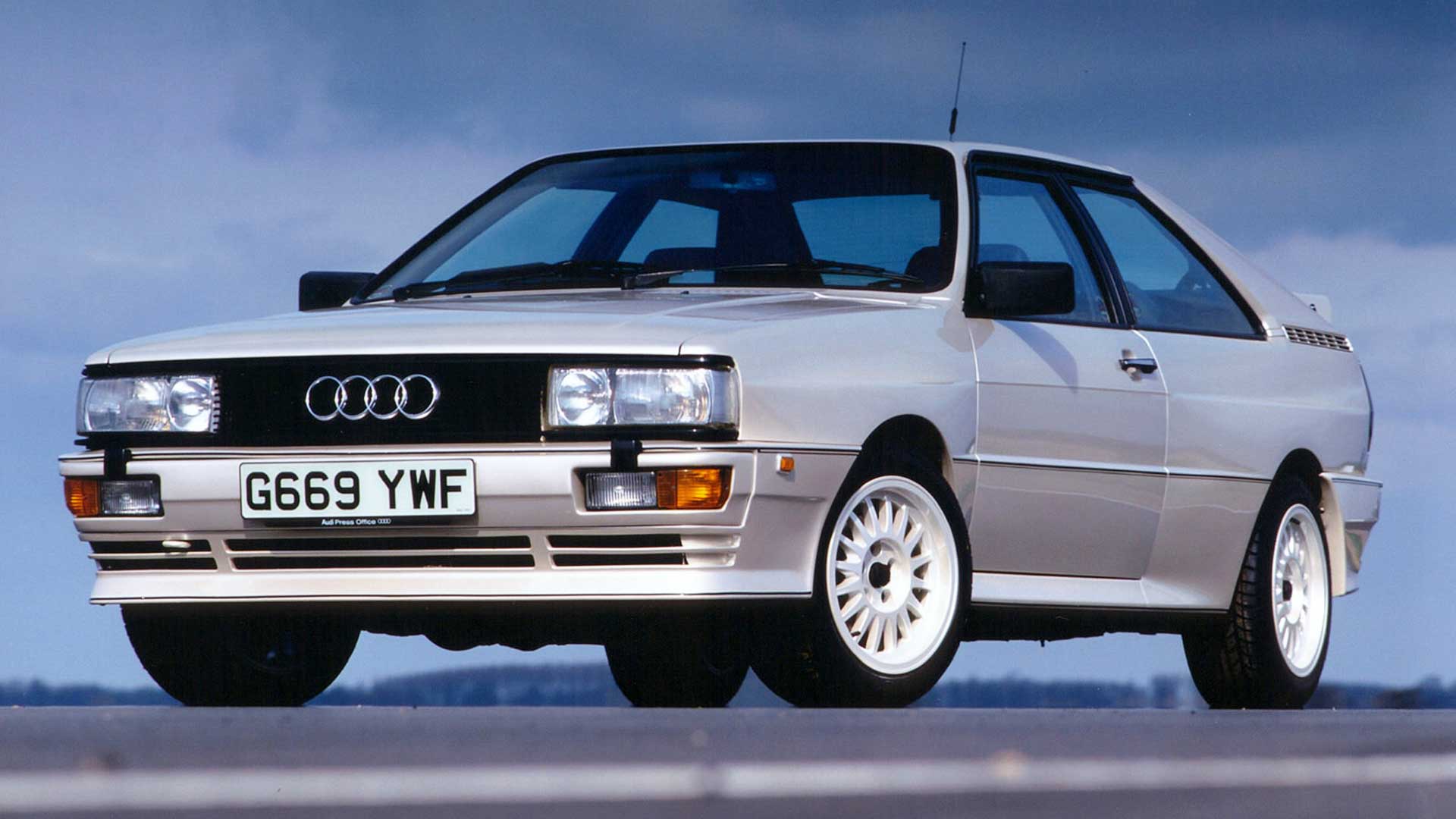
Vorsprung durch Audi
© AudiTranslated as ‘Progress through Technology’, Audi’s famous ‘Vorsprung durch Technik’ advertising tagline is, surprisingly, more than half a century old. The German marque has pioneered plenty of new tech, from Quattro four-wheel drive to lightweight aluminium construction – and built some memorable cars along the way. Join us for a pictorial journey into the history of Audi.
-
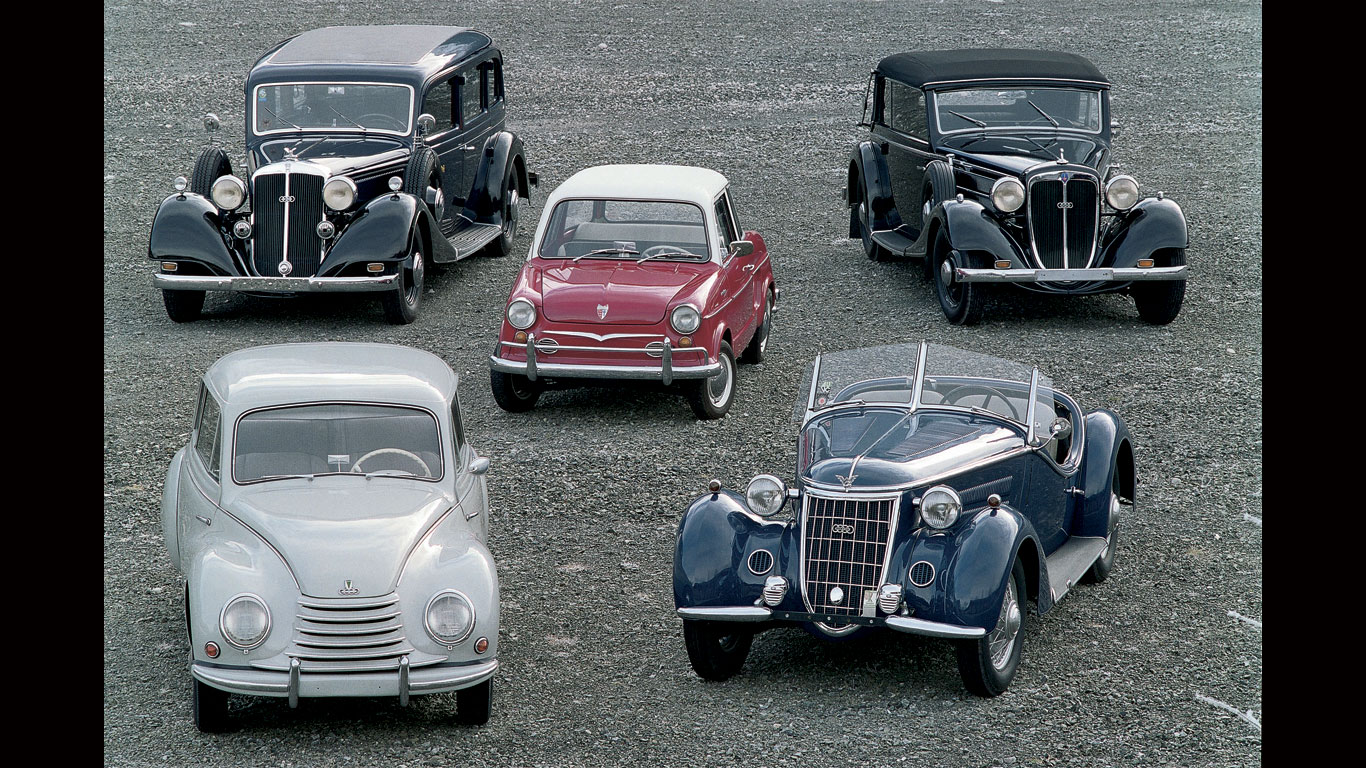
Volkswagen buys Audi in 1965
© AudiIt’s hard to believe that in 1960, Audi was still called Auto Union and was not part of the Volkswagen Group. Instead, it was owned by Daimler-Benz and produced a number of outdated vehicles. Volkswagen bought the company in 1965, not least to get access to the famous Ingolstadt factory.
-
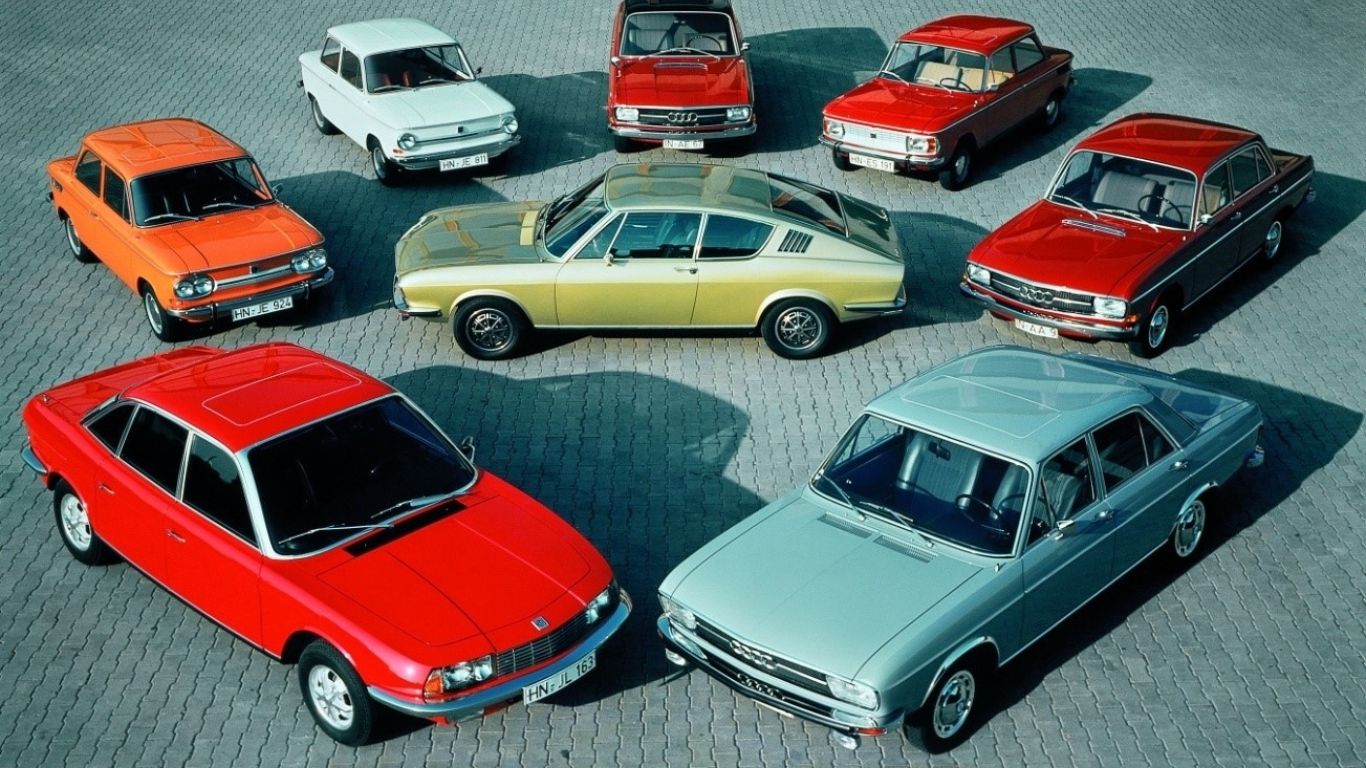
Cars of contrast
© AudiIn 1969, Auto Union and Neckarsulmer NSU Motorenwerke merged to form Audi NSU Auto Union AG. The new company’s cars ranged from the air-cooled, rear-wheel-drive NSU Prinz to the water-cooled, front-wheel-drive Audi 60 and Audi 100. NSU would soldier on until 1977, but it was Audi that emerged as the dominant brand.
-
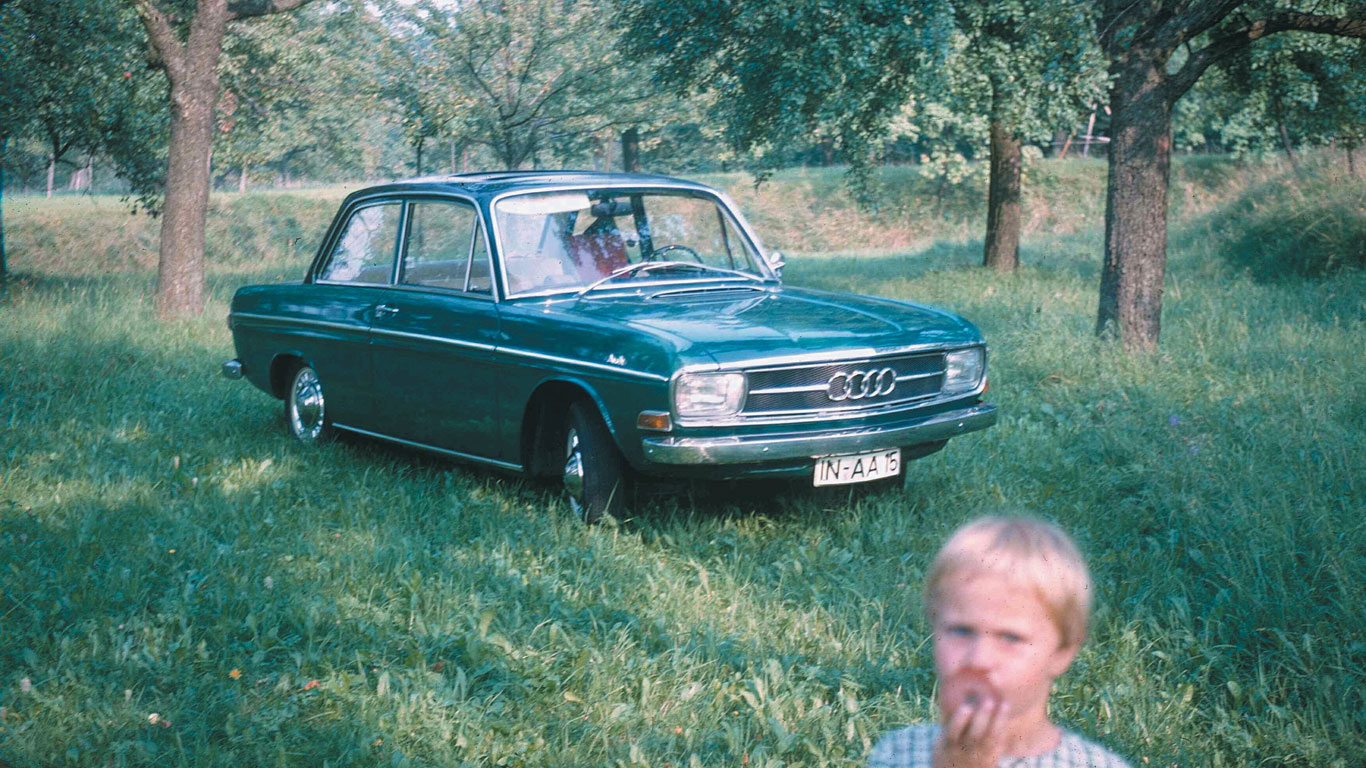
F103: The Audi
© AudiThe first Audi to be sold in the UK was known simply as ‘The Audi’. The F103 was essentially a reworked version of the DKW F102, but without the three-cylinder engine.
-
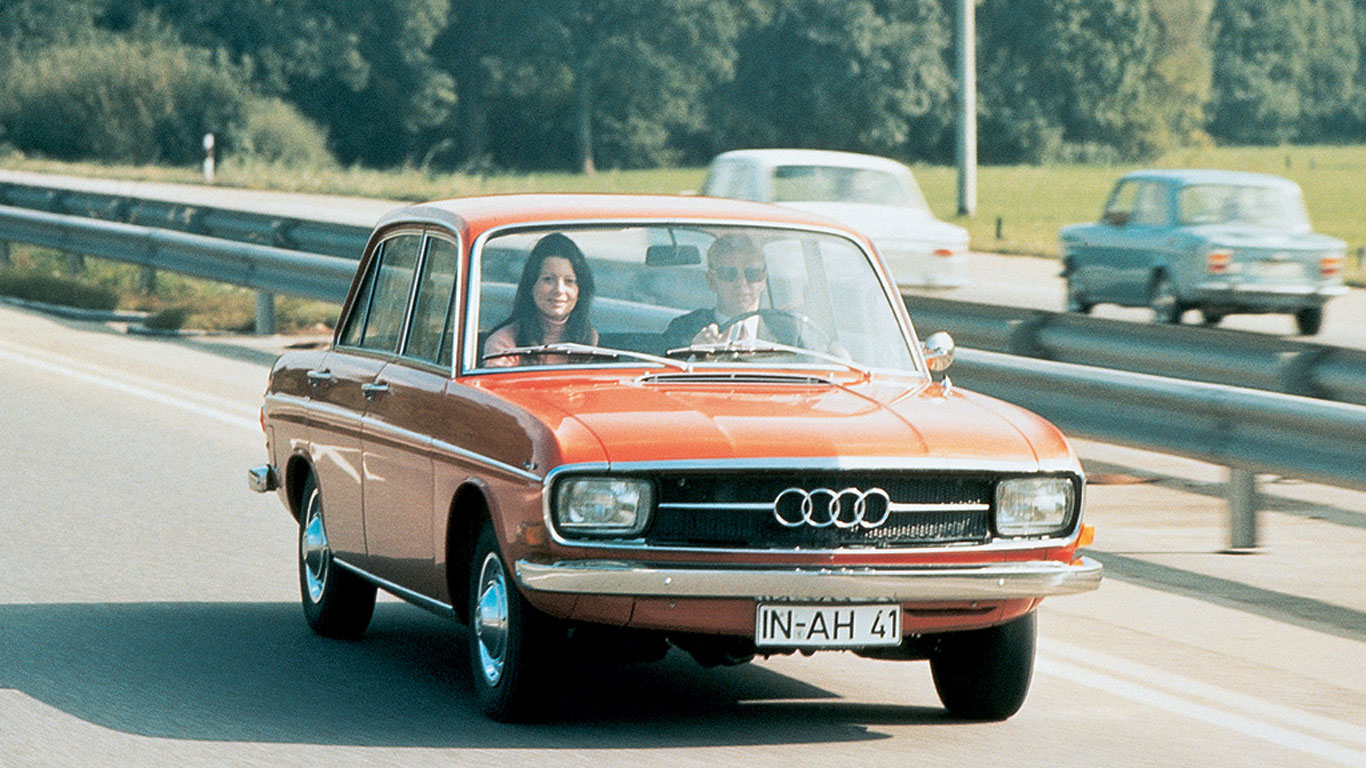
F103: The Audi
© AudiInstead, the Audi of 1965 was powered by a four-cylinder engine developed many years earlier with Daimler-Benz. It was available in two or four-door variants, plus an estate version.
-
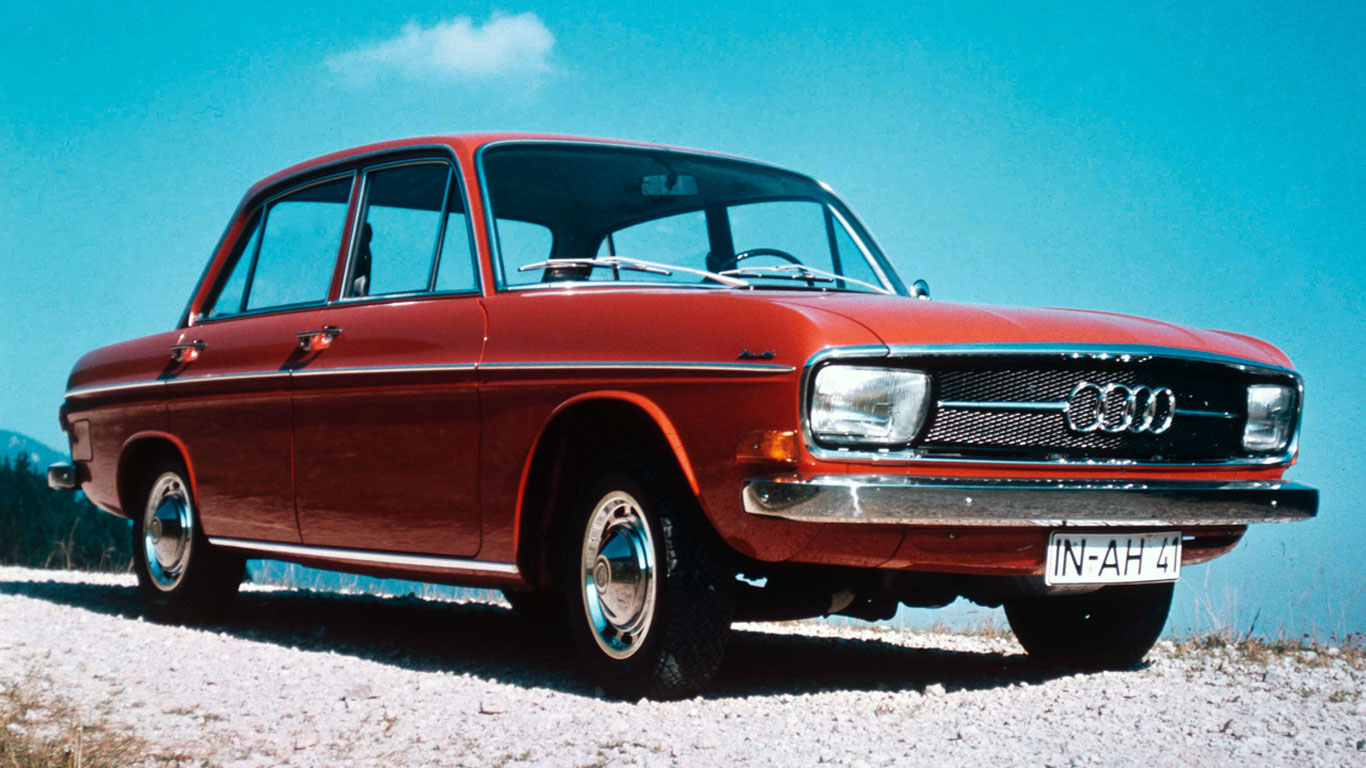
Audi 60 – 72 – 80 and Super 90
© AudiThe models were labelled according to their power output, starting with the 60 and running up to the Super 90. The 1.7-litre ‘medium pressure engine’ was revolutionary for its day.
-
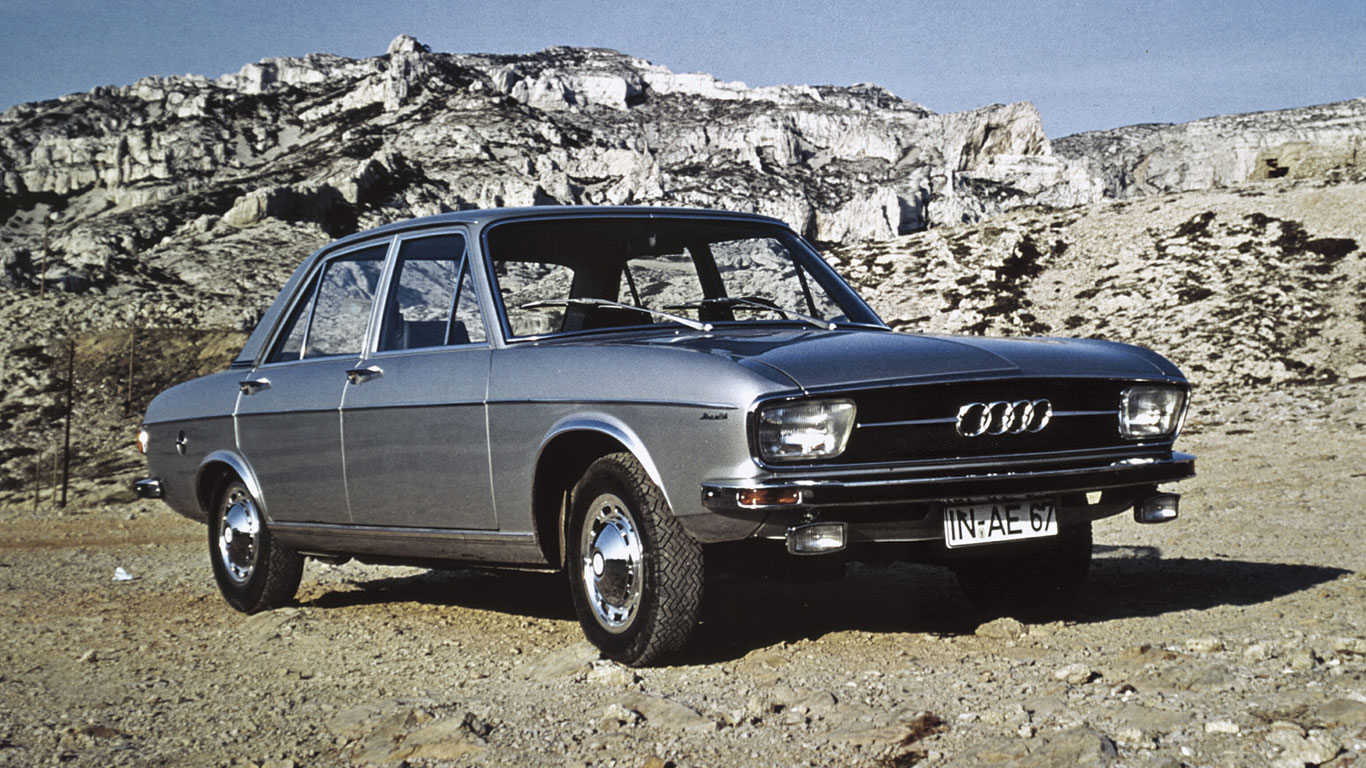
The Audi 100 of 1968
© AudiIf the F103 laid the foundations for Audi in the UK, it was the Audi 100 of 1968 that provided the building blocks. Against the wishes of his bosses at Volkswagen, Audi’s chief engineer Ludwig Kraus developed the car in secret.
-
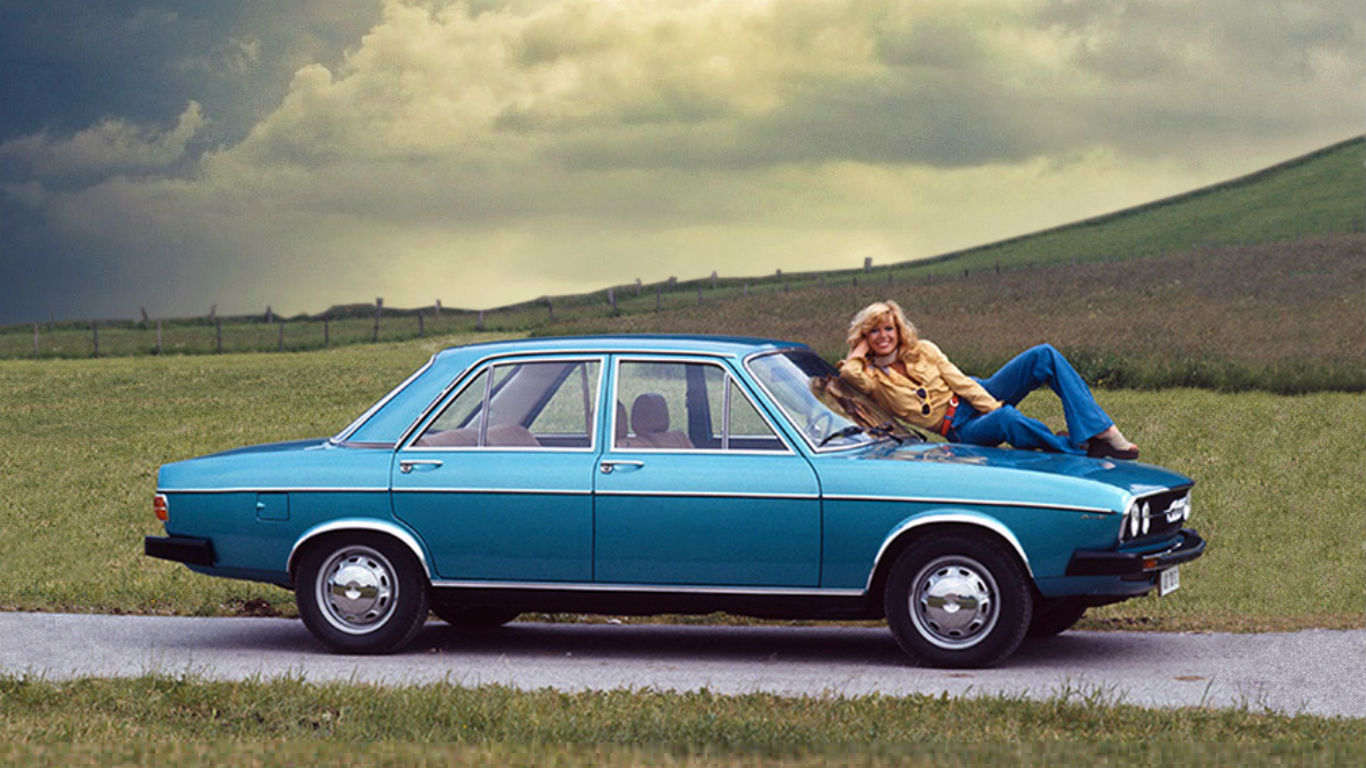
Audi 100 sells 800k units
© AudiA clay model was discovered by Audi boss Rudolf Leidling, who asked Kraus to make some modifications before it could be presented to Volkswagen’s management team. The Audi 100 went on to sell 800,000 units and is credited as saving the company.
-
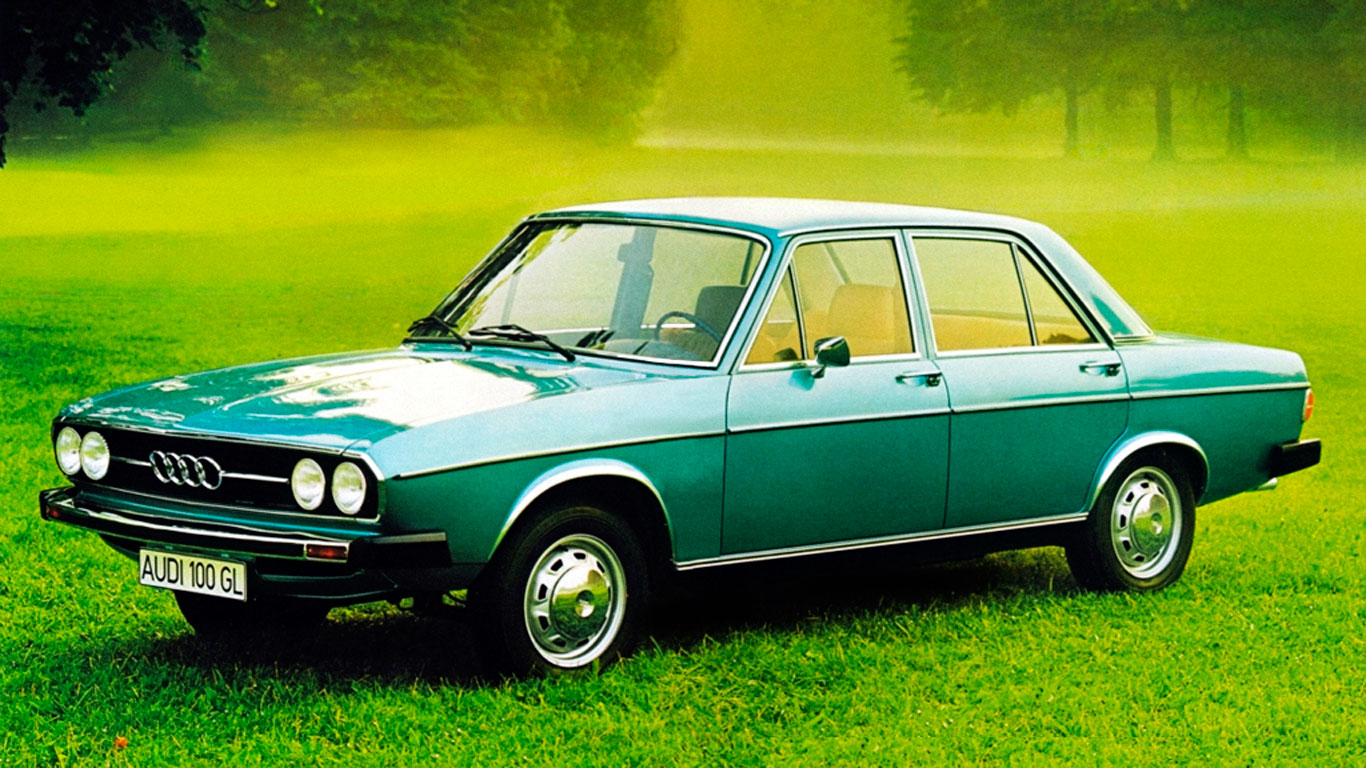
Entering a growing market
© AudiThe 100 was joining a lucrative market. As people became more affluent, the demand for larger cars increased. The 100 was the car that put Audi on the map in the UK.
-
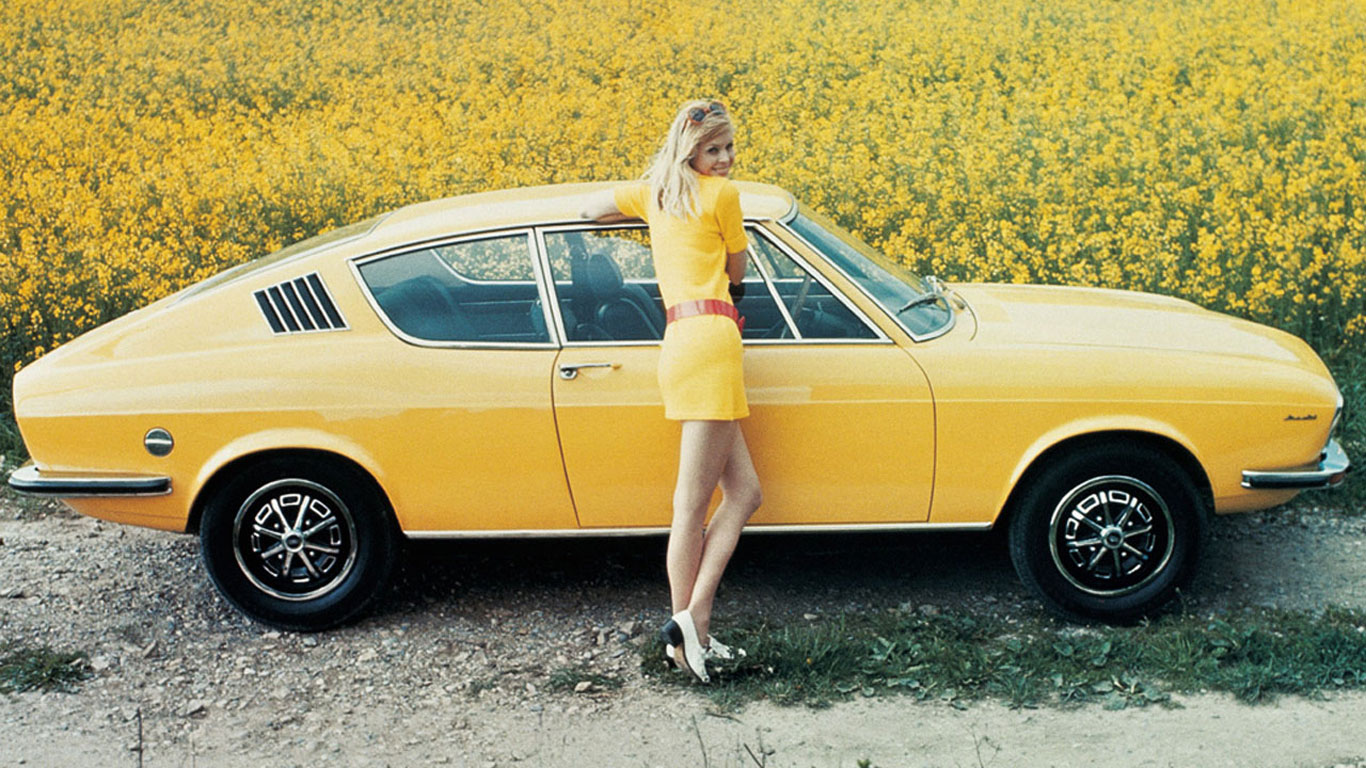
Audi 100 Coupe
© AudiThe most upmarket Audi at that point was the 100 Coupe, which boasted styling not too dissimilar to the Fiat Dino or Aston Martin DBS. Mechanically, it was the same as the saloon, but offered improved performance and a better interior.
-
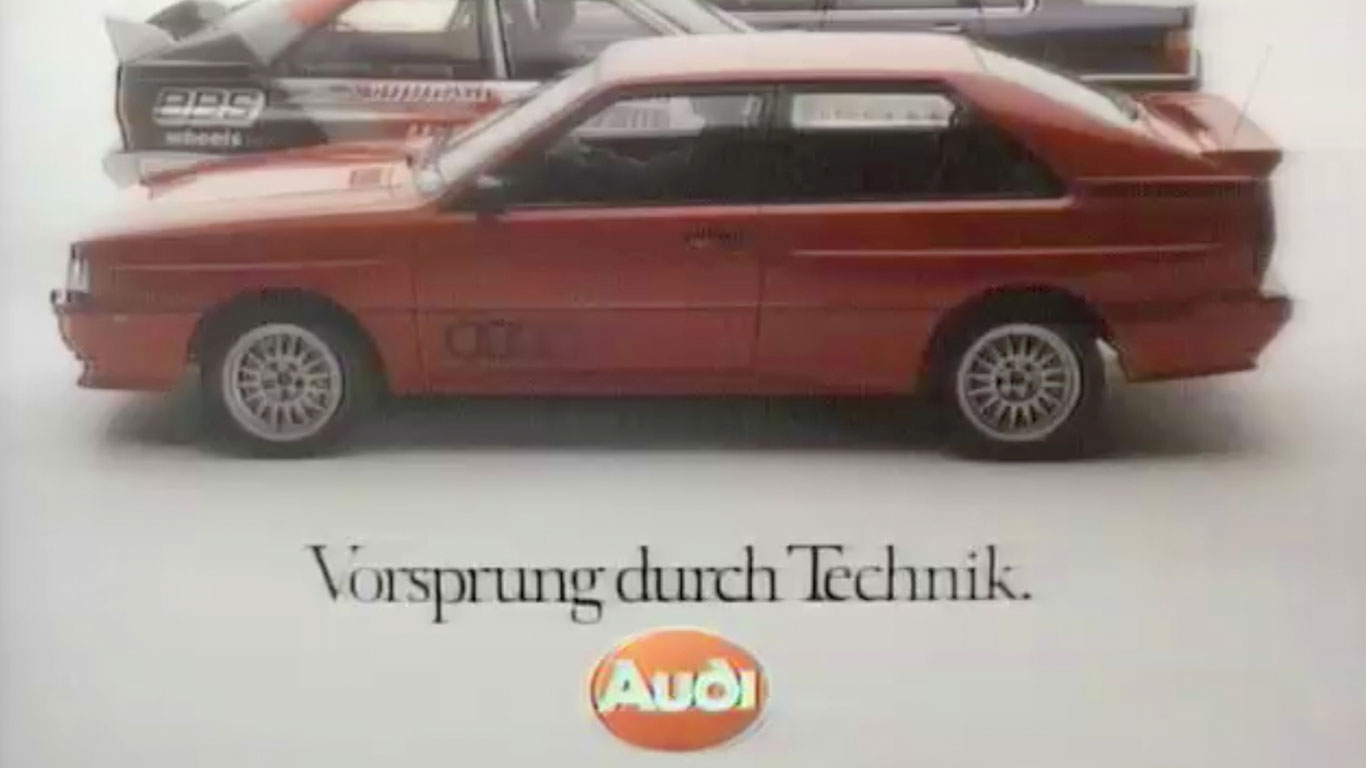
Vorsprung durch Technik
© AudiIn 1971, the ‘Vorsprung durch Technik’ adverts appeared for the first time. The strapline was so successful, it remains in use today. Although this uber-cool red Quattro practically sells itself…
-
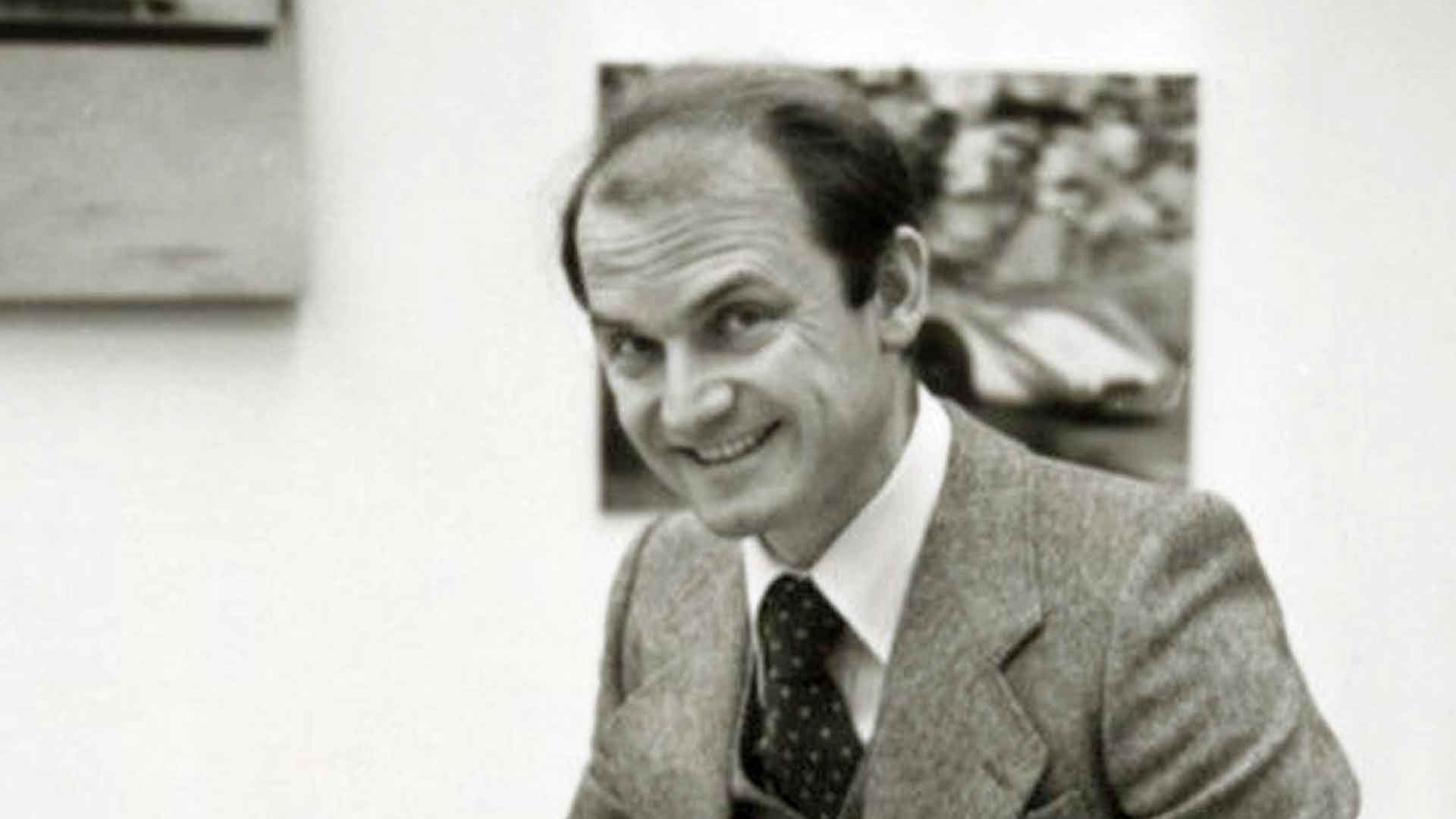
Dr Ferdinand Piech arrives
© AudiA year later, Dr Ferdinand Piech joined Audi NSU as head of the technical development section. He would help shape modern Audi, before going on to run the entire Volkswagen Group.
-
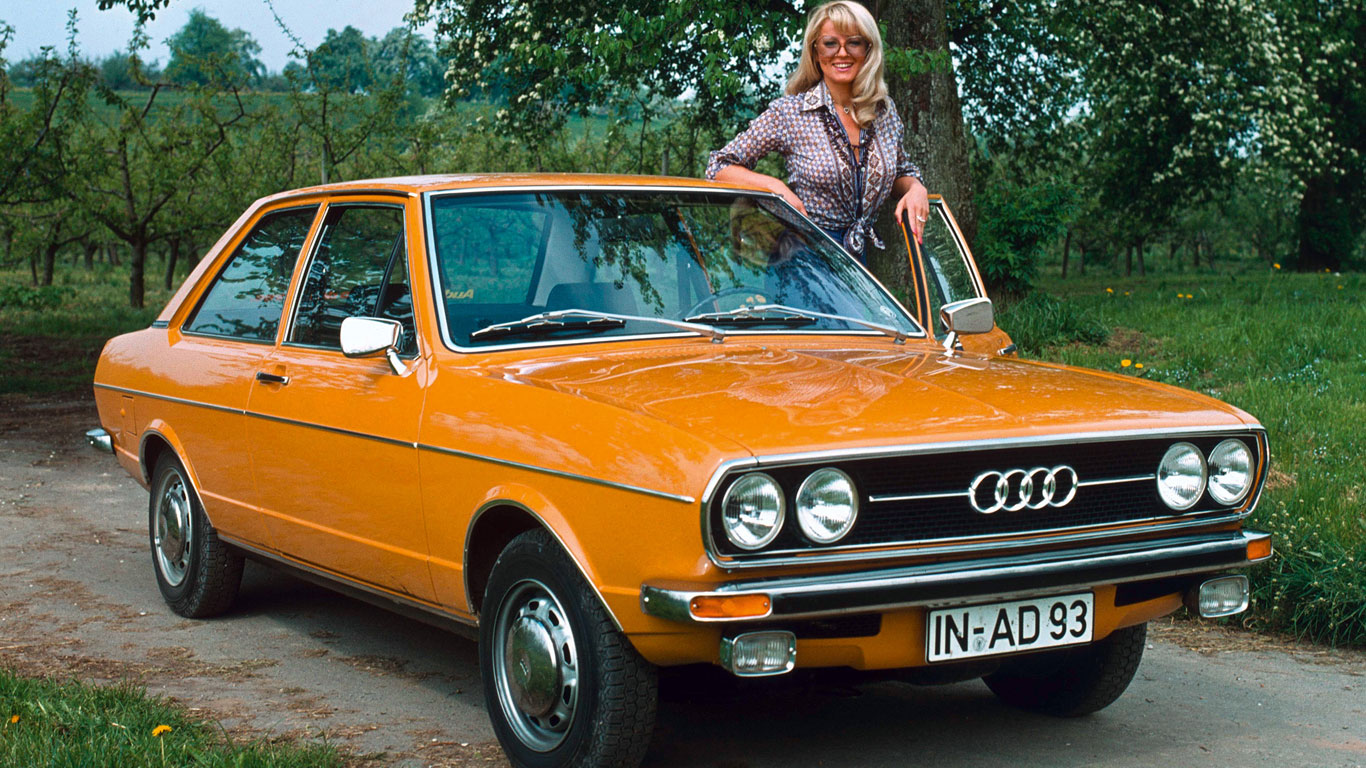
The Audi 80 is born
© AudiIn 1972, the F103 models were replaced by the Audi 80, a car good enough to scoop the European Car of the Year award. The B1 is a direct descendant of the modern Audi A4.
-
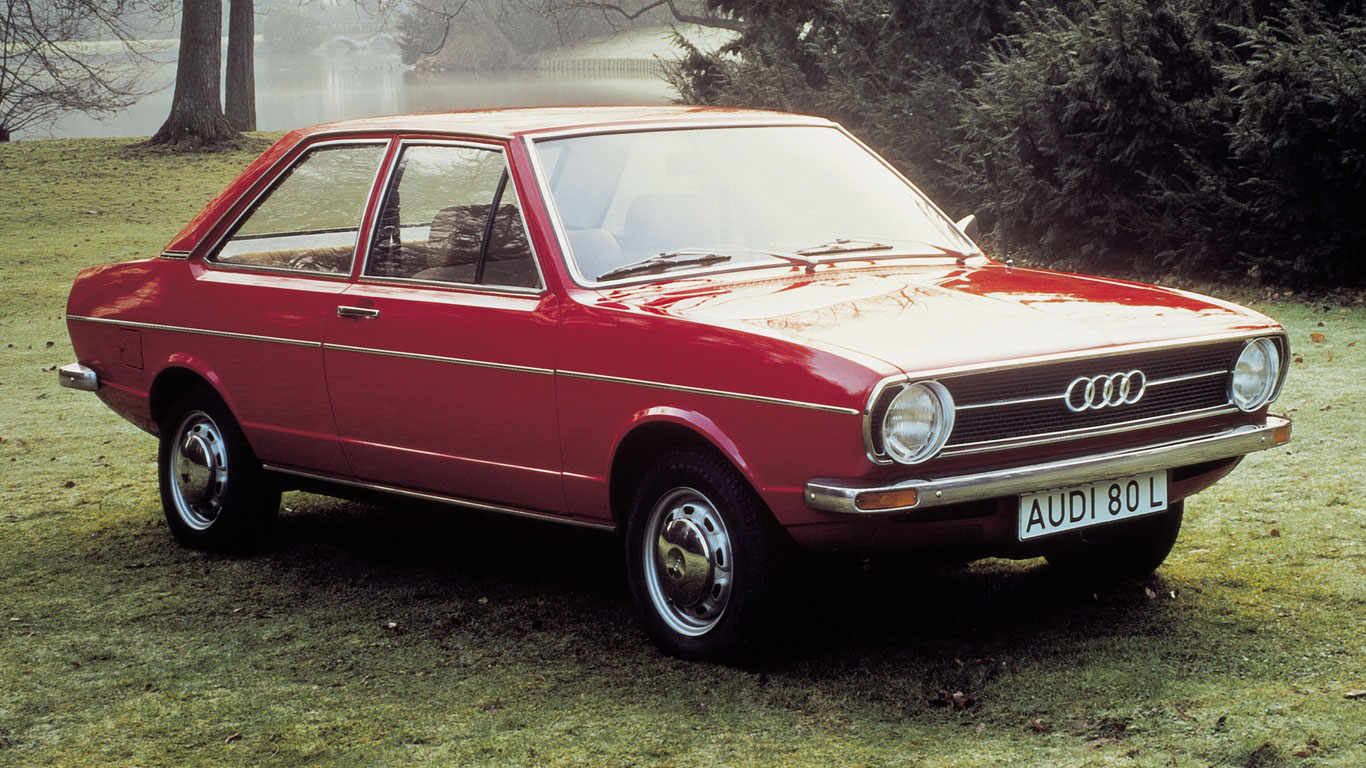
Created by Ludwig Kraus
© AudiThe Audi 80 was the creation of Ludwig Kraus, the engineer responsible for the Audi 100. It featured the EA827 engine, which went on to become the most-produced unit in the Volkswagen Group’s history.
-
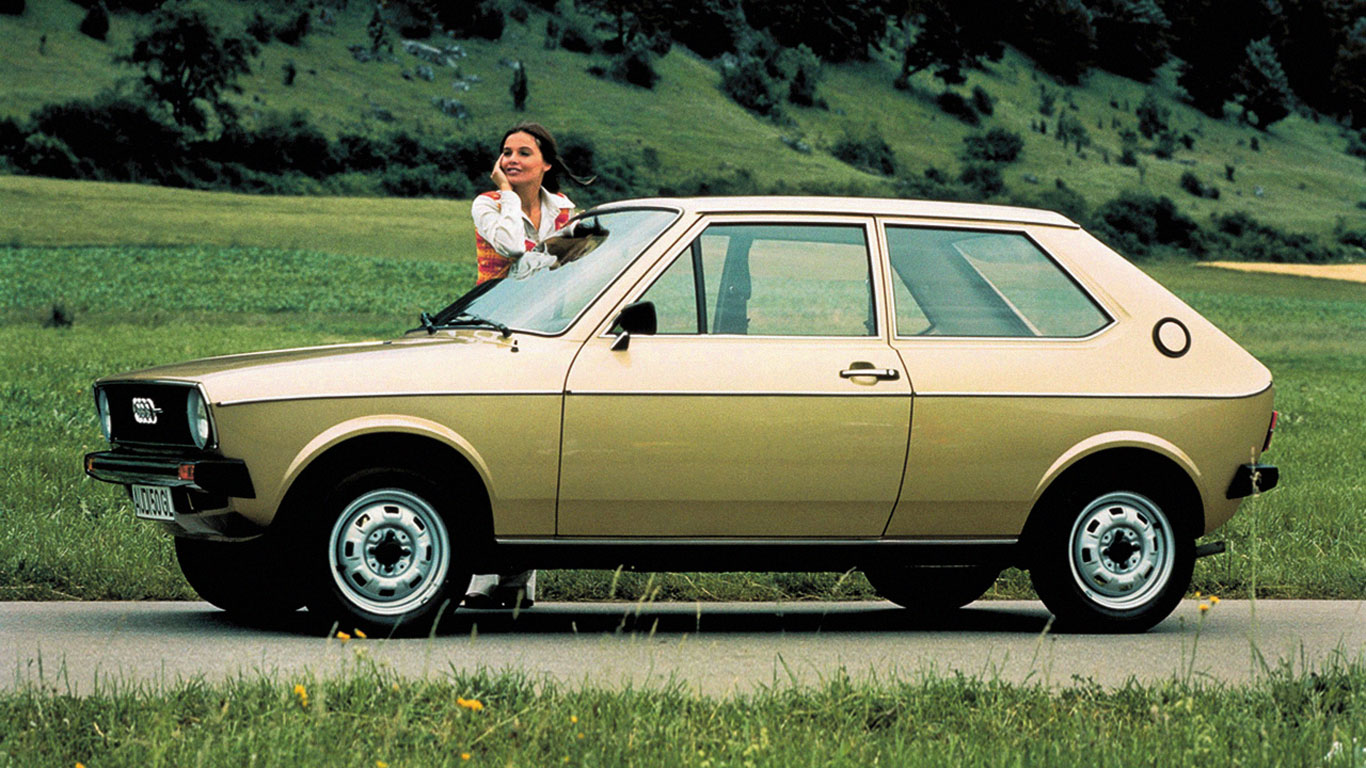
The Audi 50 of 1974
© AudiDo not adjust your set, this is indeed an Audi 50. The Volkswagen Polo version actually arrived six months later, but both were produced at the same Wolfsburg factory. It’s fair to say the Polo enjoyed greater success and it would be a while before Audi produced another small car.
-
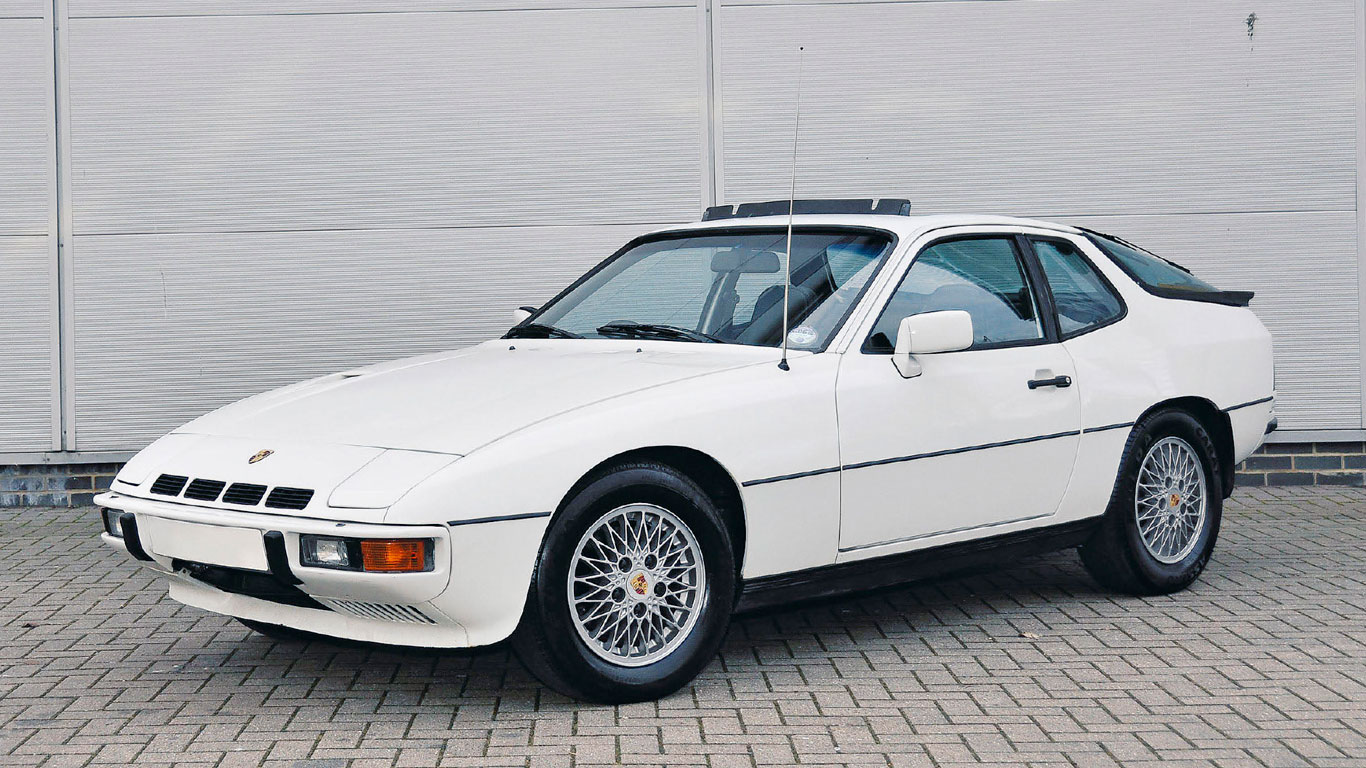
The Porsche 924
© VeloceHad things turned out differently, the Porsche 924 would have been an Audi. The EA425 was intended to be a coupe, to help Audi tackle the US market. However, the fuel crisis of 1973 prompted a change of plan at Volkswagen HQ. Fortunately, Porsche – which had co-developed the car – decided to sell it as one of its own.
-
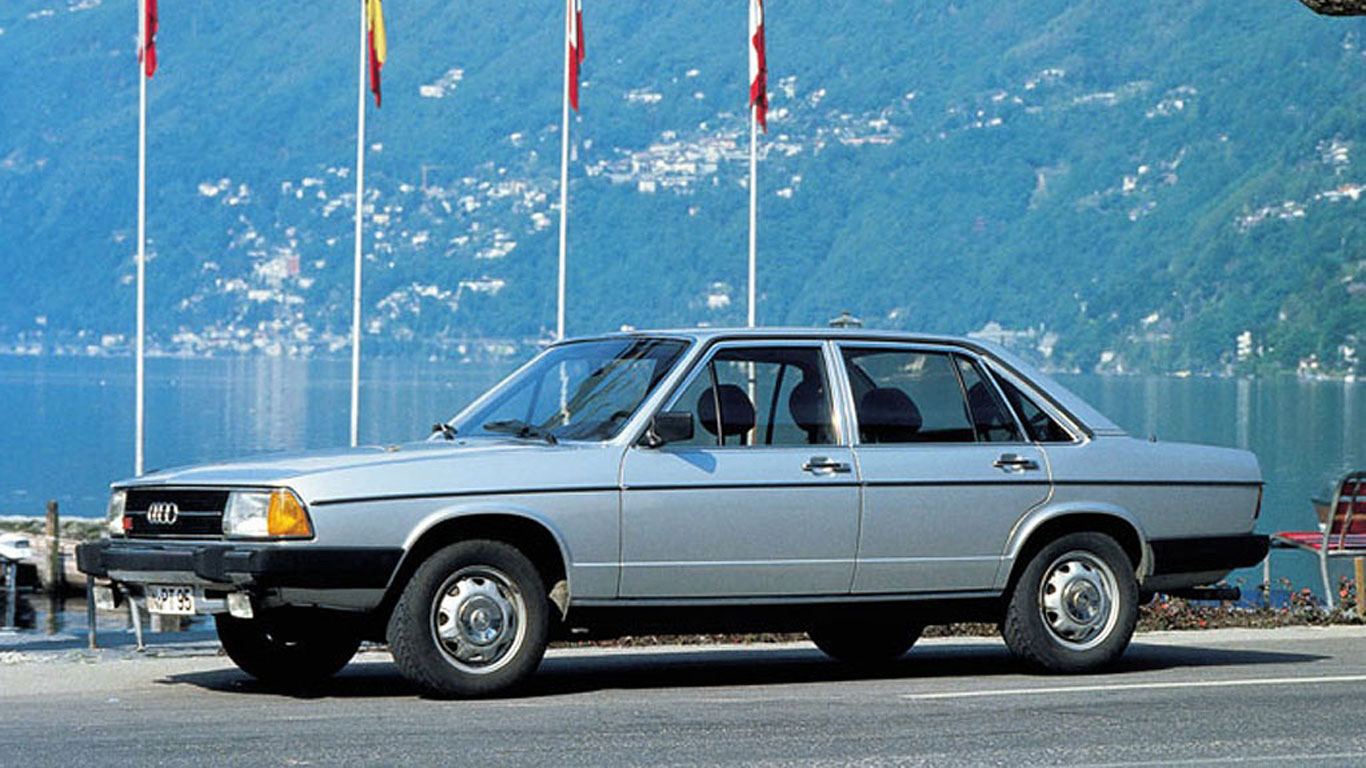
The Audi 100 of 1976
© AudiEight years after the launch of the first Audi 100, a new version was unveiled in 1976. The C2 was bigger, more refined and offered greater levels of equipment. It also boasted the world’s first five-cylinder petrol engine.
-
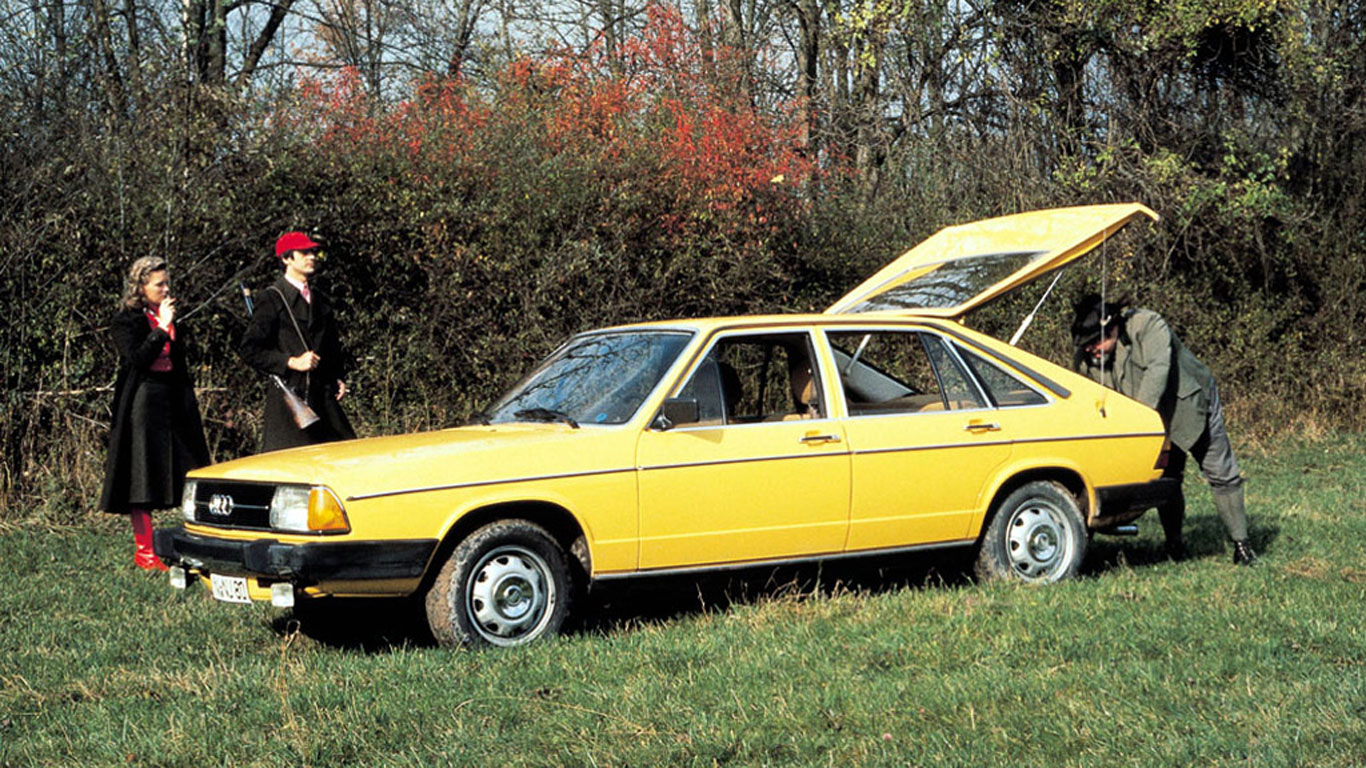
The Audi 100 Avant
© AudiSensing a change in trends, Audi introduced a five-door hatchback version in 1977. Nearly 50,000 Audi 100 Avants would be sold between 1977 and 1982.
-
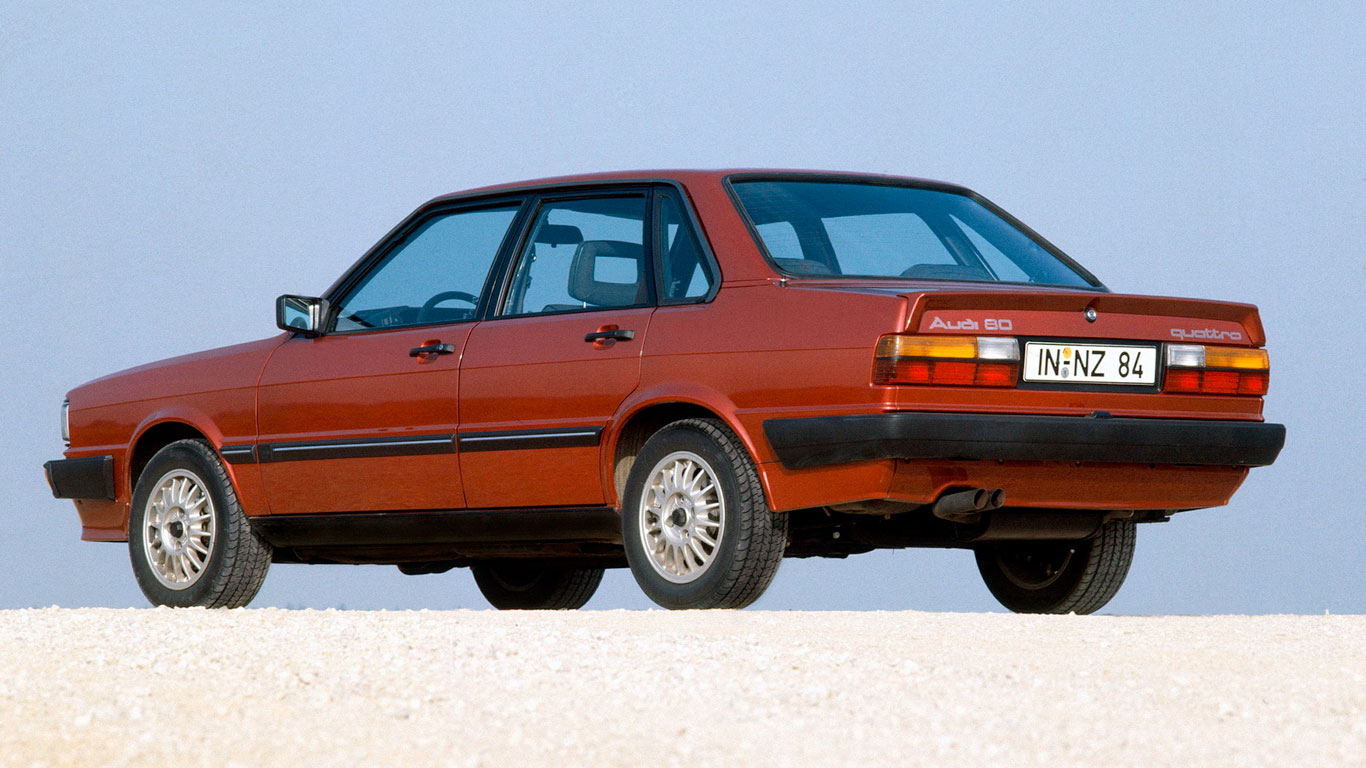
The new Audi 80 of 1978
© AudiNow this was a good looking car. The B2-generation Audi 80 was introduced in 1978 and catapulted Audi into the premium compact saloon sector. For the first time, Quattro four-wheel drive was available as an option.
-
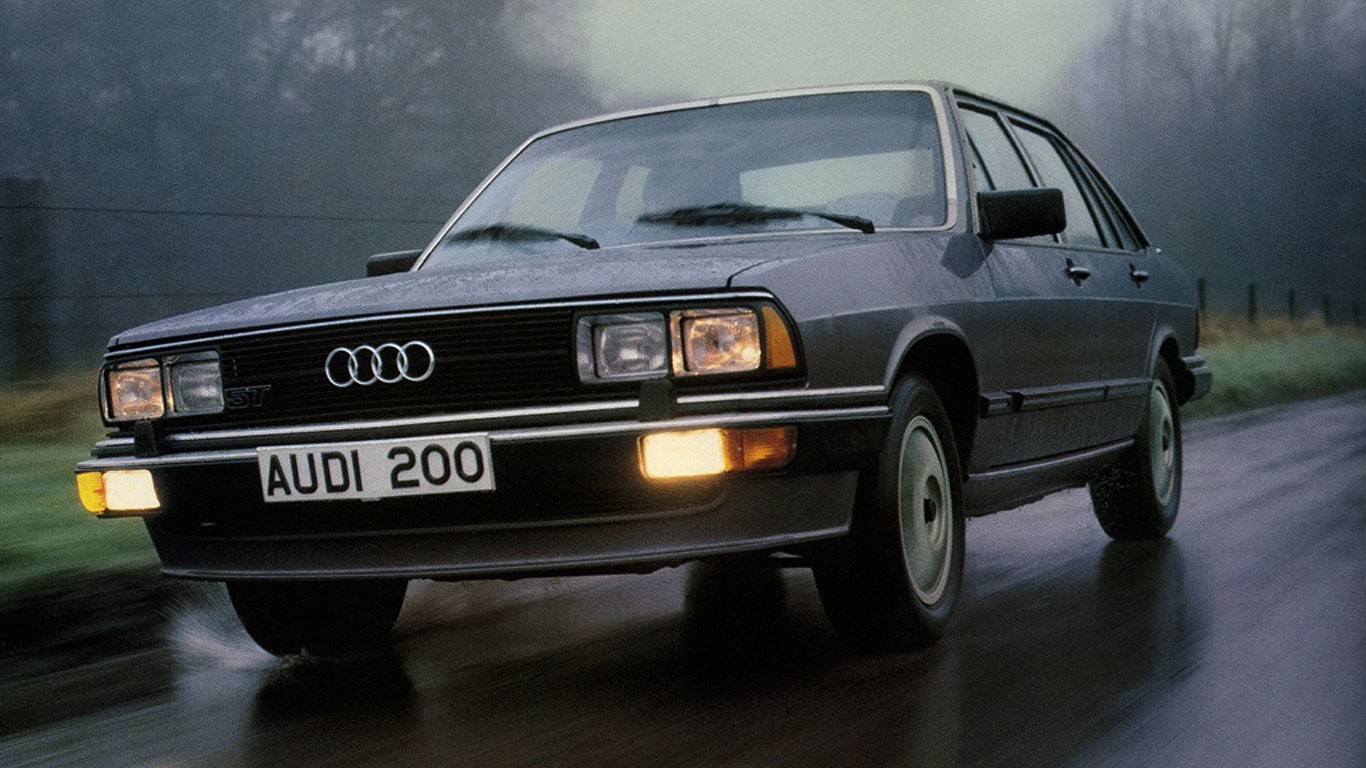
The Audi 200
© AudiAudi was pushing more and more upmarket. The Audi 200 of 1979 may not have been a sales phenomenon, but it represented the brand’s first step on the luxury car ladder. It was also the first Audi offered with a turbocharged engine.
-
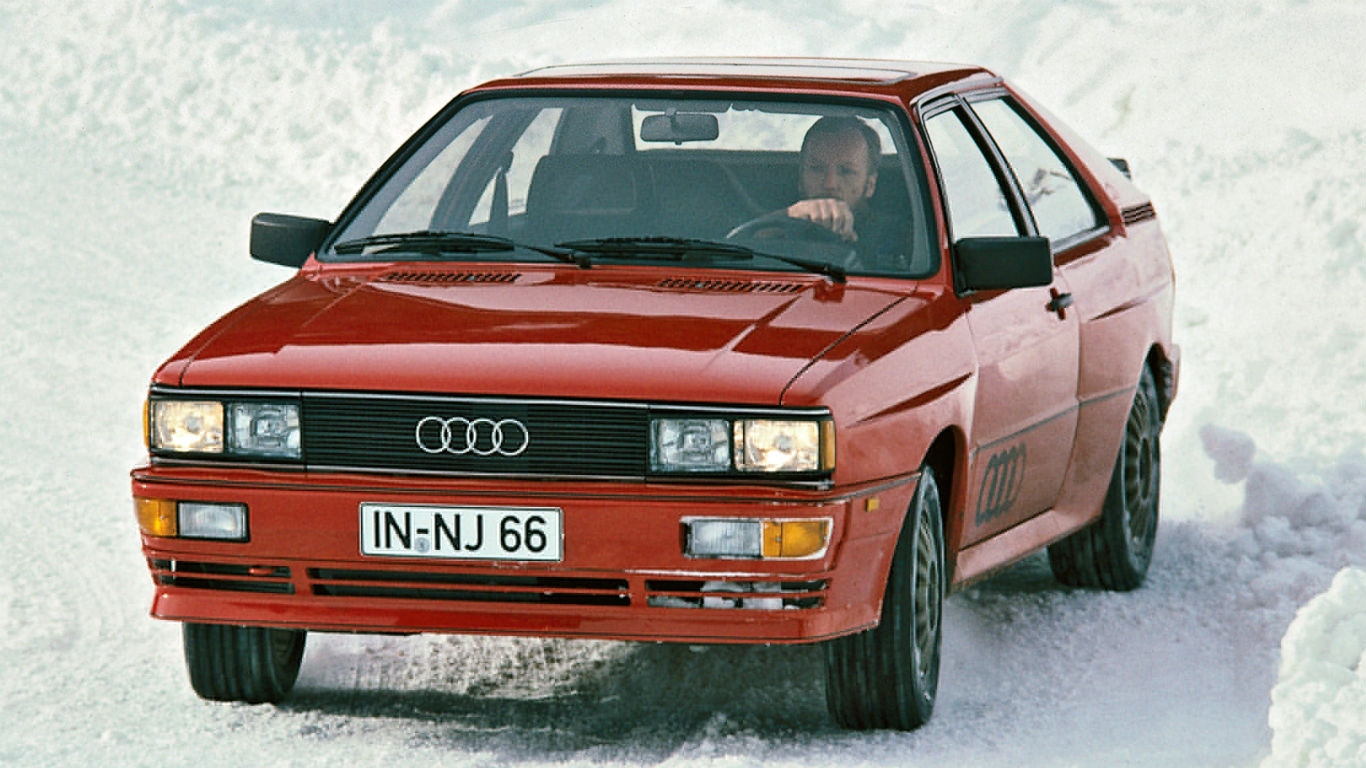
Audi in the 1980s
© AudiThe 1980s was the decade in which Audi finally broke into the mainstream. Be it on tarmac, a gravel track or the factory floor, Audi was about to experience a revolution.
-
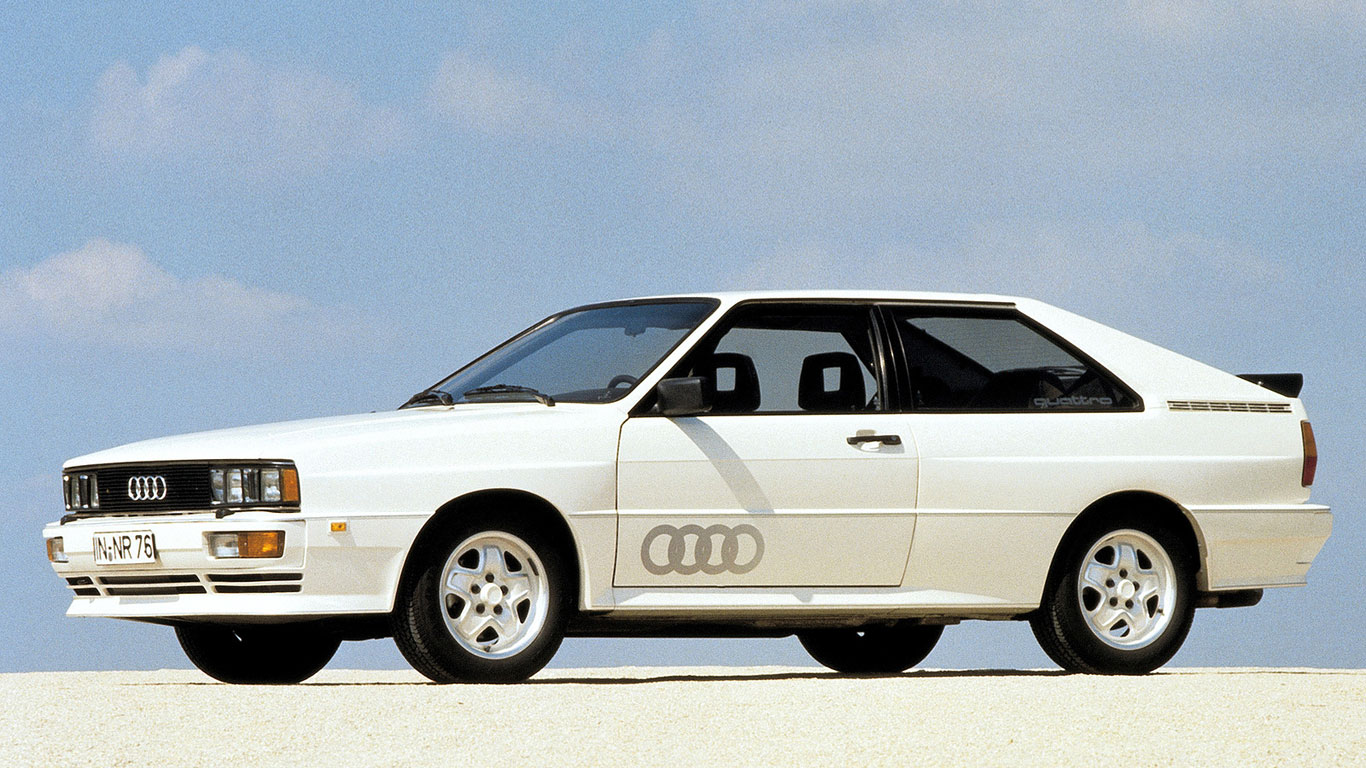
The Audi Quattro
© AudiAudi kicked things off with the Quattro: the world’s first mass-produced four-wheel-drive performance car. The Jenson Interceptor is credited as getting there first, but Audi took the technology to the masses. The first UK cars were left-hand-drive only, but right-hand-drive models were available in 1982.
-
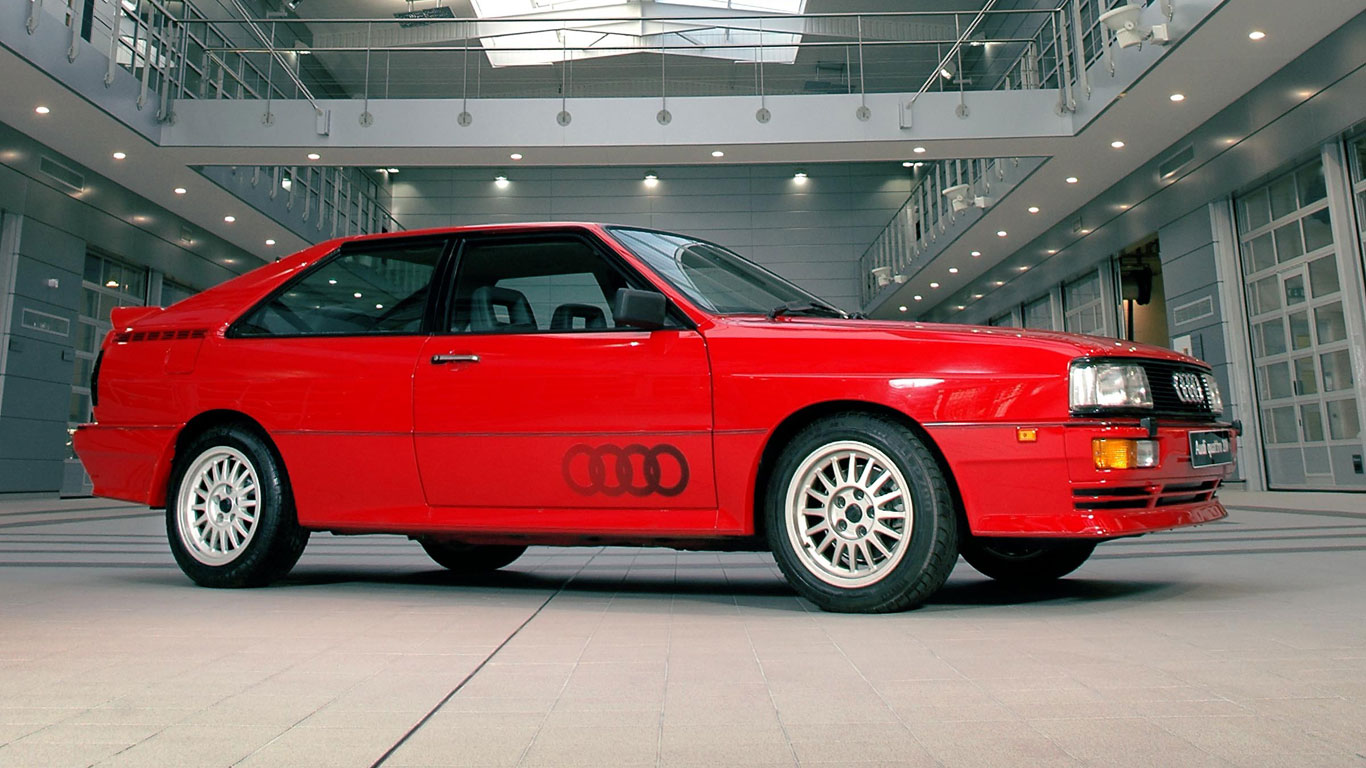
The Audi Quattro
© AudiThe Audi Quattro lived on until 1991, by which time some 11,452 had been produced. It proved to be massively popular in the UK, which kept it in production long after it was scheduled to be removed from sale.
-
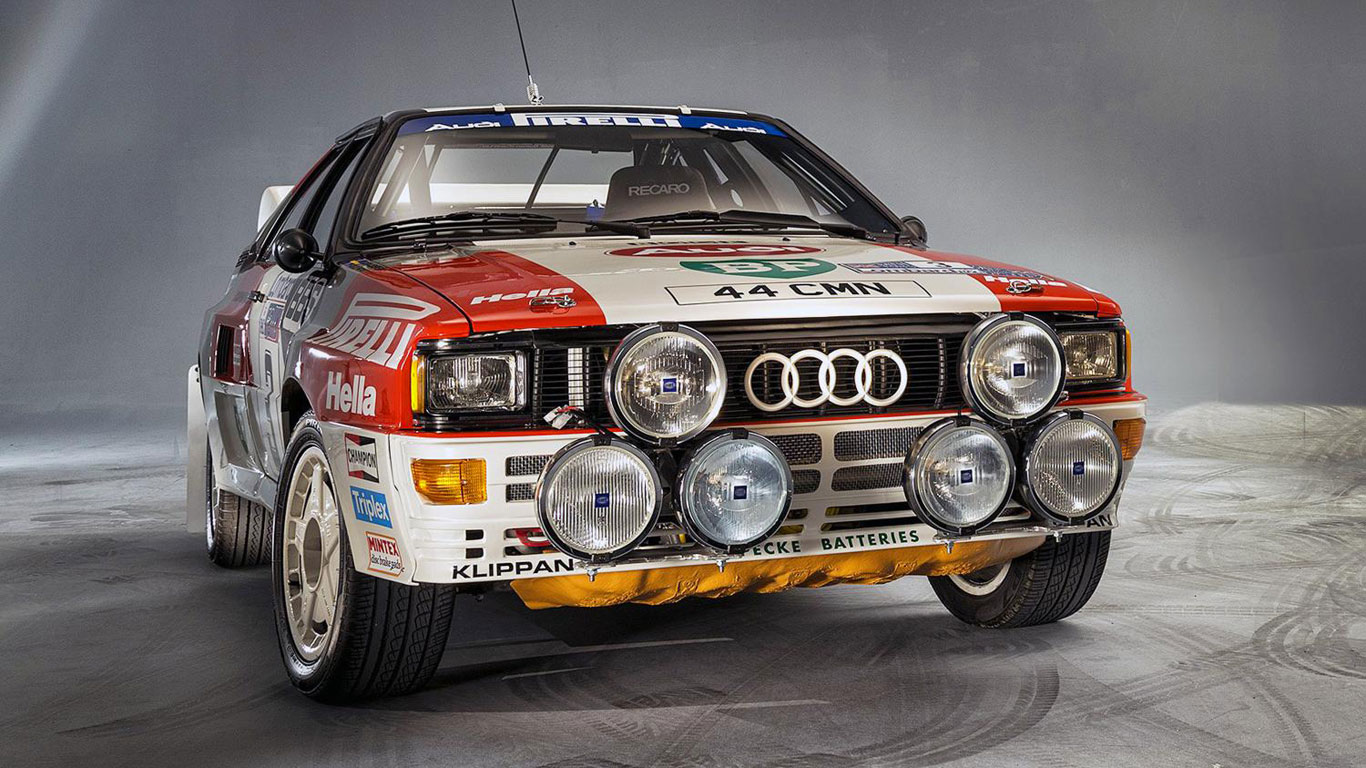
Audi Quattro in motorsport
© AudiThe Audi Quattro dominated the rally calendar, winning the WRC title in 1982, 1983 and 1984. Meanwhile, in 1981, Michele Mouton became the first woman to win a World Rally Championship event, with victory at the San Remo rally.
-
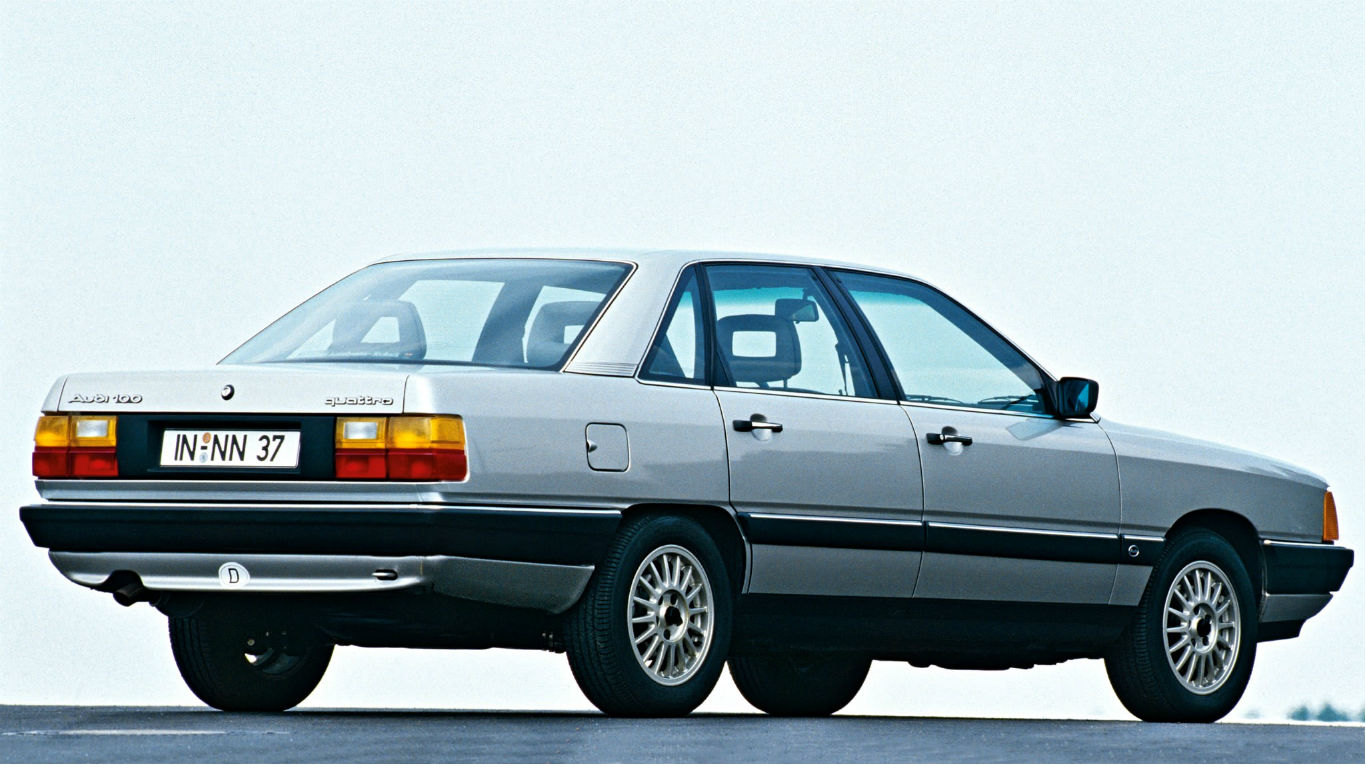
The all-new Audi 100
© AudiMeanwhile, in the real world, the Audi 100 was also proving quite the game-changer. Launched in 1982, the 100 would live on until 1990, by which time some 1,097,977 units had been produced.
-
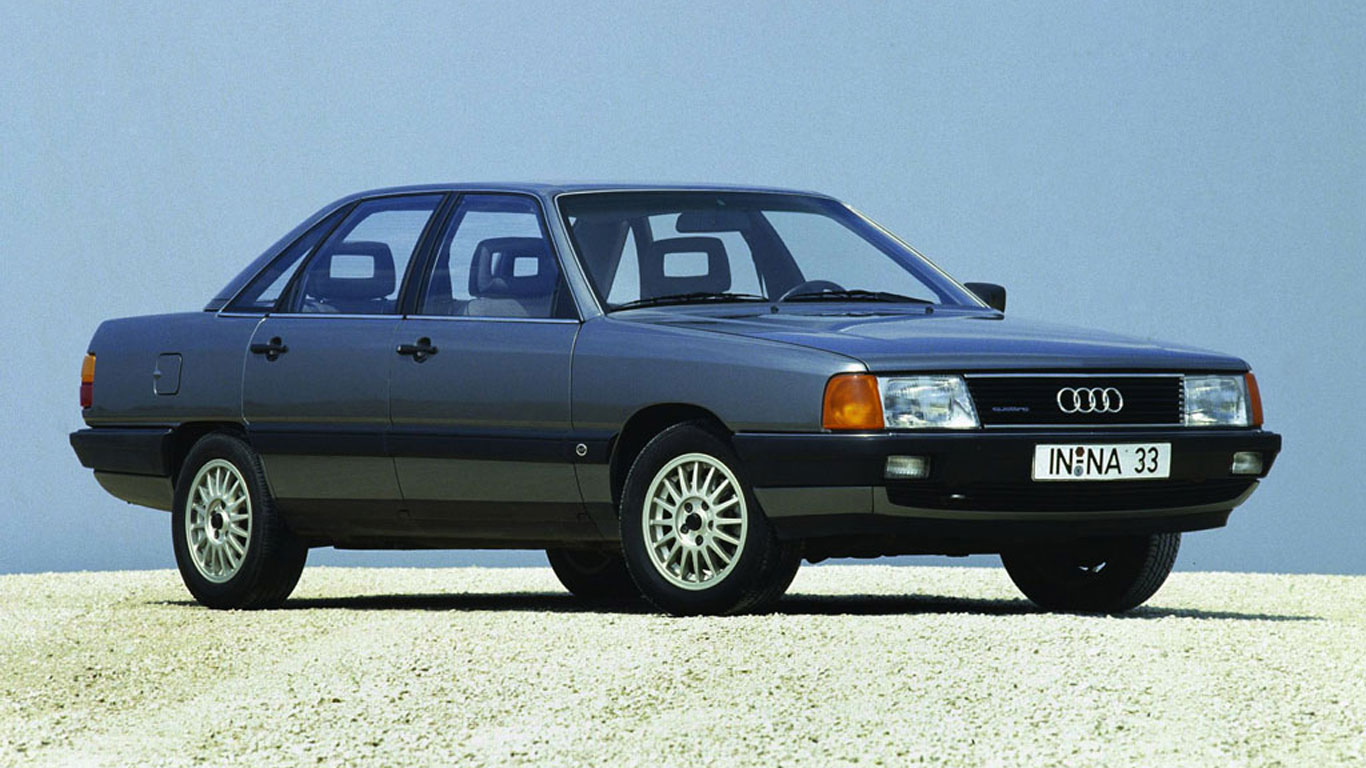
Aerodynamic and lightweight
© AudiIn its day, the Audi 100 was the most aerodynamic production car in the world, with a drag coefficient of just 0.30Cd. This was partly thanks to the flush glazing, itself a first on a production car. Avant models featured a massive boot, too.
-
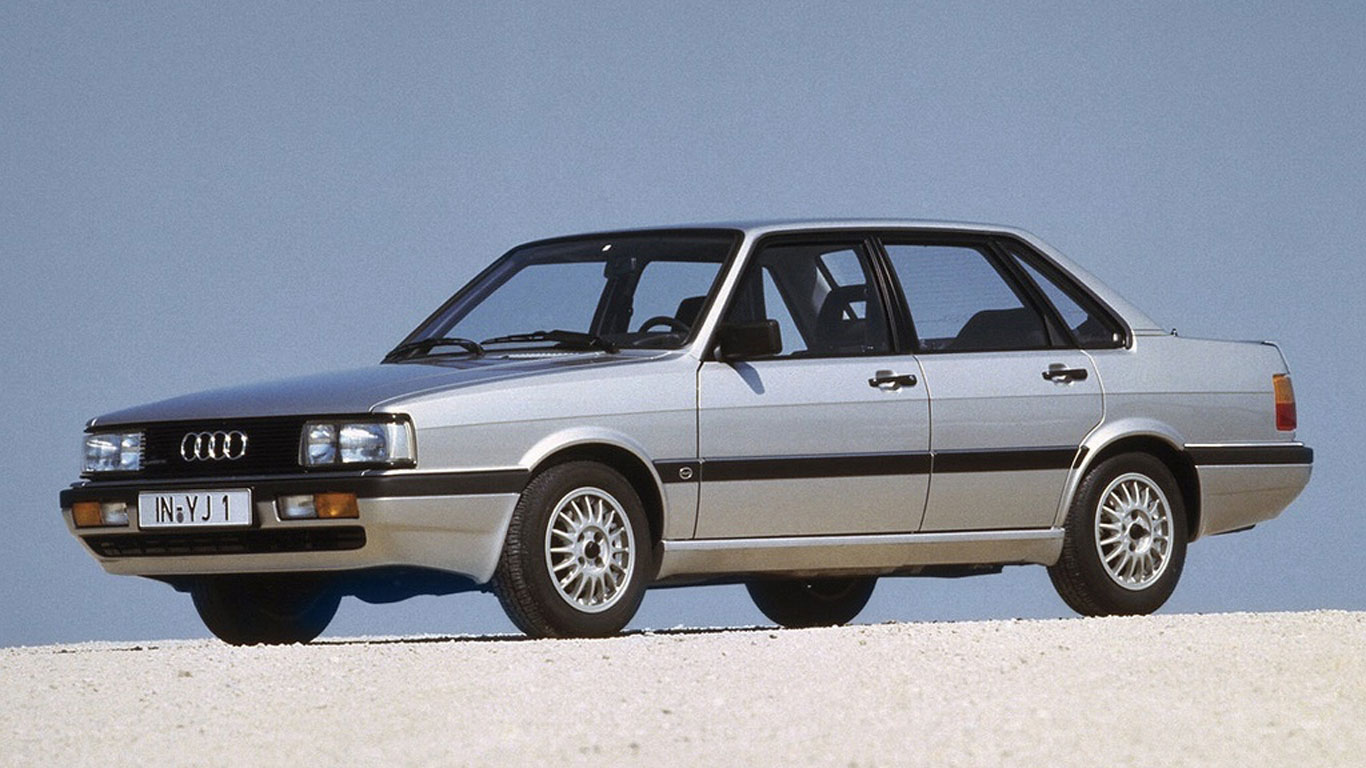
The Audi 90
© AudiHaving enjoyed some success with the 200 – a more upmarket version of the 100 – Audi launched the 90 in 1984. Available with more powerful five-cylinder engines and the option of Quattro all-wheel drive, the 90 lived on until 1987, by which time nearly 130,000 had been sold.
-
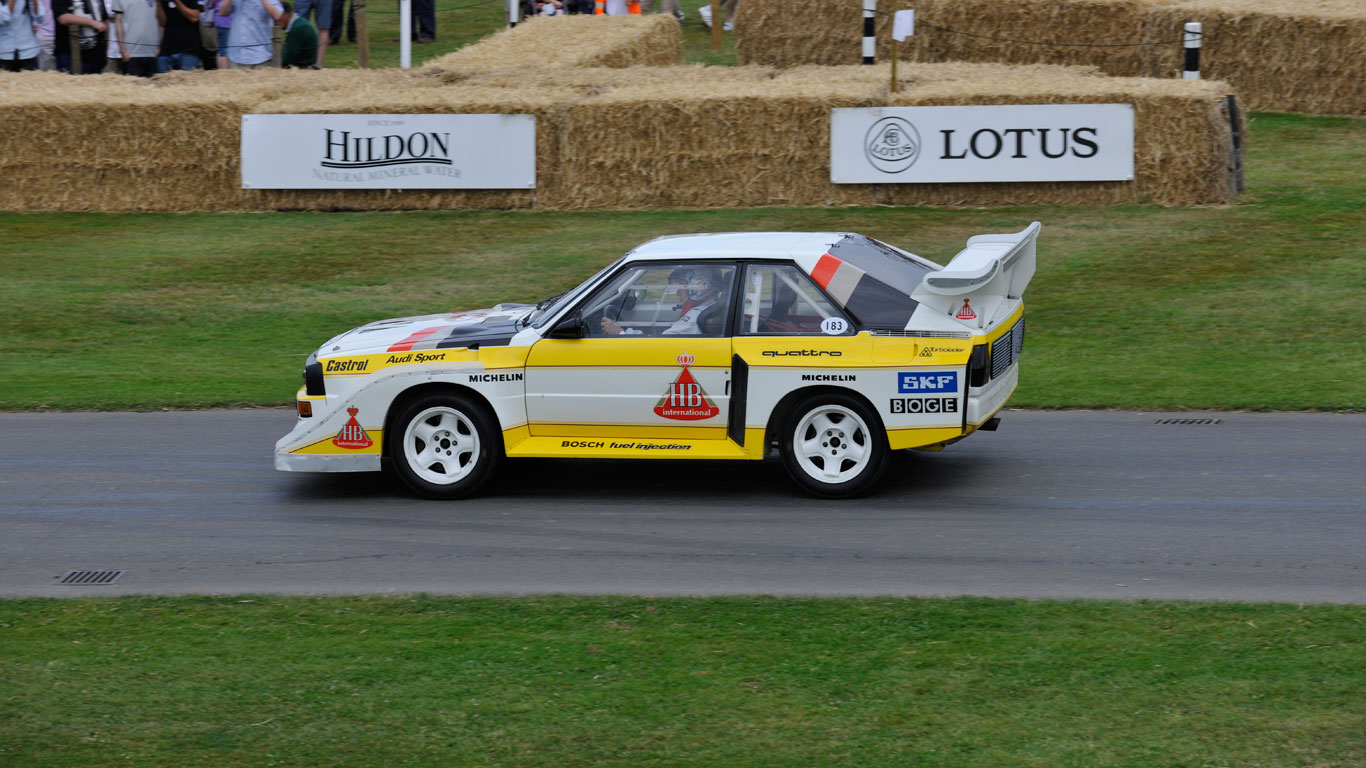
Audi Sport Quattro
© GoodwoodThe Audi Sport quattro was a road-going version of the mighty WRC Quattro, built to satisfy homologation rules. Just over 200 were produced and it featured a shortened wheelbase to help it tame the world’s rally stages.
-
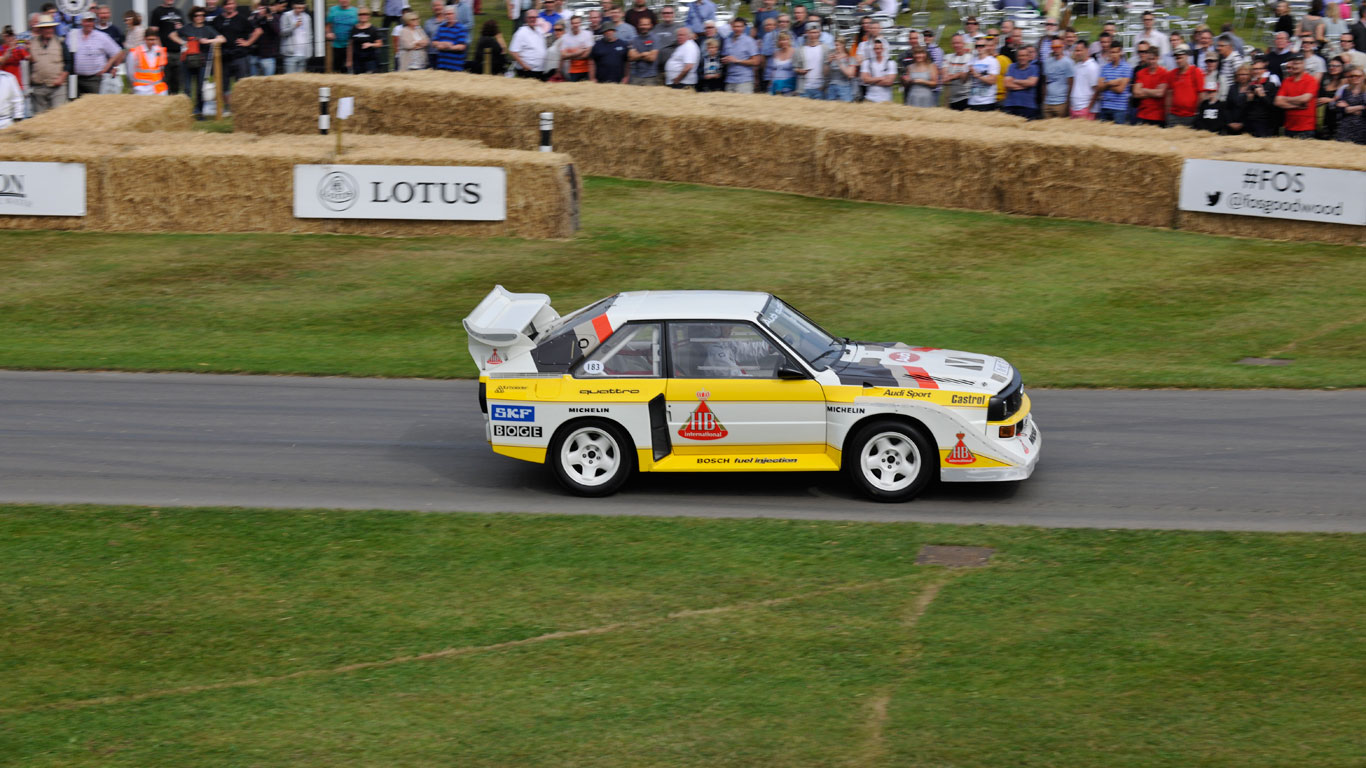
Audi Sport Quattro
© GoodwoodThe engine also shrank, allowing the turbocharged unit to slip into the 3.0-litre class. Stig Blomqvist drove a Sport Quattro to the drivers’ and constructors’ championship in 1984.
-
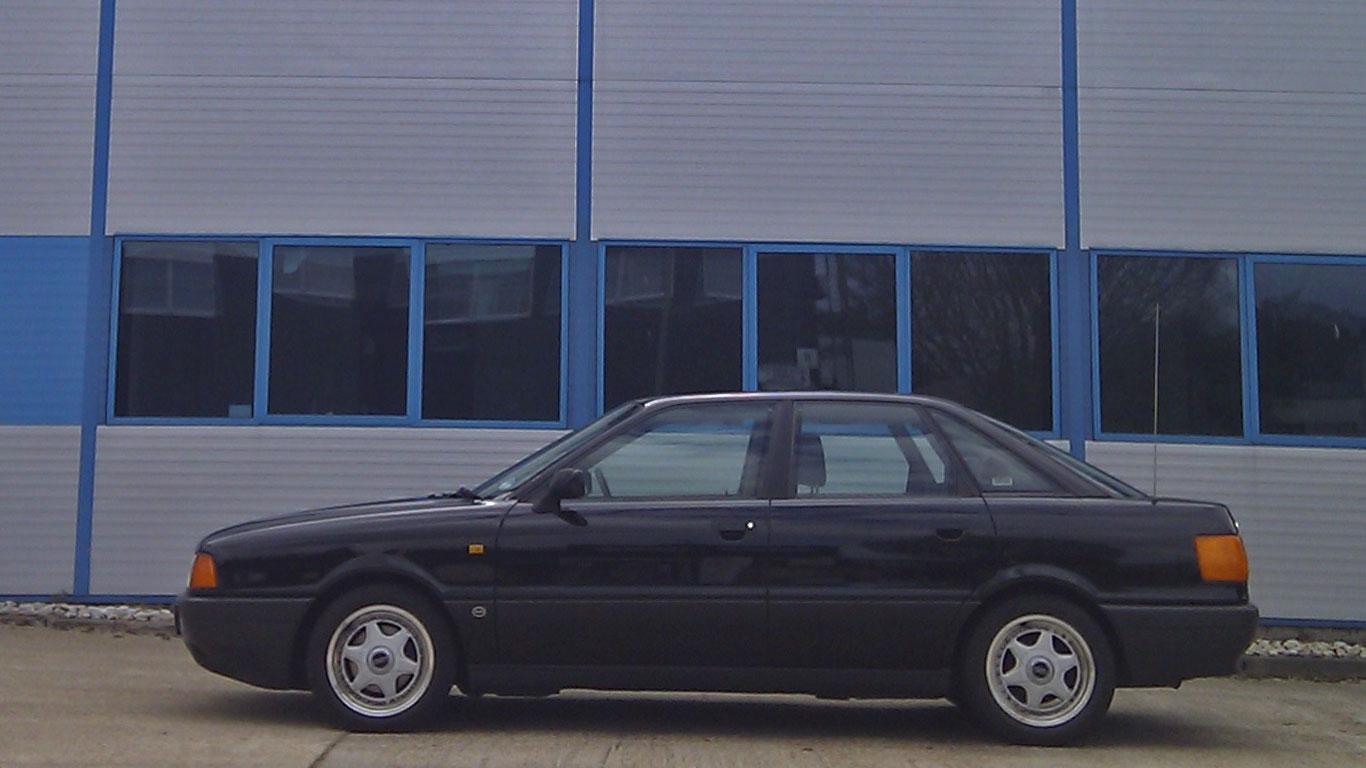
The Audi 80 and 90 of 1986
© PetrolBlogIt was all-change again in 1986, as Audi introduced the third generation 80, codenamed the B3. The new 80 was more aerodynamic than the car it replaced, but lacked the sparkle offered by other cars in the sector. That said, it was incredibly well built. It was revised again in 1991 before bowing out in 1996, by which time the A4 had been launched.
-
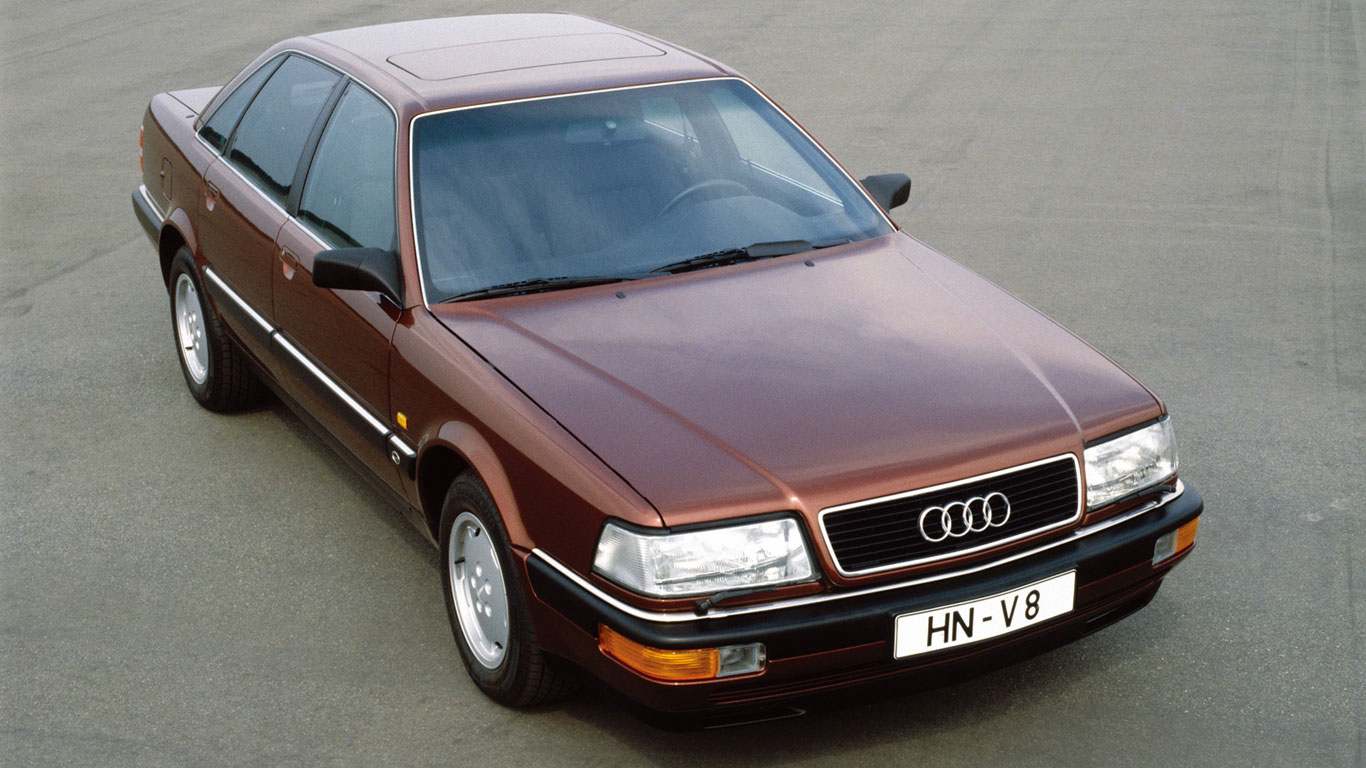
The Audi V8 of 1988
© AudiA slow-seller it may have been, but the Audi V8 laid the foundations for the future A8. The 3.6-litre 32-valve engine was formed by fusing two 1.8-litre Golf GTI engines together, giving it a total output of 250hp. A 4.2-litre version arrived in 1992.
-
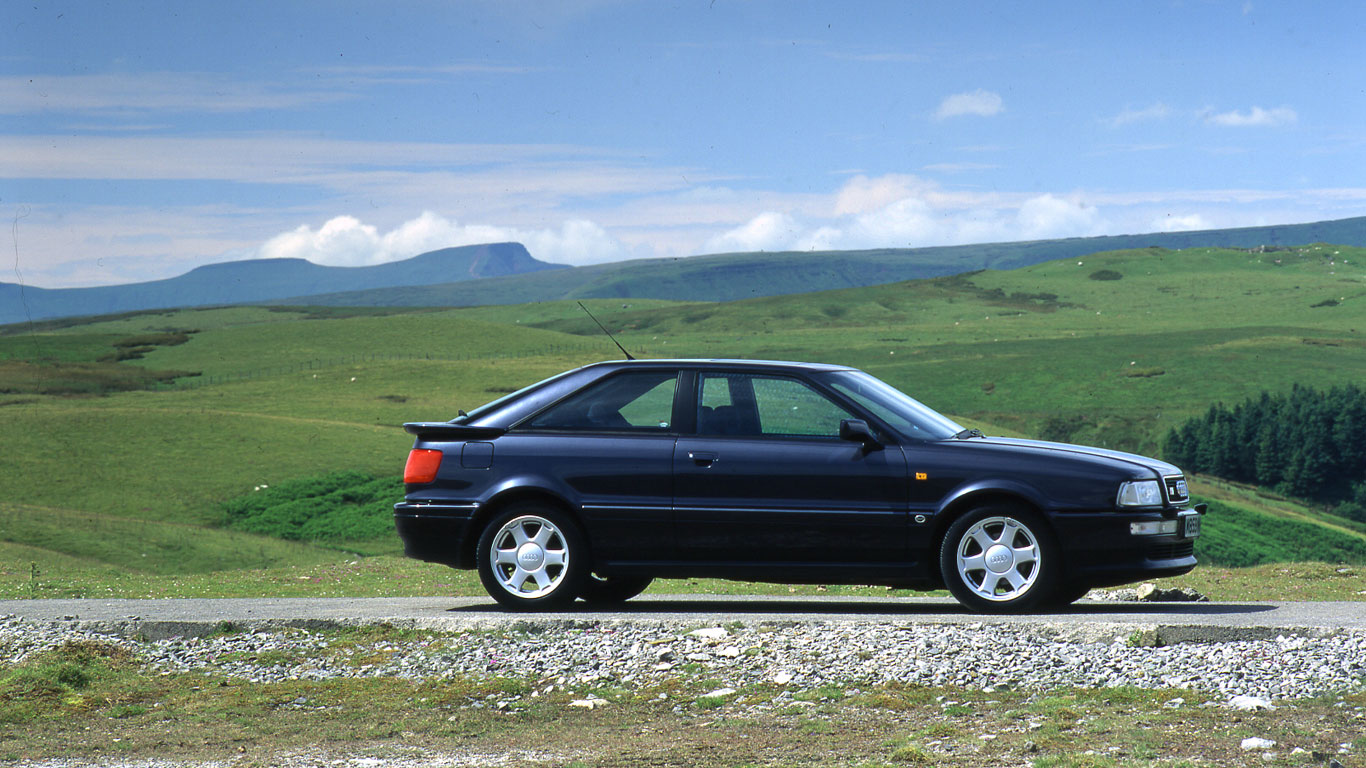
Audi Coupe of 1988
© AudiAlso in 1988, Audi introduced the new three-door Coupe, which featured the same galvanised body found on the 80 and 90. It would spawn the powerful and highly sought-after S2 version.
-
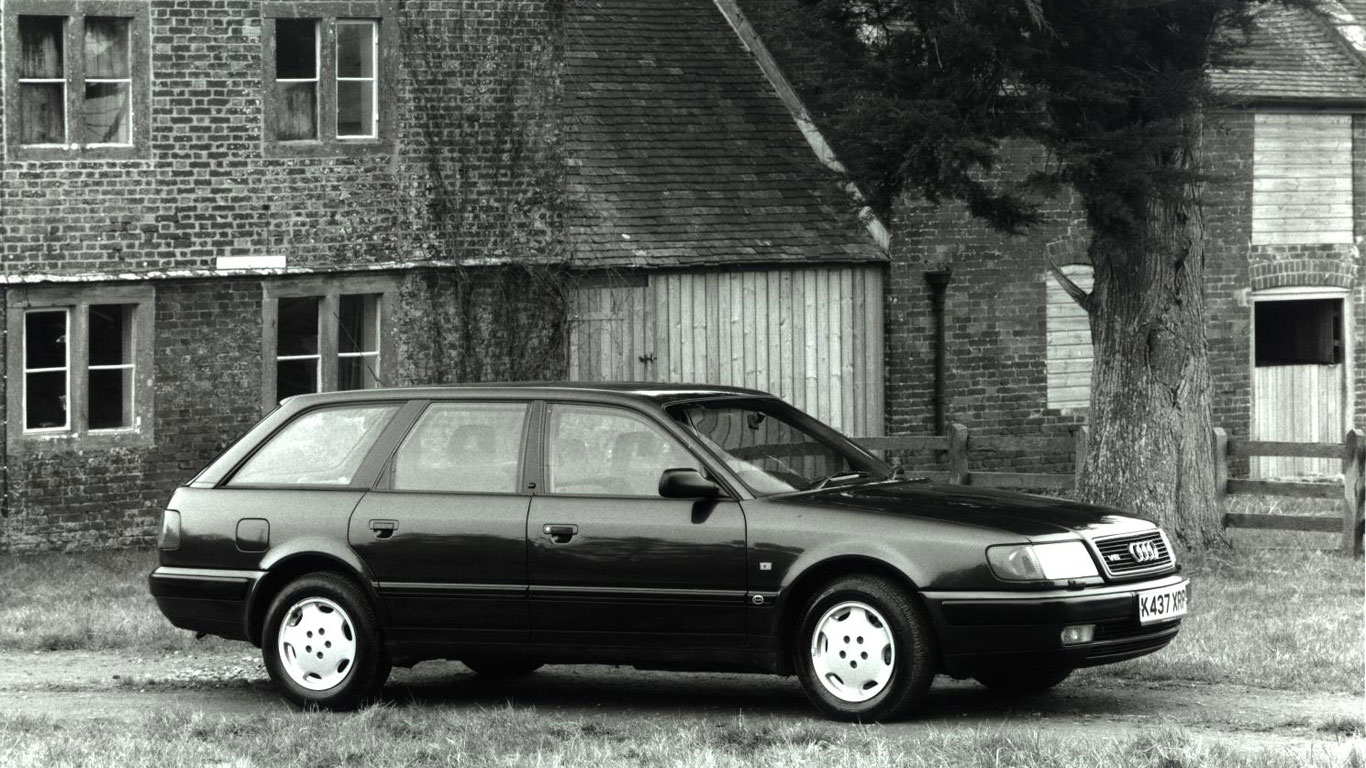
New Audi 100
© AudiAudi kicked off the 1990s with the launch of yet another 100, which for the first time featured a 2.8-litre V6 engine. Five years later, in 1995, the 100 became the A6 and the rest is history.
-
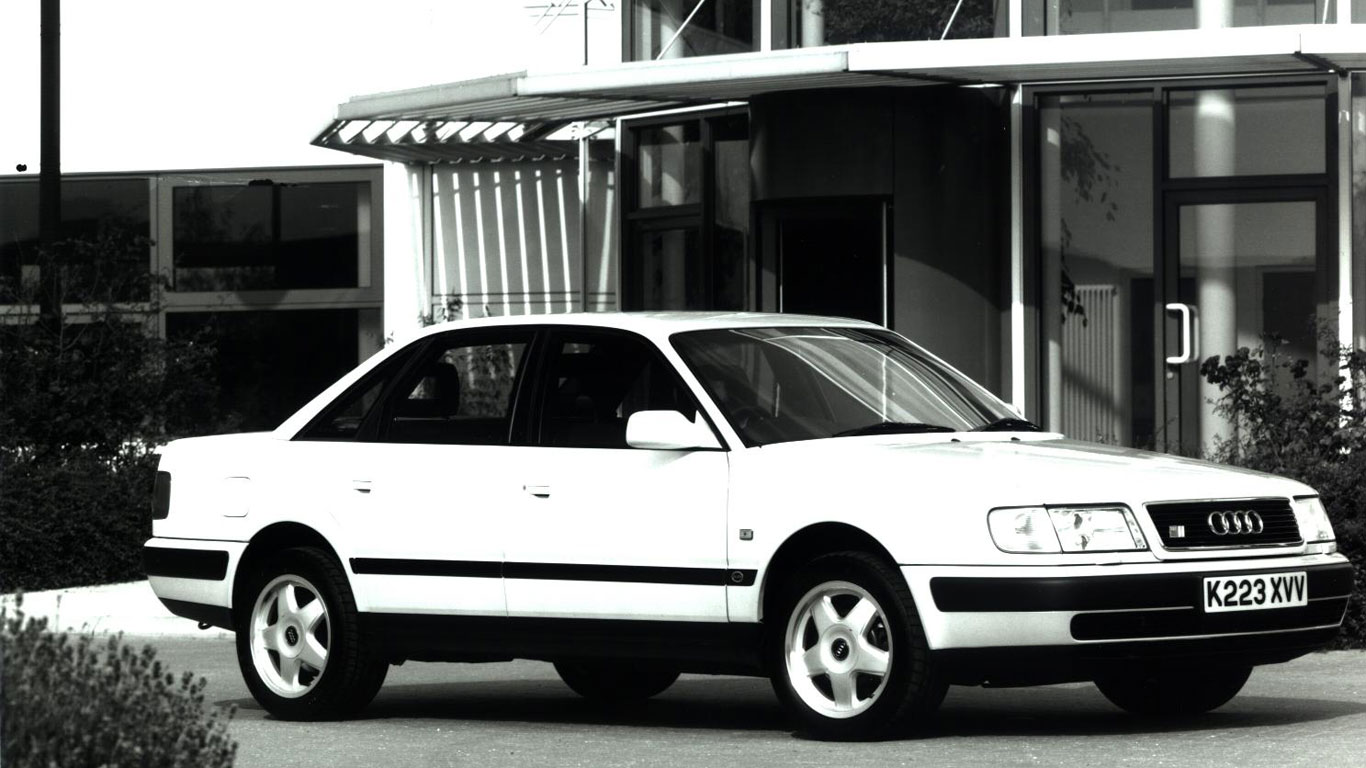
Debut of the Audi S4
© AudiThe performance S4 can trace its roots back to 1991, when the badge first appeared on the Audi 100. Essentially, it was a replacement for the old 200 model. Initially offered with a 2.2-litre five-cylinder engine, it later came with a 4.2-litre V8. When the 100 became the A6, the S4 became the S6. Keeping up?
-
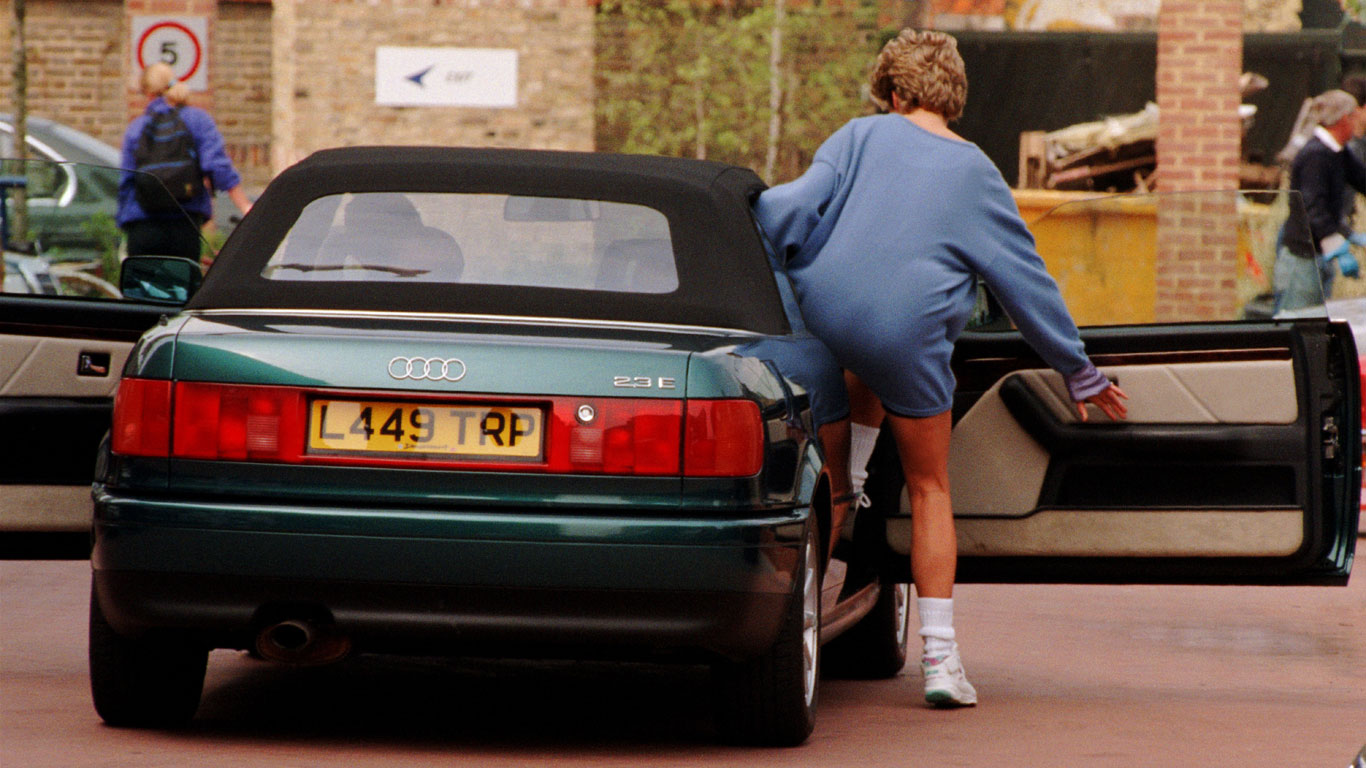
Good enough for a Princess
© Rex FeaturesThe terribly handsome and evergreen Audi Cabriolet arrived in 1990. It was the first time Audi had offered a soft-top and it featured a reinforced windscreen for roll-over production. Princess Diana was so impressed, she bought one.
-
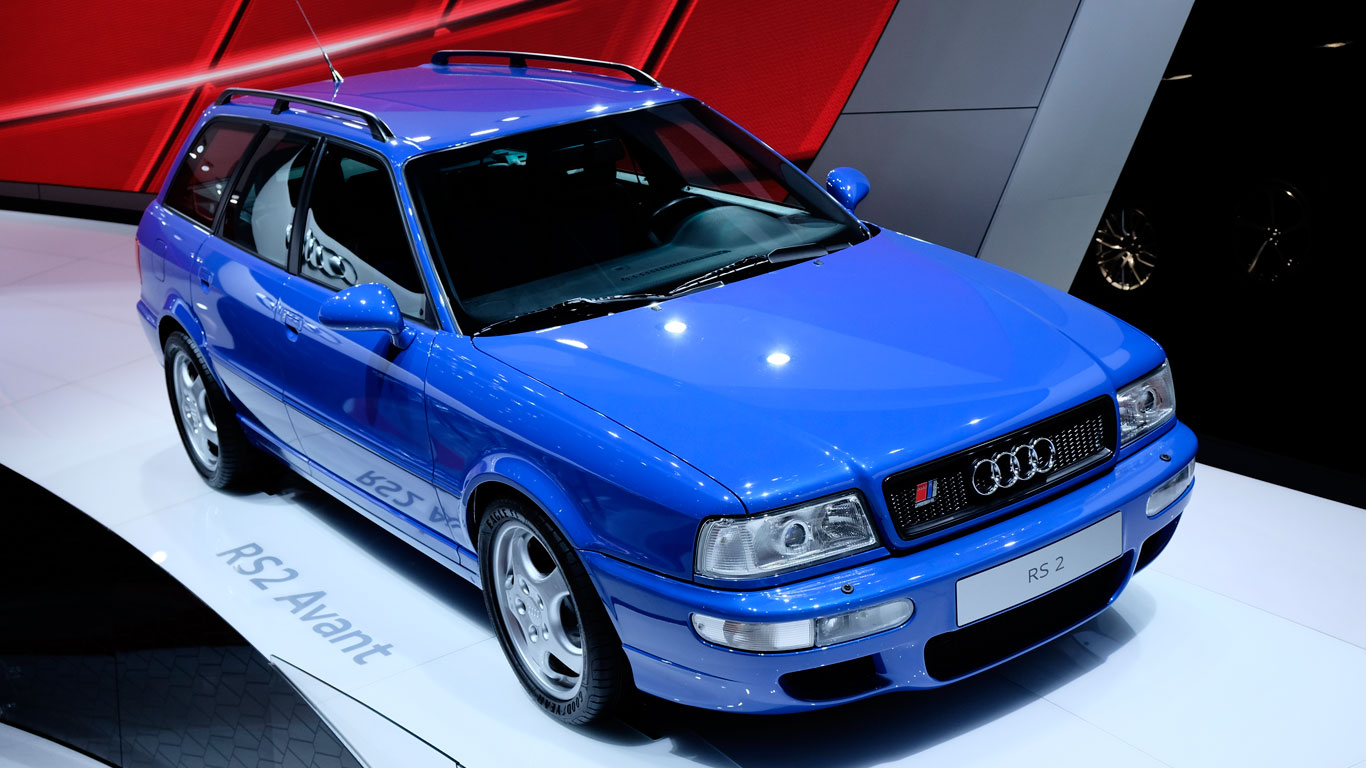
The Porsche-engineered Audi RS2
© NewspressHere is a proper legend, and a classic in its own lifetime. The Porsche-engineered and assembled RS2 featured a 315hp five-cylinder engine, uprated suspension and Porsche-branded Brembo brakes. Top speed was a dizzying 163mph and it was the first Audi to wear the fabled RS badge. Only 180 right-hand-drive versions were made.
-
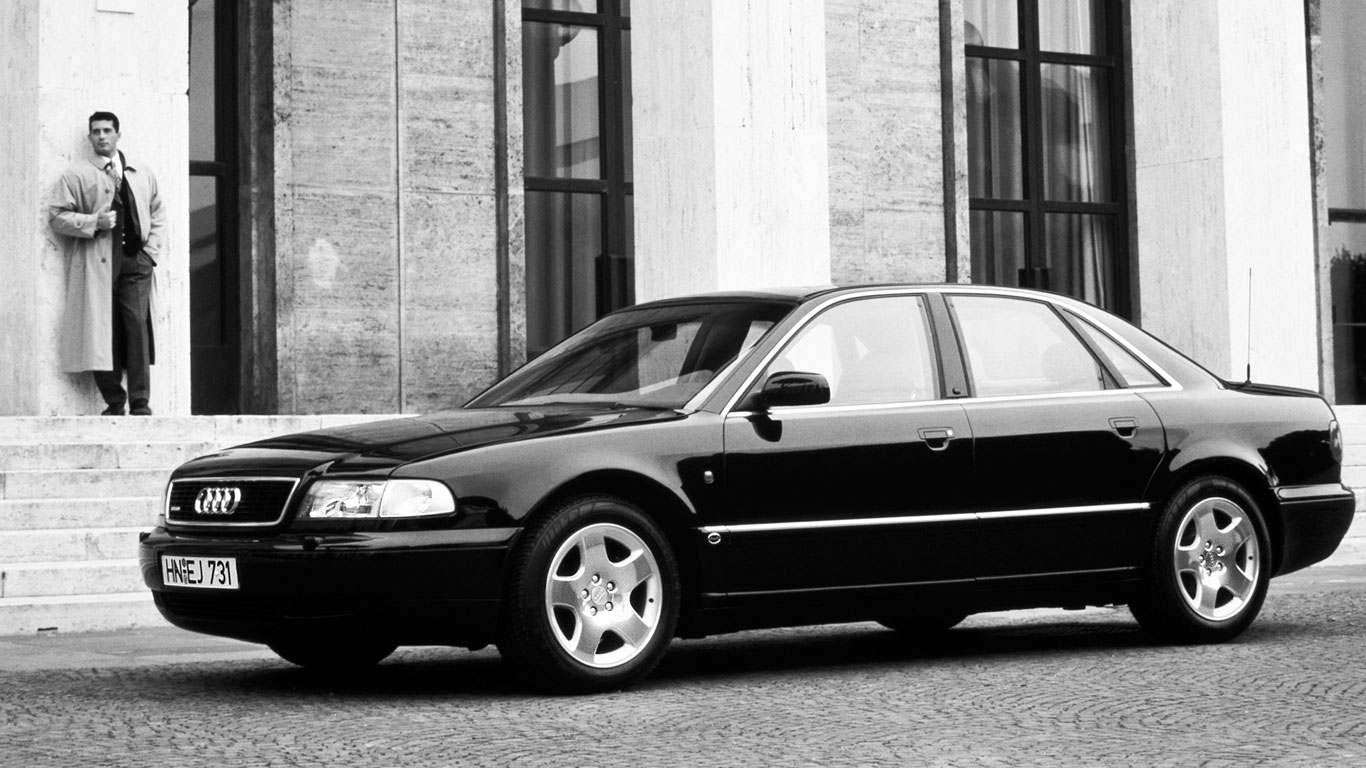
The aluminium Audi A8
© AudiAnother groundbreaking Audi, this time in the shape of the aluminium-bodied A8. Developed over a decade, the A8 launched in 1994 and immediately propelled Audi into the upper echelons of the luxury car market.
-
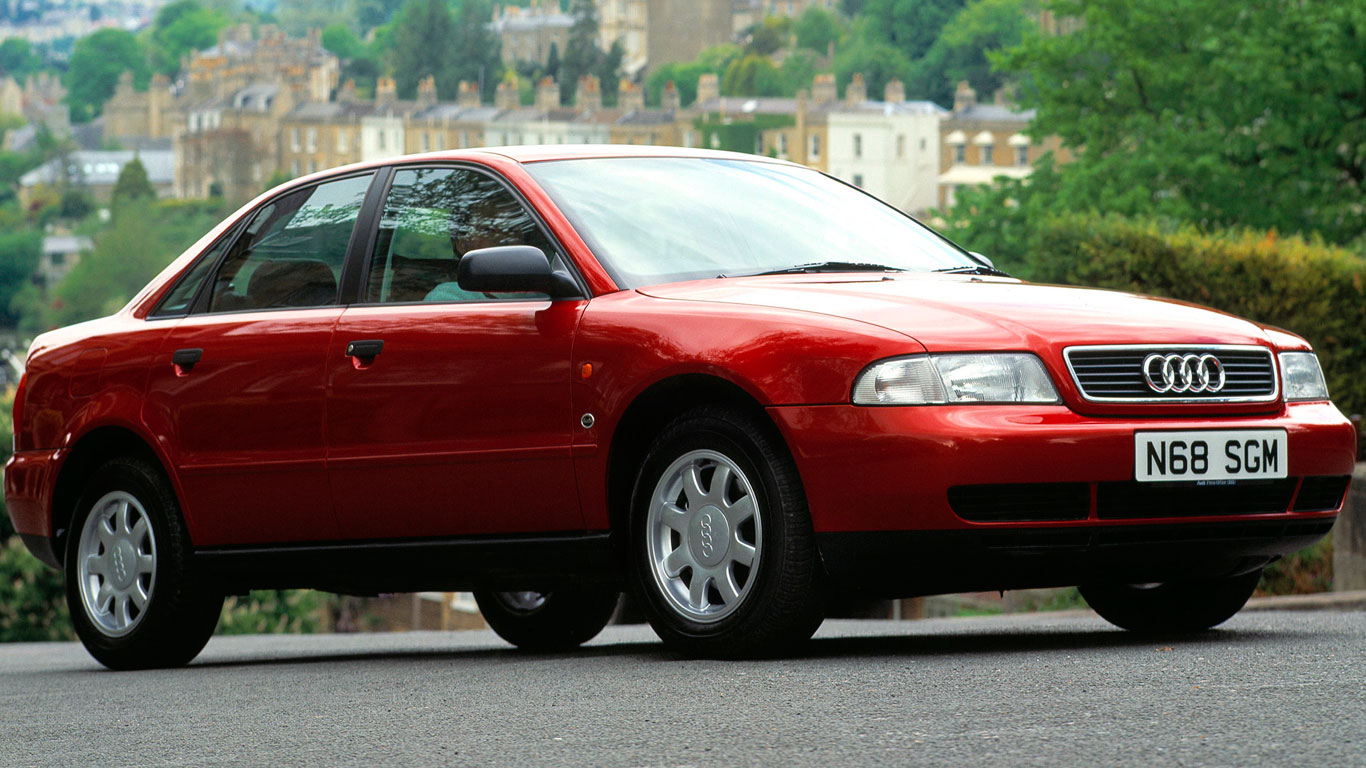
The birth of the Audi A4
© AudiNobody could have predicted quite how successful the Audi A4 would be. Going head-to-head with the BMW 3 Series and Mercedes C-Class wouldn’t be easy, but over time the A4 matured and evolved into a class act. The first A4 was built in 1994.
-
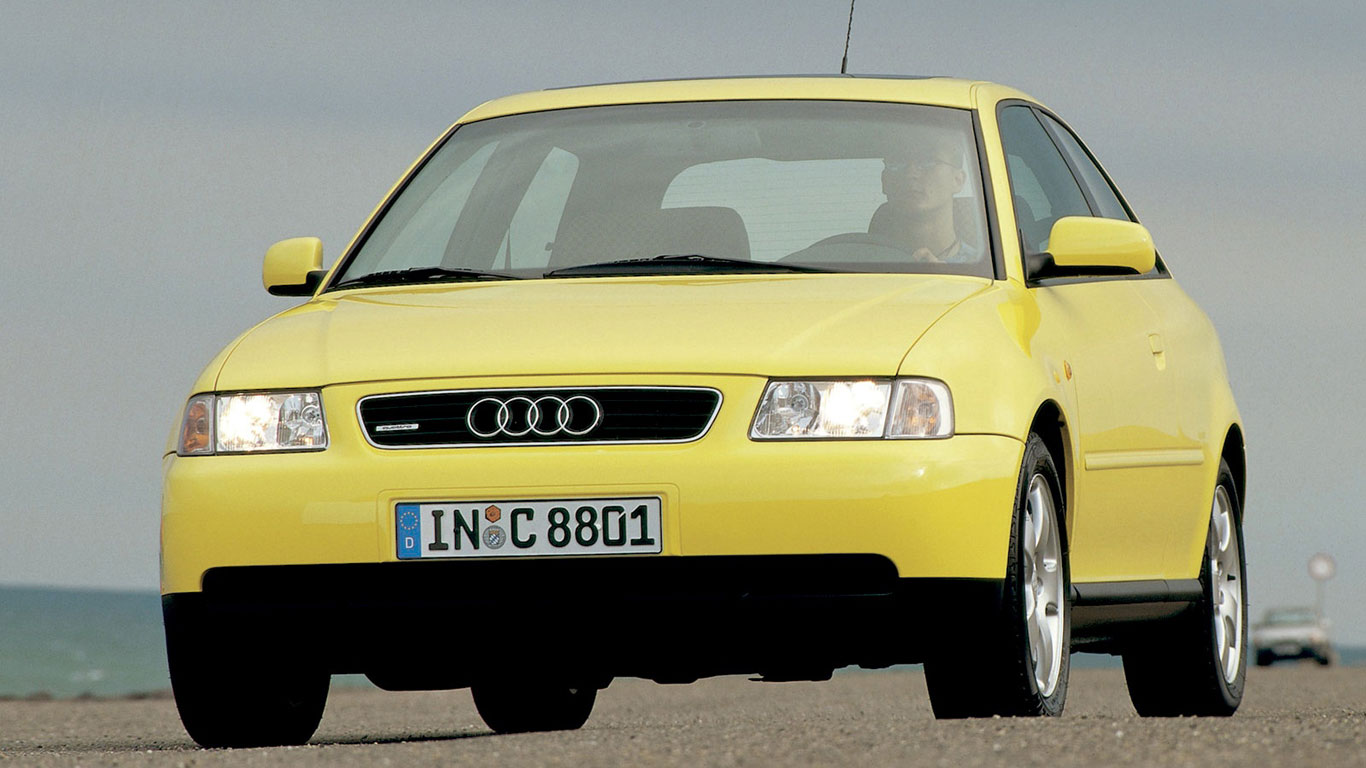
Audi goes small again
© AudiThis was the first time Audi had produced a small car since the death of the 50. The A3 of 1996 was the cheapest car in the range and the ideal entry-point for buyers, who were becoming increasingly attracted to the Audi badge. It was the first car in its class to offer an engine with five valves per cylinder.
-
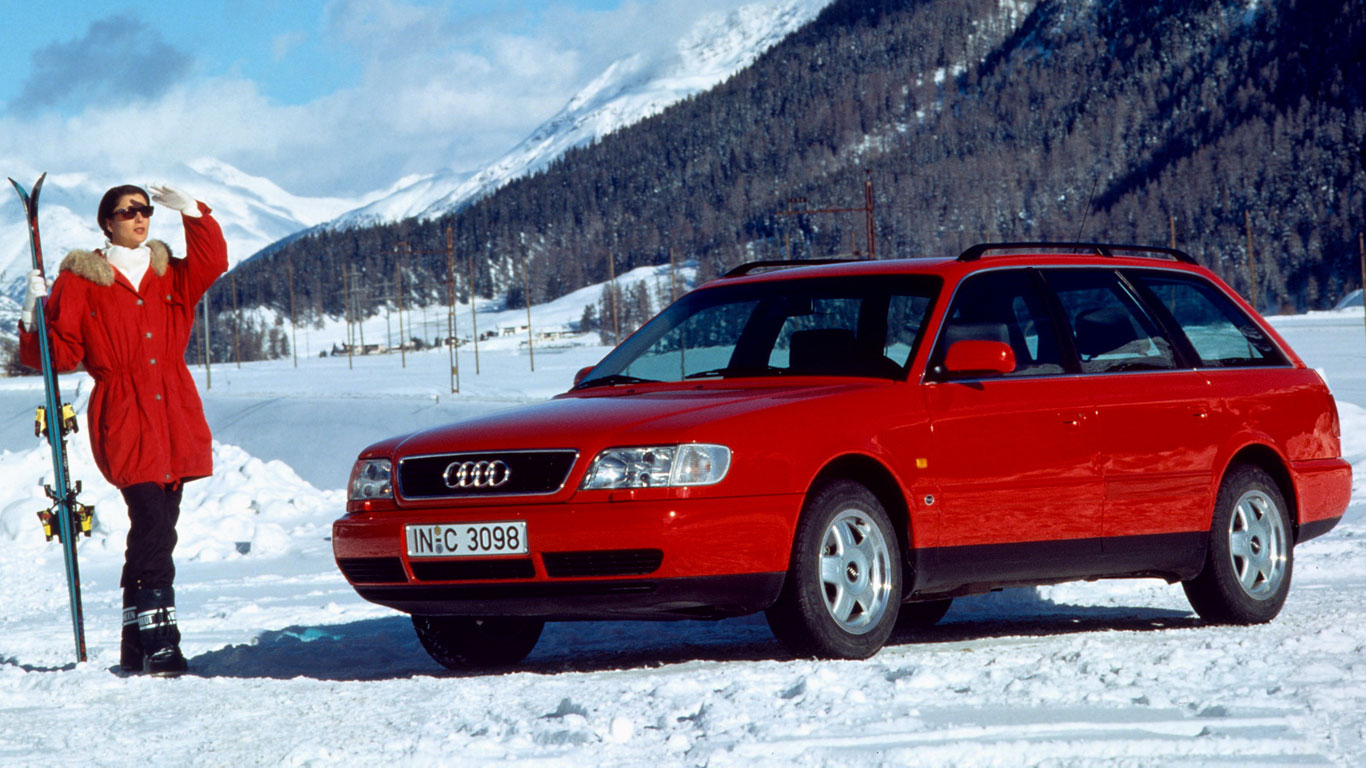
Audi A6 of 1997
© AudiA year later, Audi introduced the A6 saloon, followed by the Avant in 1998. The Allroad of 2000 was one of the first of a new breed of jacked-up off-road estate cars. Its rivals included the Volvo XC70 and Subaru Legacy Outback.
-
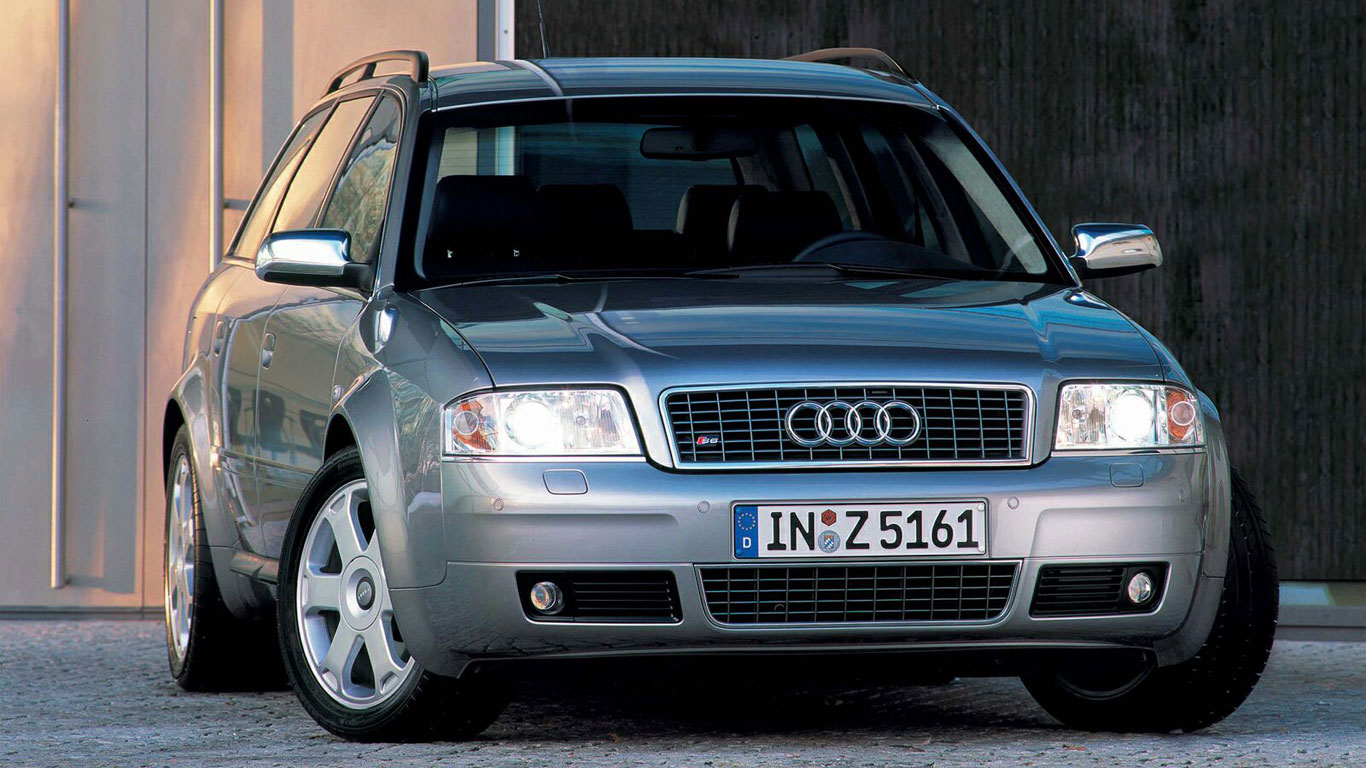
Audi S6 of 1999
© AudiWho wouldn’t want a V8-engined, four-wheel-drive estate car that could sprint to 60mph in 6.8 seconds? The ‘C5’ Audi S6 Avant is arguably one of the most handsome estates ever to be built. A saloon version was available, too.
-
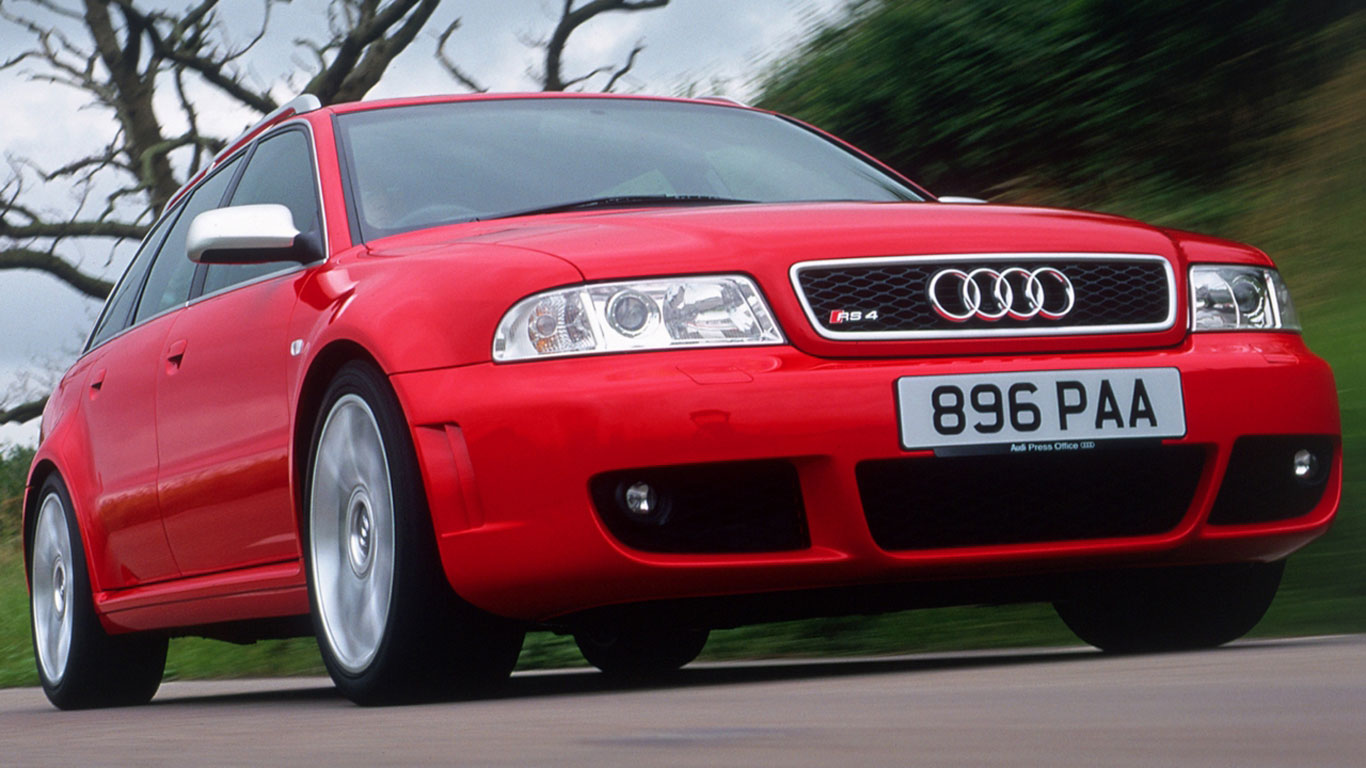
Audi S4 and RS4 Avant
© AudiThe S4 version of the Audi A4 arrived in 1997, but we had to wait until 2000 for the launch of the full-fat RS4 Avant. Thanks to a twin-turbo 30-valve V6 engine, this wolf in sheep’s clothing could sprint to 62mph in just 4.9 seconds. Only 400 came to the UK and it signalled the end of the first generation A4.
-
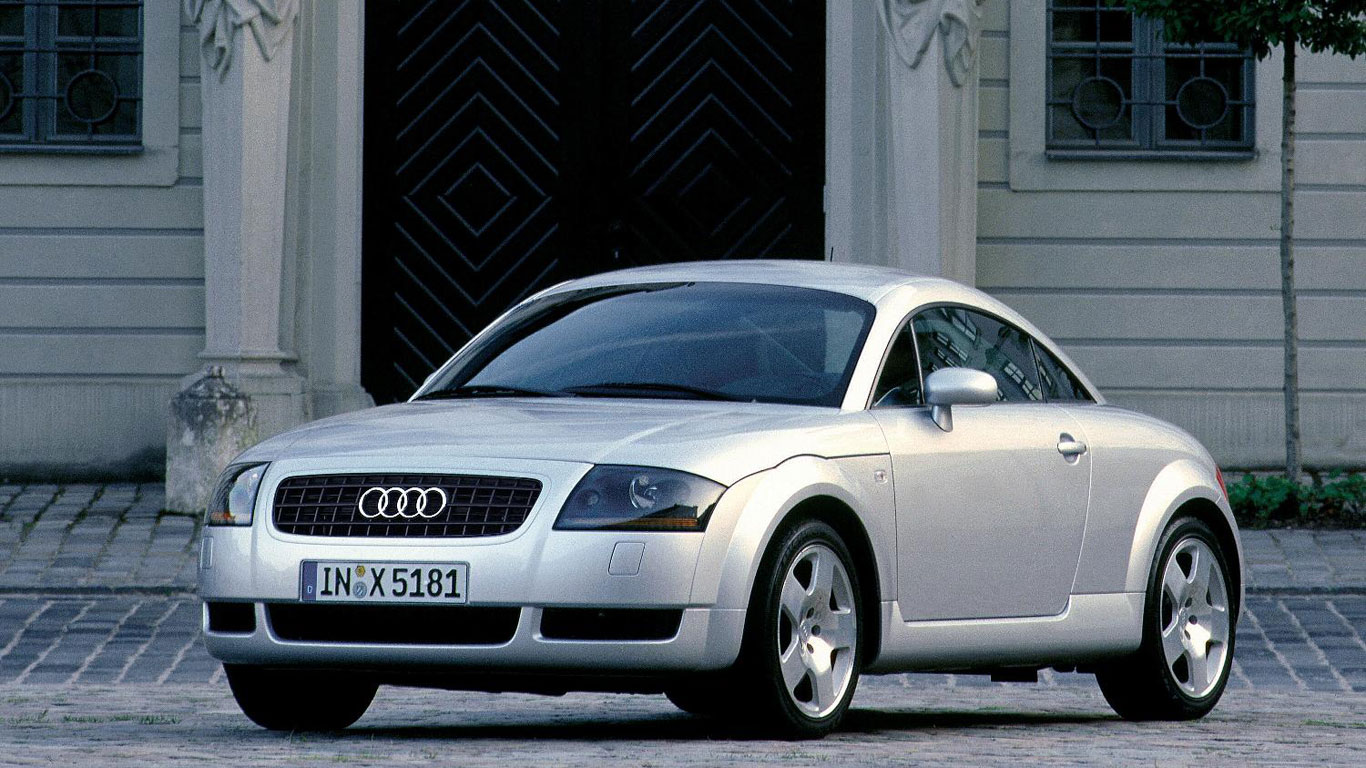
Birth of a design icon
© AudiTwo years earlier, in 1998, Audi launched one of the most distinctive and iconic cars of the 20th century. The Audi TT looked every inch the concept car made good. Indeed, it was almost identical to the TT Design Study of 1995.
-
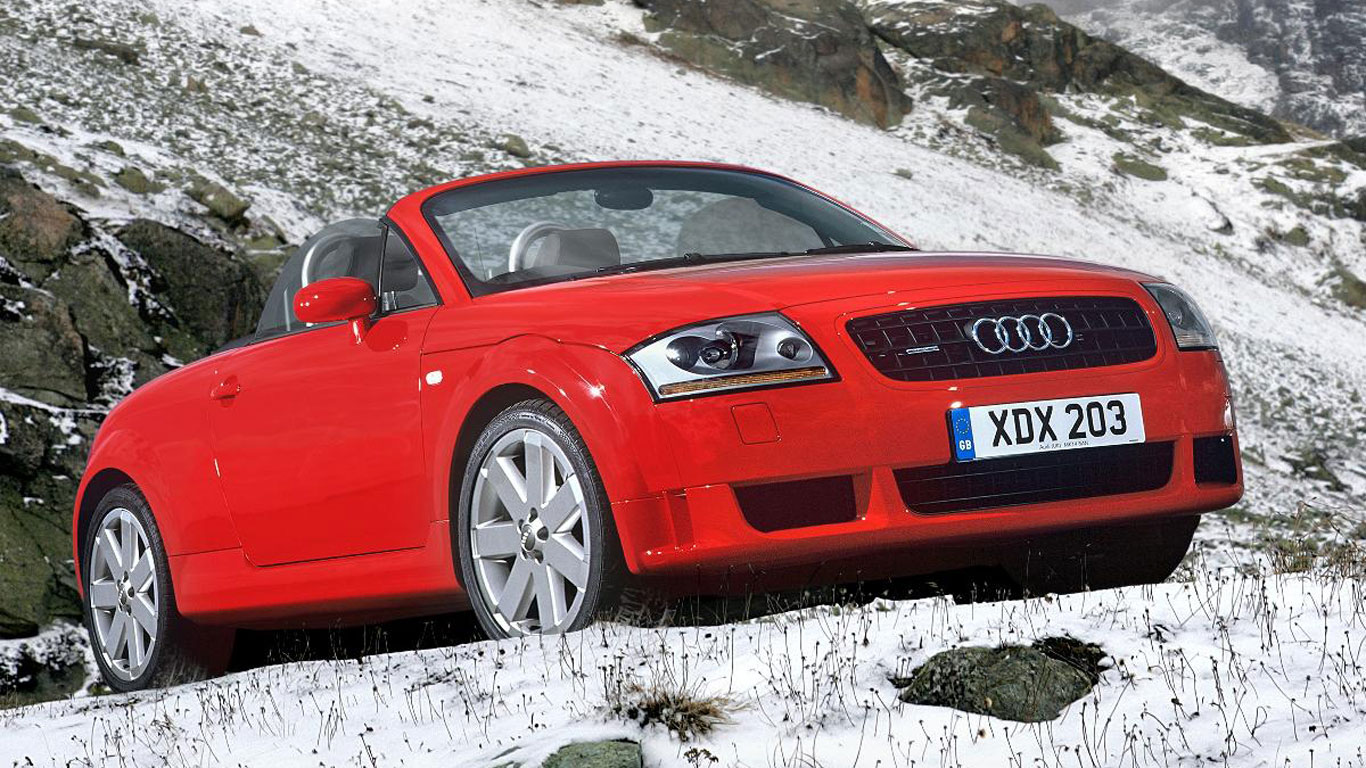
Design icon goes topless
© AudiA year later, the Audi TT lost its roof with the launch of the Roadster. Like the Coupe, it featured a stunning interior and unique styling. A modern classic.
-
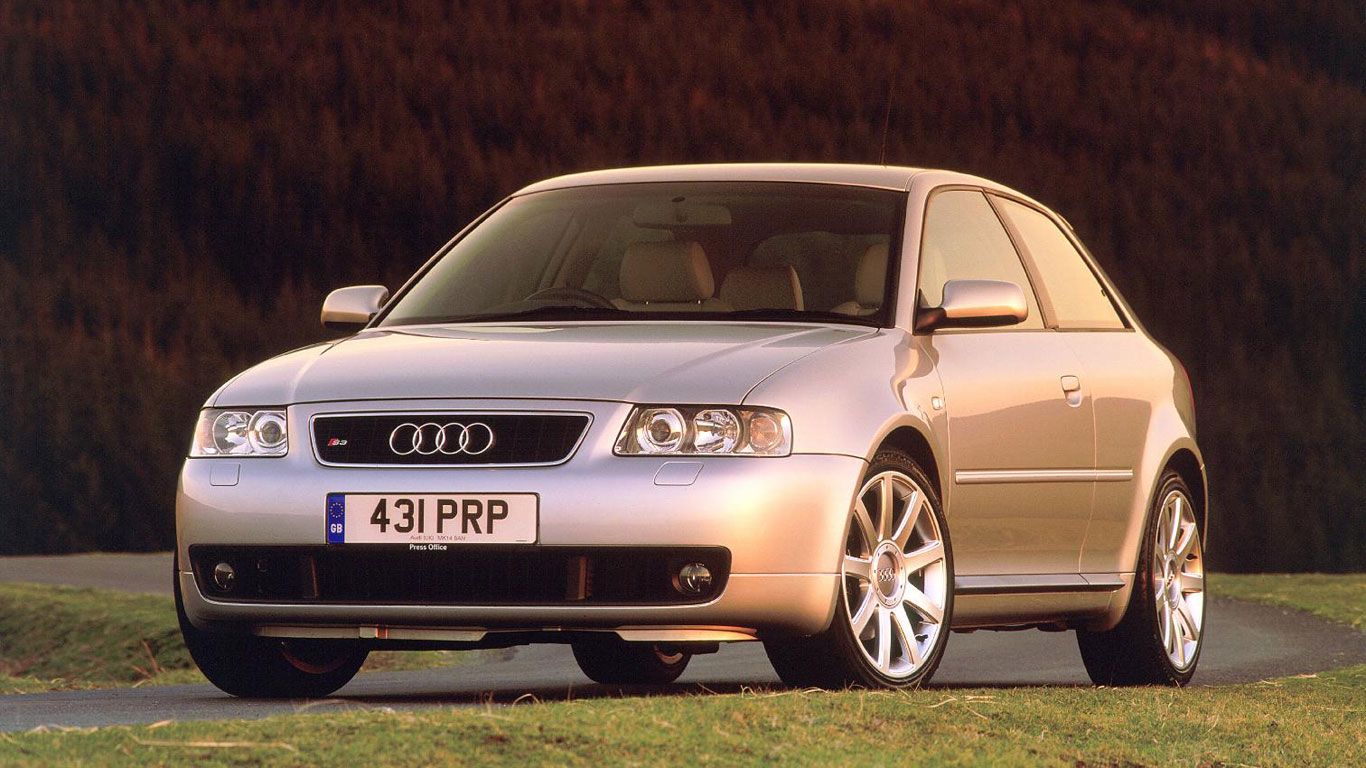
Still want that Golf GTi...
© AudiAudi launched the S3 in 1999, with the same 1.8-litre 20-valve engine you’d find in the Golf GTi. Crucially, the S3 also offered four-wheel drive, while later versions were upgraded to 225hp.
-
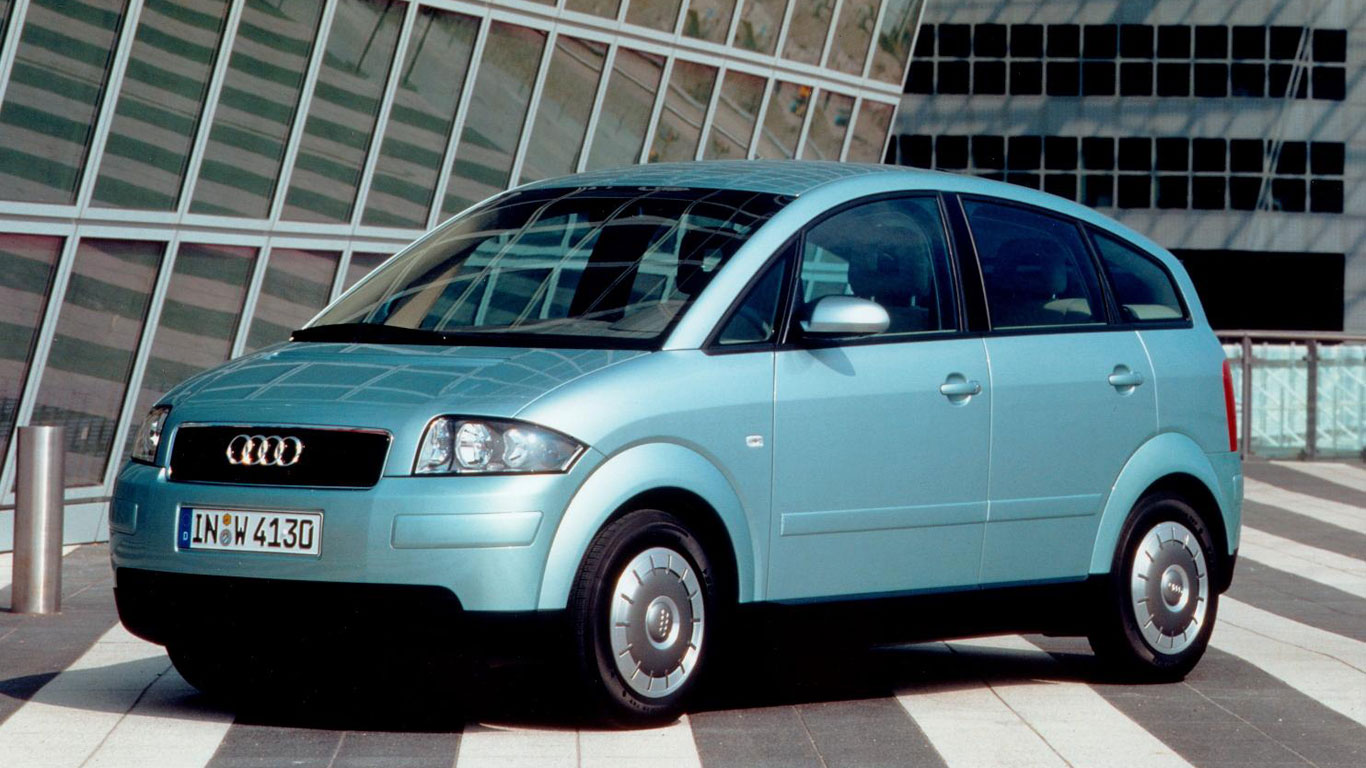
Born a decade early
© AudiHad the Audi A2 been launched today instead of in 1999, it would probably have fared better. Thanks to its aluminium body, it weighed just 895kg and offered class-leading efficiency. Even Audi would be forced to admit the public wasn’t prepared to pay for such forward-thinking technology and obscure styling, though. Now, we suspect things would be different.
-
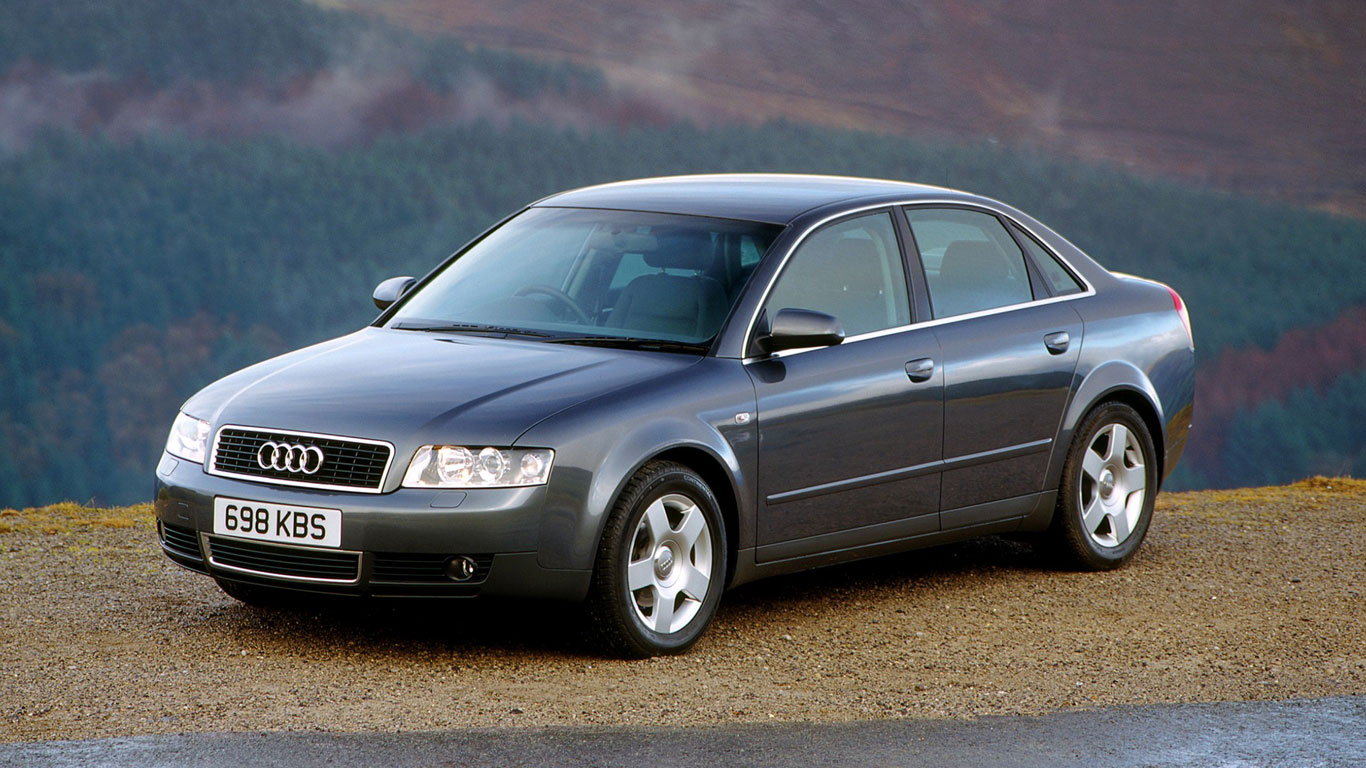
All change for the Audi A4
© AudiThe start of the new millennium saw wholesale changes for the A4, with Audi launching the second generation model in 2001. This was followed by a new S4 in 2002.
-
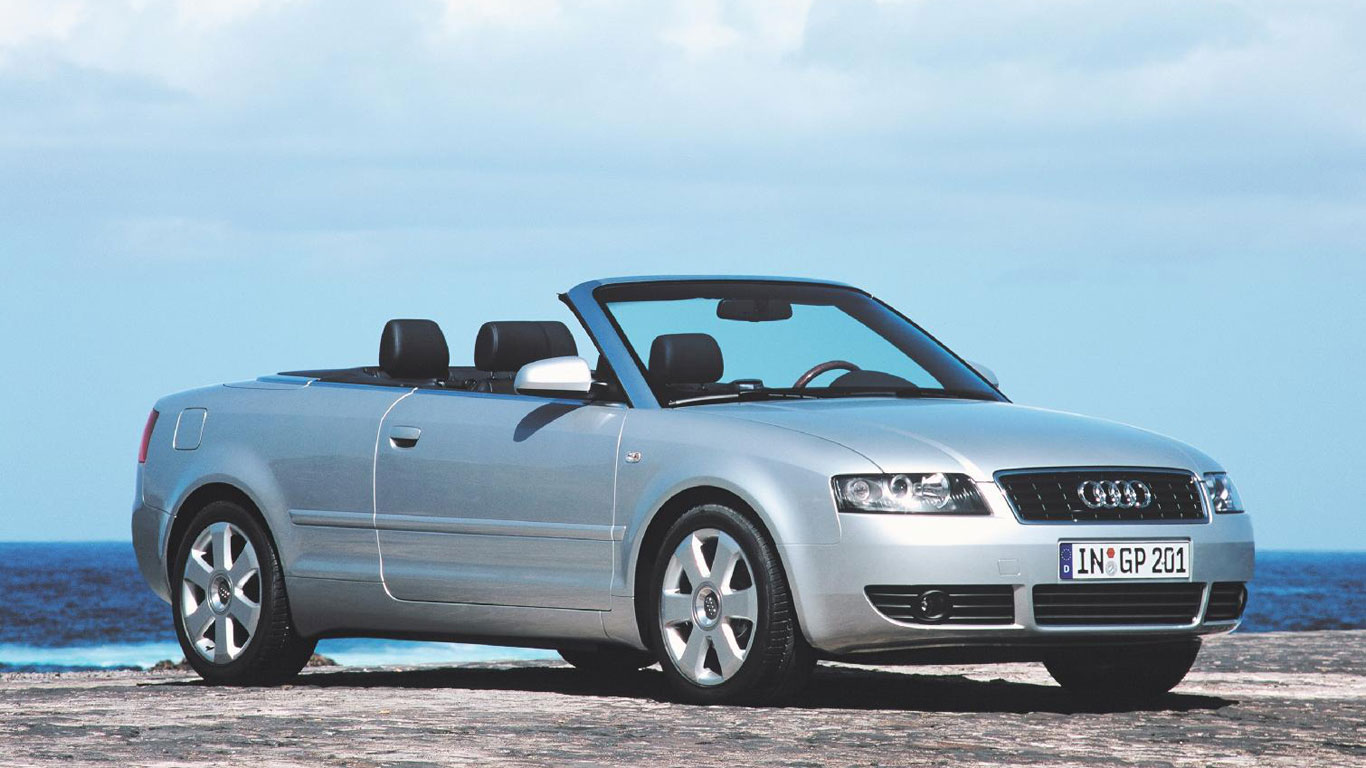
New Audi A4 Cabriolet
© AudiAudi had left the cabriolet market in 1998, but returned with a bang in 2001 with the launch of the new A4 Cabriolet. The electrically-powered roof would fold away in 30 seconds and the car fast became the must-have accessory for fashion-conscious buyers.
-
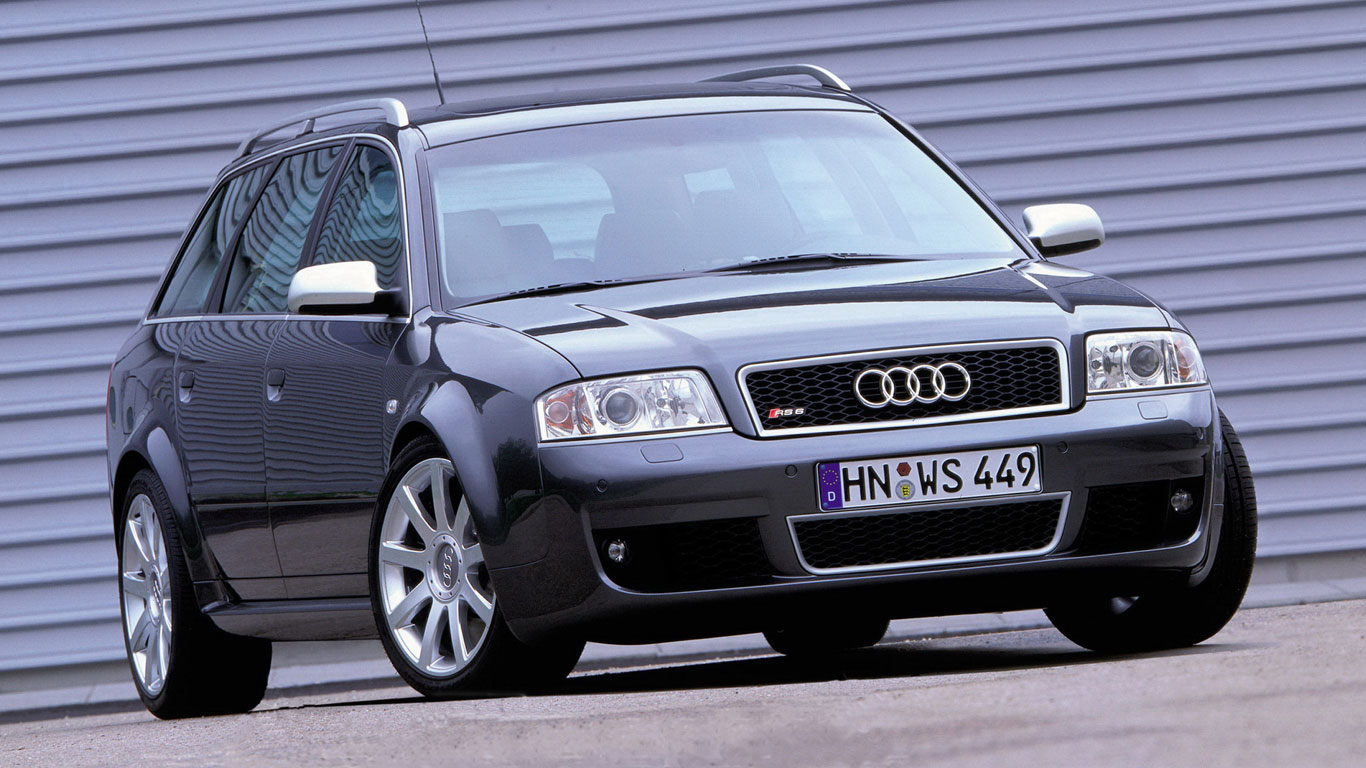
Audi RS6 Saloon and Avant
© AudiPerformance Audis were growing ever more brutish. The new RS6, introduced in 2002, featured a 450hp 4.2-litre V8 engine, capable of propelling the saloon version to 62mph in just 4.6 seconds. Naturally, Quattro 4WD helped keep the Audi on the straight and narrow.
-
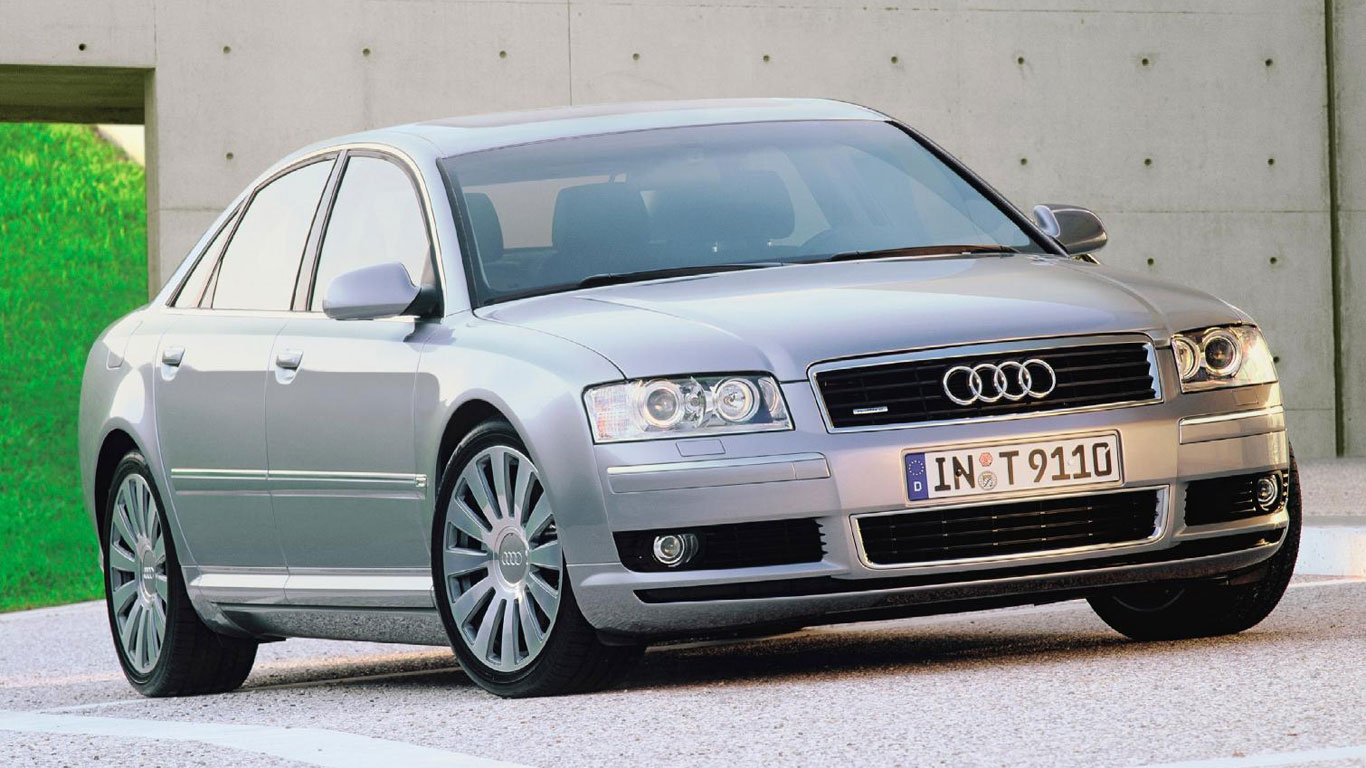
The revised A8
© AudiA larger, more spacious and more economical A8 arrived in 2003. A long-wheelbase version was offered, along with a mighty 6.0-litre W12 engine.
-
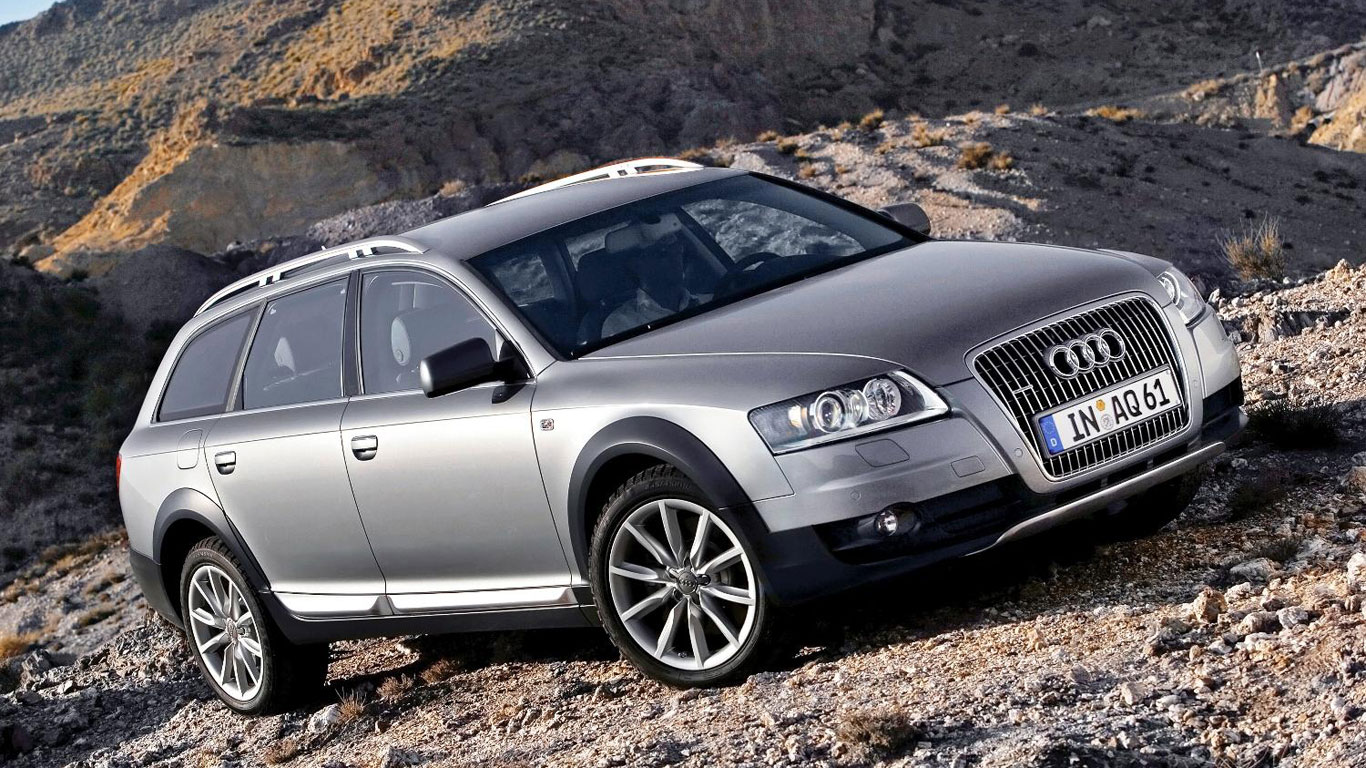
Continued development
© AudiAudi continued to refresh its line-up at the start of the century, with a new A3 in 2003, the new five-door A3 Sportback in 2004 and a second generation A6 Allroad in 2005.
-
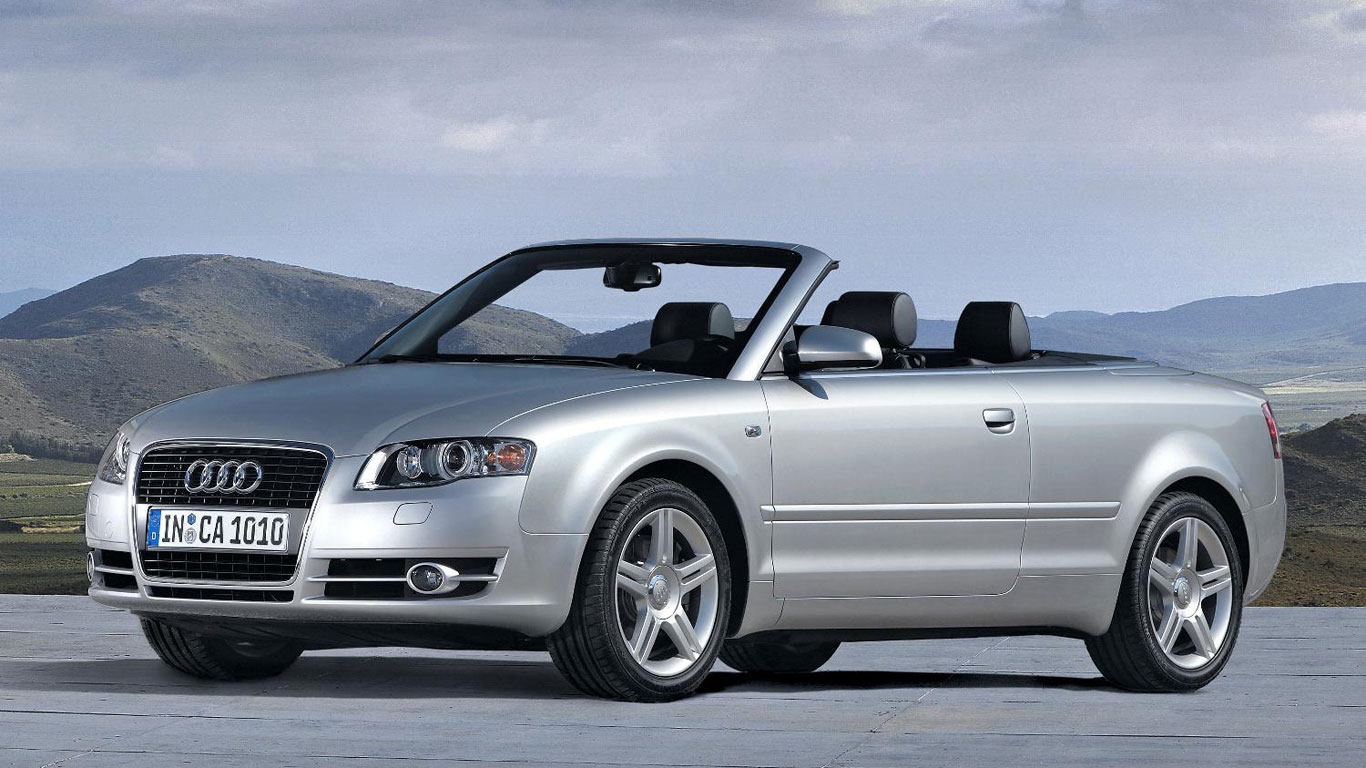
New A4 versions
© AudiIn 2005, the A4 Cabriolet was revised and could now be ordered as a more potent S4 Quattro, complete with V8 engine. In 2006, Audi introduced new versions of the S4 and RS4, with the latter launched by driving it onto an ice rink and then up a ski jump. That’s Quattro for you.
-
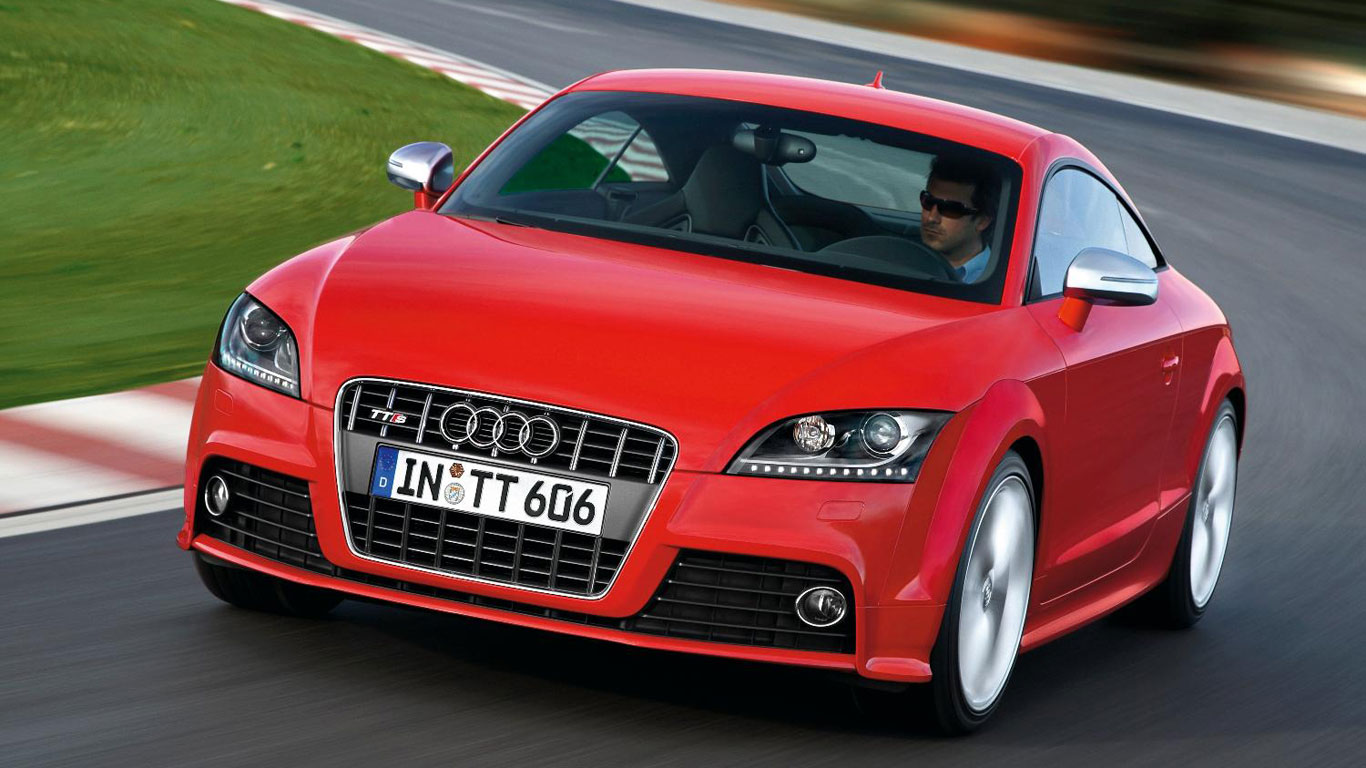
Audi messes with a design icon
© AudiSurely some things should be left alone? Succeeding the original Audi TT was always going to be a challenge and the second TT of 2006 was never going to have the same impact as the original. Still, it did feature the so-called Audi Magnetic Ride, which used electronic dampers controlled by an electrical charge.
-
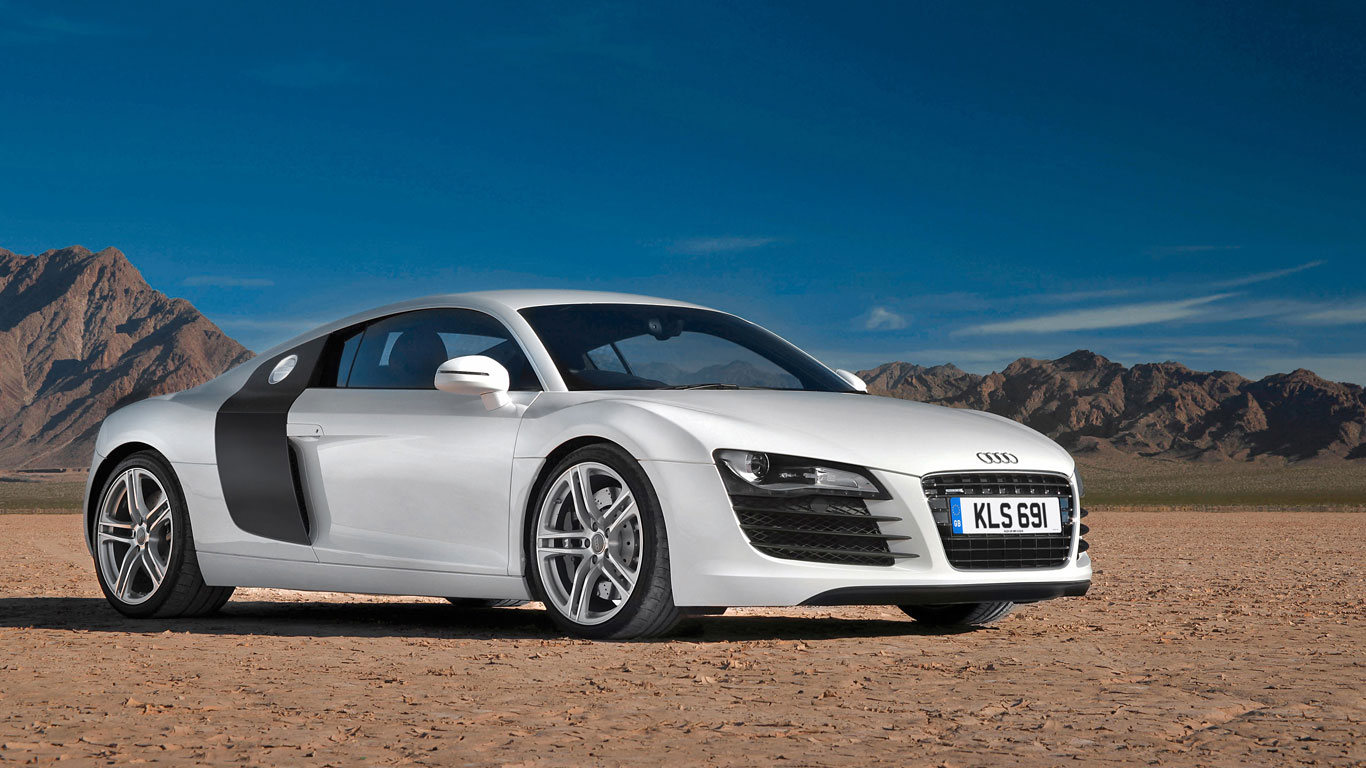
Audi’s first supercar
© AudiIn 2007, Audi launched a new A4. But we don’t want to show you that. Instead, here’s the R8 – the first Audi supercar. Launched initially with a V8 engine, a V10 version arrived a year later. Even without any pedigree to speak of, Audi managed to slot neatly into the supercar segment.
-
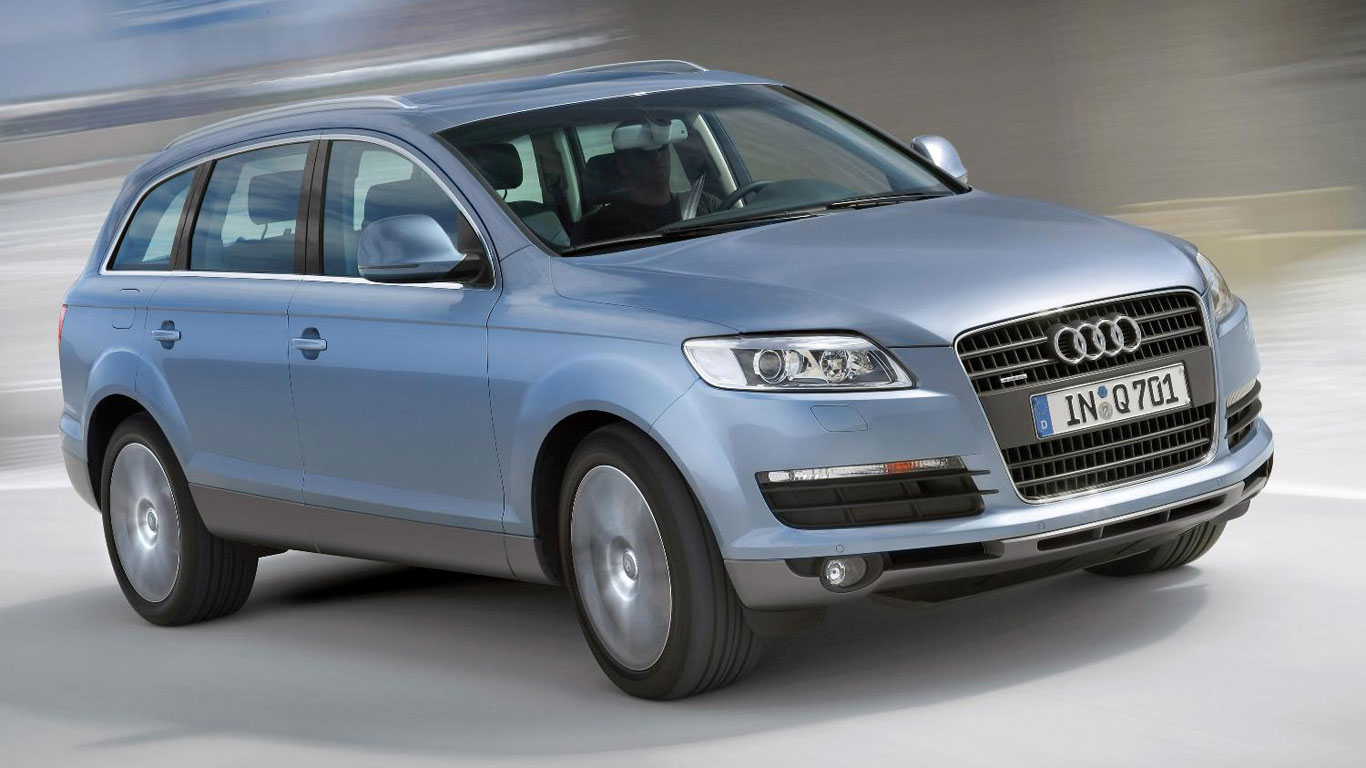
Audi’s first SUV
© AudiThe Q7 of 2007 was hardly subtle and it was far too big for Britain’s roads, but it represented Audi’s first step in the growing SUV market. Seven seats, Quattro four-wheel drive, hill descent control and air suspension all came as standard. As did a love of drinking fuel.
-
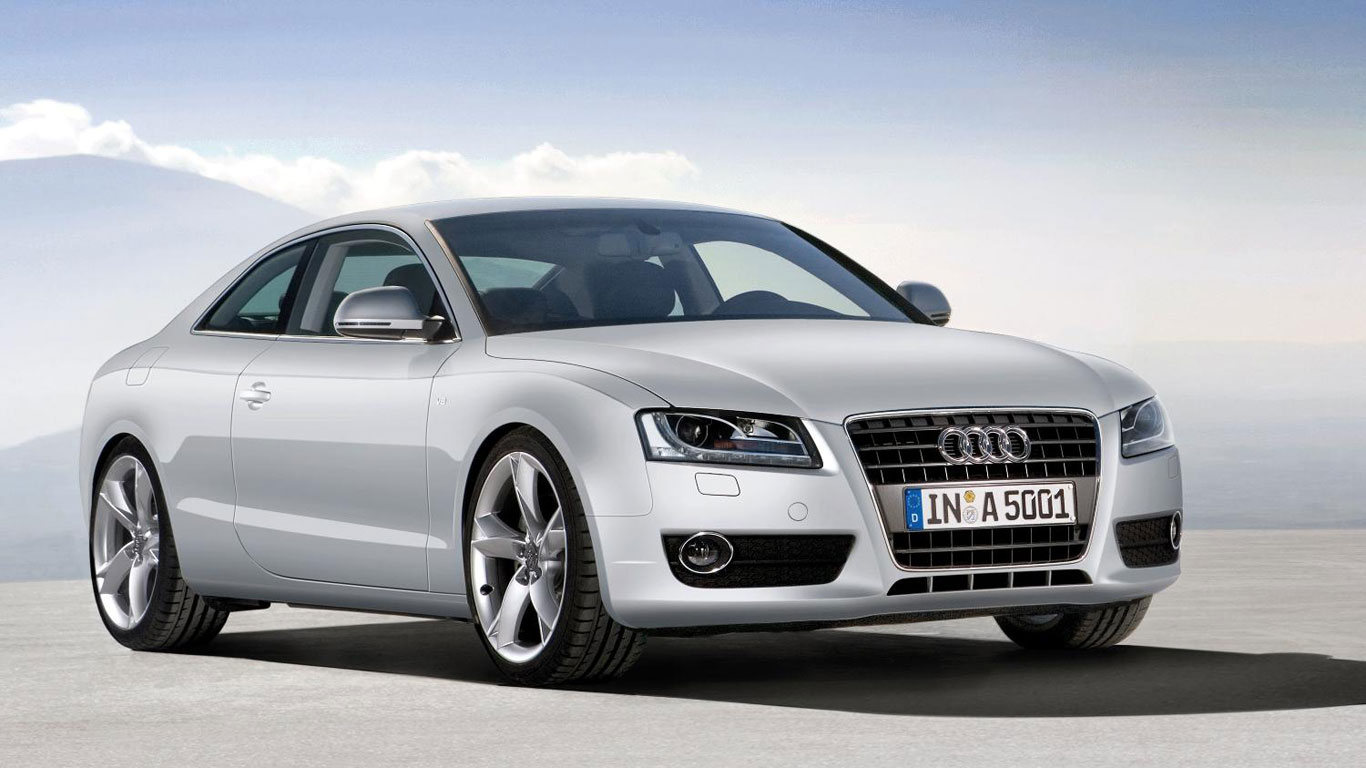
Audi rejoins the coupe set
© AudiThe A5 of 2007 saw Audi re-enter the four-seat coupe segment. This was the first such car since the Audi Coupe of 1988. Many, many more new sub-models and niches would start to appear.
-
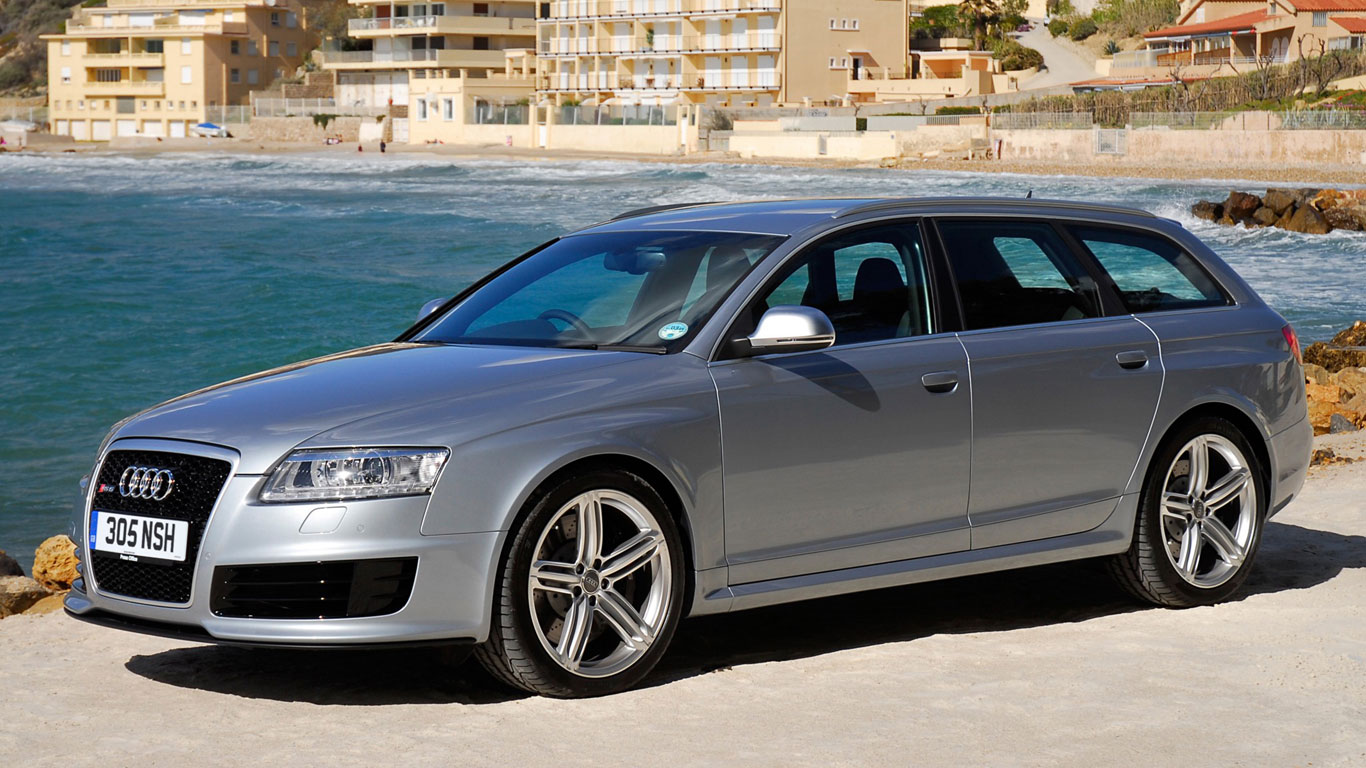
Who needs an Audi R8 anyway
© AudiThe Audi RS6 of 2007 featured a V10 engine borrowed from the Lamborghini Gallardo. So, it’s no surprise to find the 580hp monster could outperform the Audi R8. Ceramic brakes were a perhaps must-needed option.
-
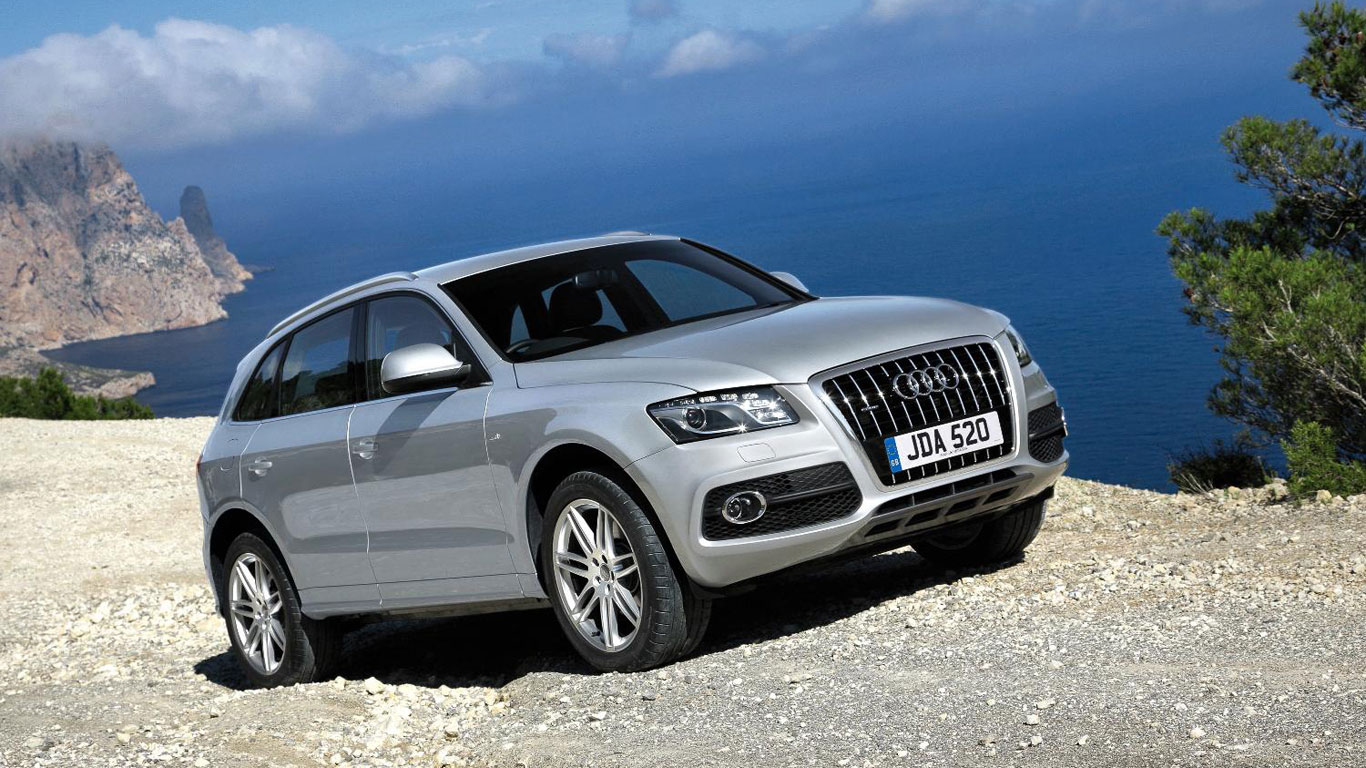
Further developments
© AudiAudi continued to add new models, as well as evolving many of its existing cars. The Q5 of 2008 became one of the most desirable SUVs you could buy, offering glacier-like levels of deprecation. The TT gained a diesel engine in 2008, while a potent TTS version was offered the same year.
-
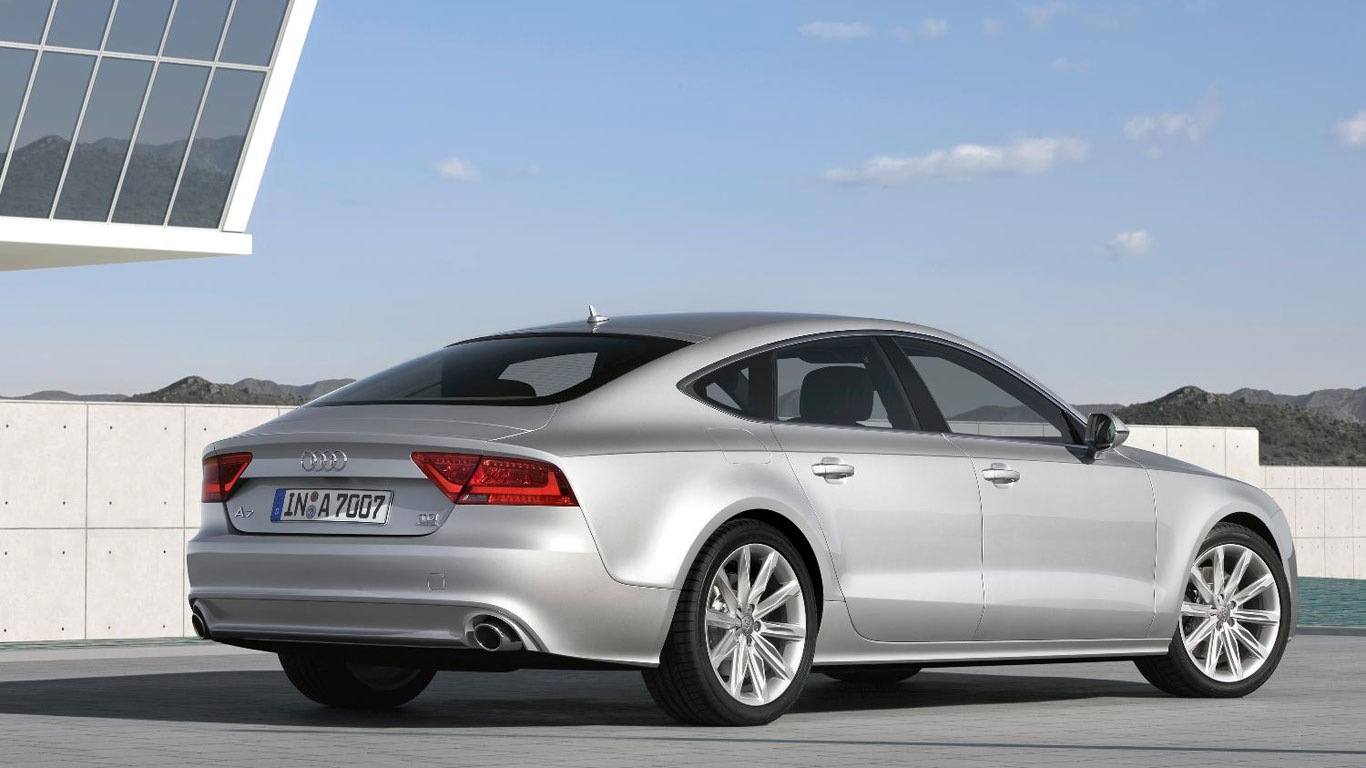
Further developments
© AudiA new A6 arrived in 2006, which was followed by a restyled version in 2008. A new A5 Cabriolet was launched in 2008, with the Q3 premium concept crossover arriving in 2011. A year earlier, Audi had launched the A7 – an executive four-door hatchback. Audi has made of habit of inventing new niches.
-
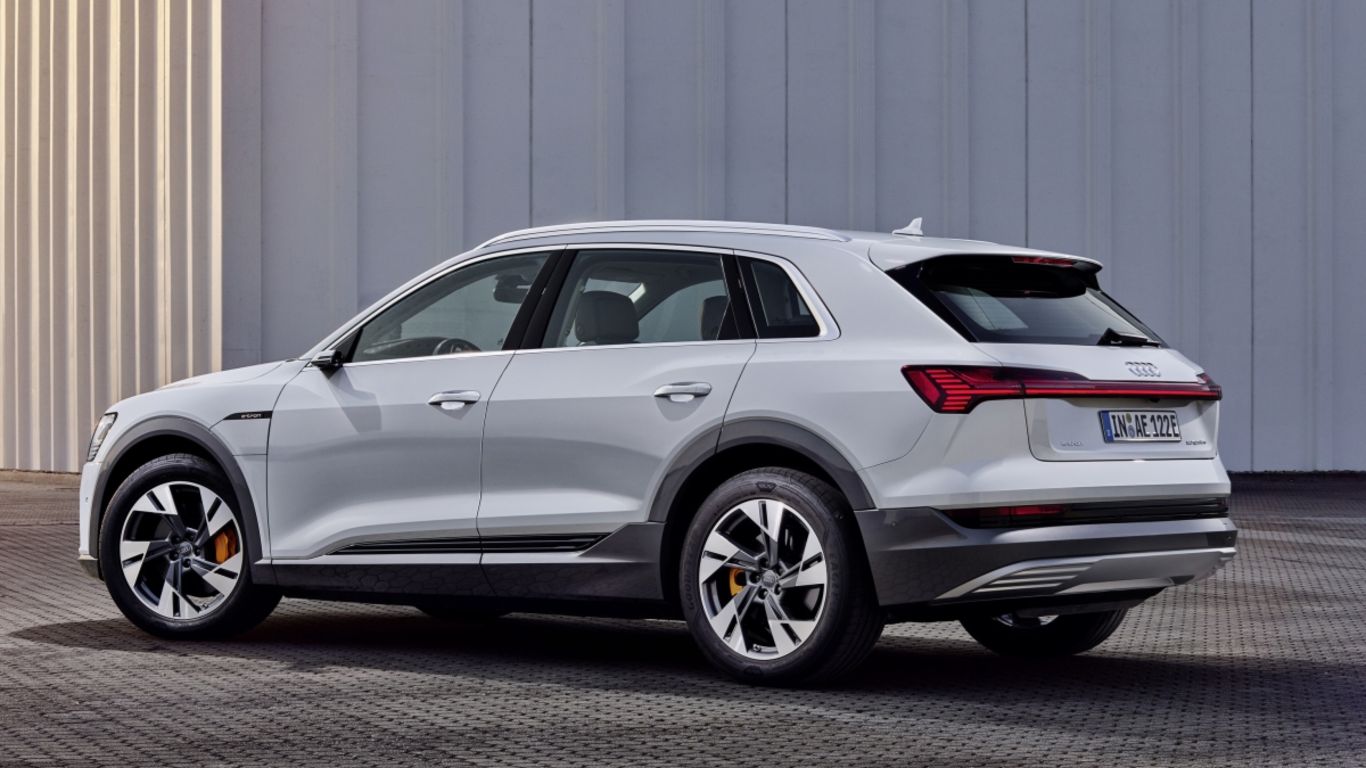
Audi goes electric with the E-tron
© AudiAfter dabbling in hybrids with the A3 E-Tron, Audi launched its first fully electric car in 2018. The E-Tron SUV offers up to 252 miles of range and, in terms of size and practicality, sits somewhere between a Jaguar I-Pace and Tesla Model X. It also has cameras for door mirrors – a production car world-first.
-
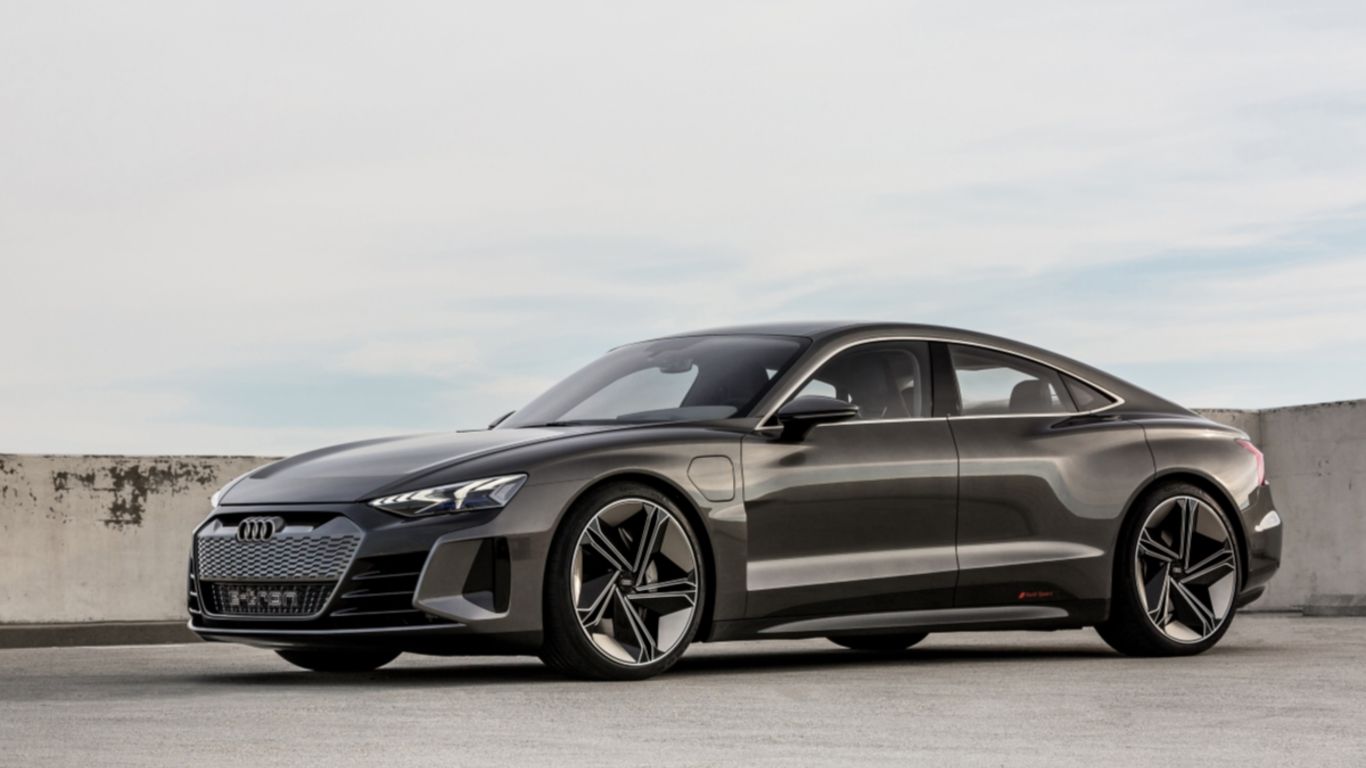
Audi E-tron GT
© AudiHere’s the future – and doesn’t it look fantastic? The E-tron GT is Audi’s version of the Porsche Taycan: a luxurious, high-performance electric coupe. On sale in 2021, the full specification is yet to be announced. Expect up to 700hp, 0-62mph in three seconds and a 250-mile range.
-
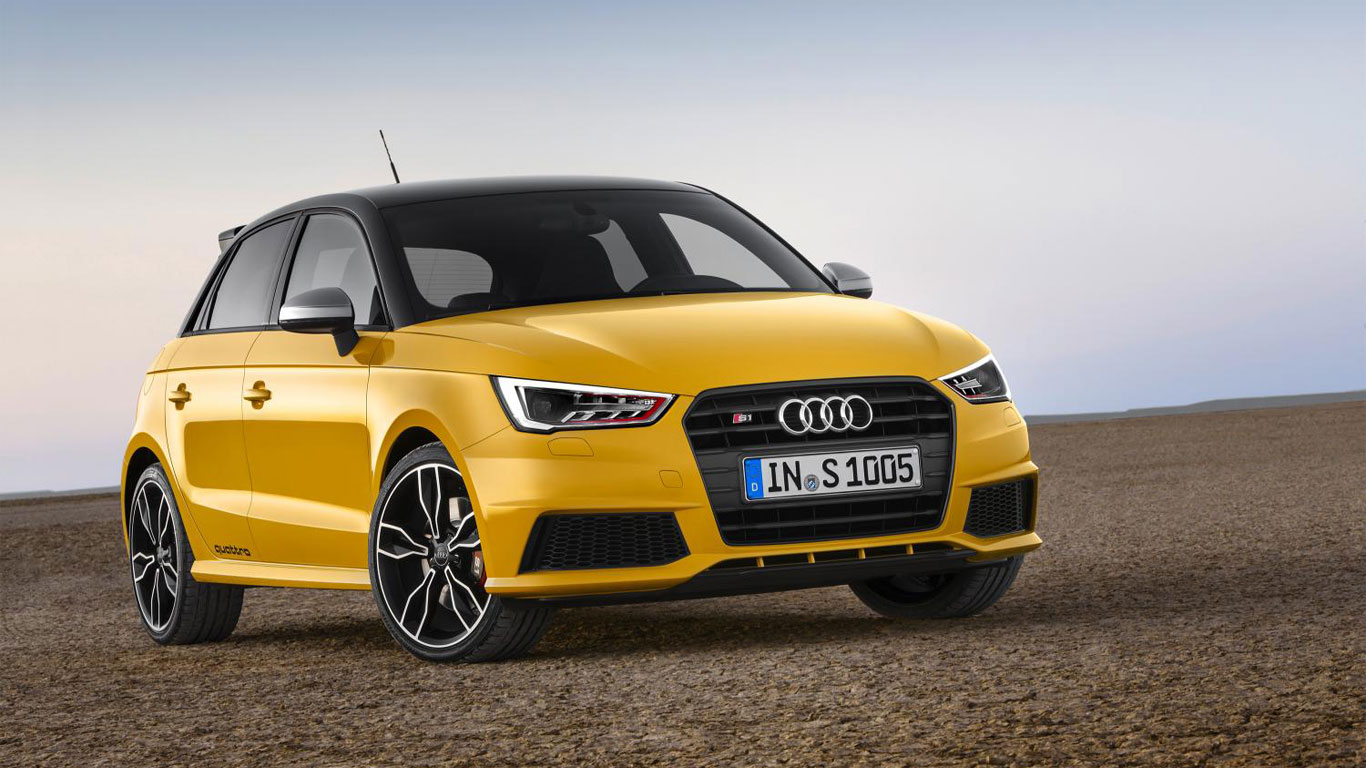
More Audis we could mention
© AudiAnd we haven’t even mentioned the likes of the S1, new RS3 or latest R8. From humble beginnings, Audi has grown into an automotive colossus and many, many people want a slice of the four-ring badge.
-
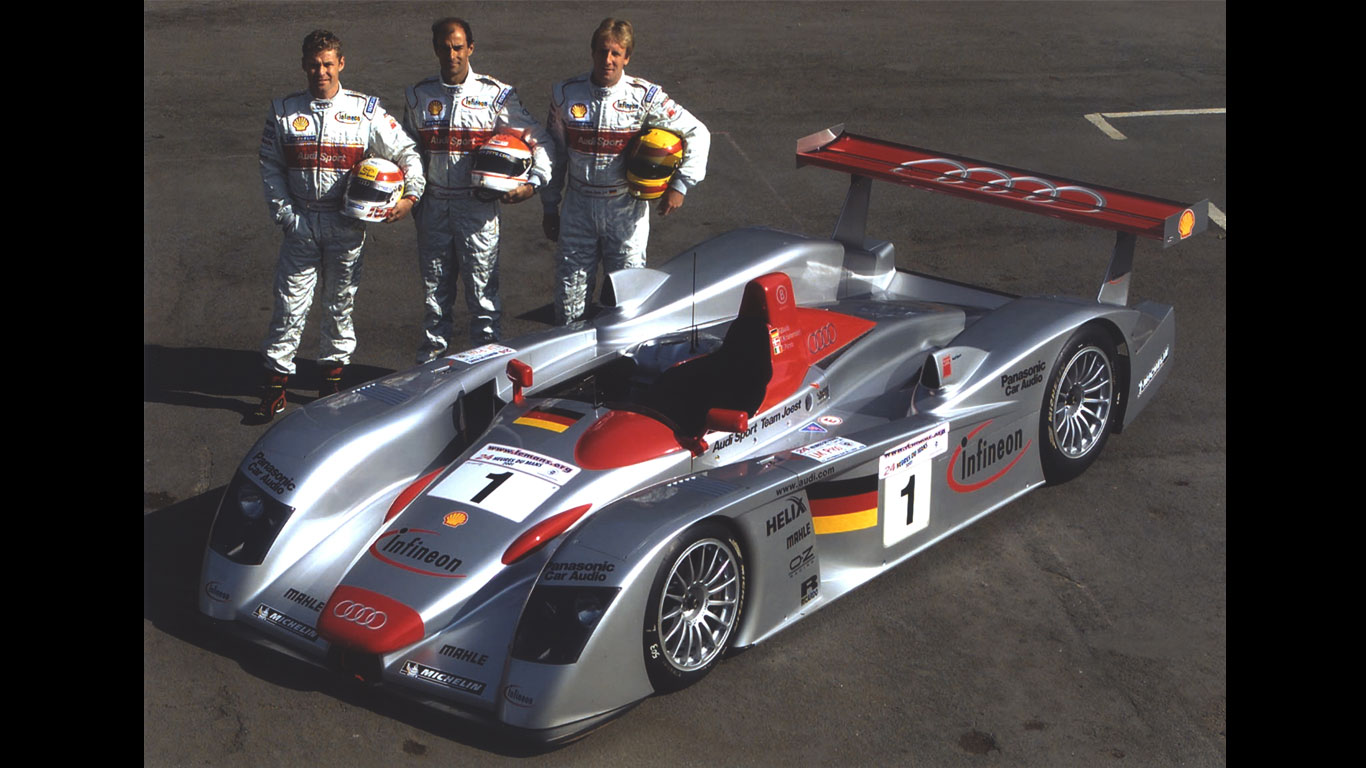
Audi at Le Mans
© AudiStarting from the year 2000, Audi has been a force to be reckoned with at the Le Mans 24 Hours. It achieved a hat-trick of victories between 2000 and 2003 in the R8.
-
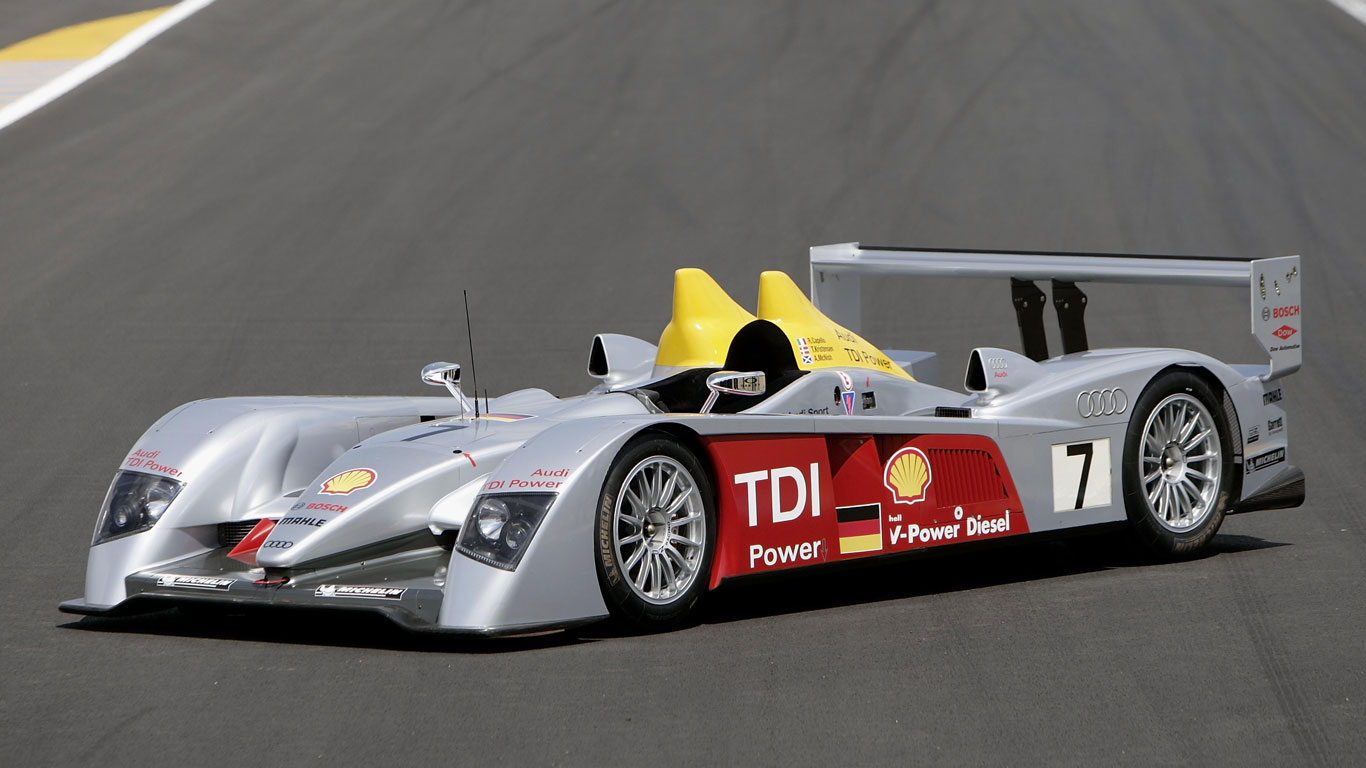
Audi diesel at Le Mans
© AudiIn 2006, the Audi R10 TDI became the first diesel car to win Le Mans, helping the team score its sixth victory and third in succession. It won again in 2007 and 2008, before the R15 won in 2010 and the R18 in 2011. This paved the way for the R18 E-tron to win in 2012, 2013 and 2014 – Audi’s last victory to date.
-
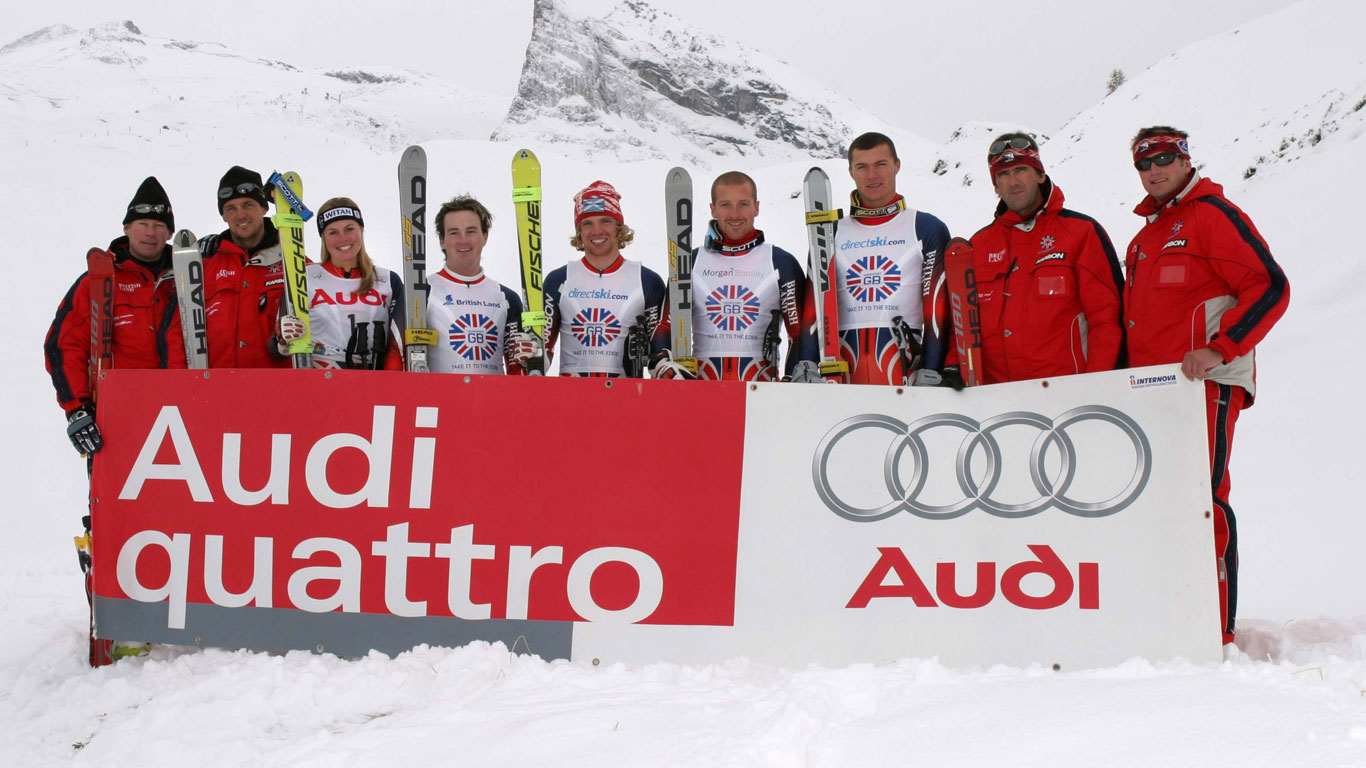
Sponsorship on the slopes
© AudiAudi has produced some terrific cars, so it’s no surprise to see such a strong demand for its products. But it wouldn’t have achieved quite the same level of success without a commitment to brand development and sponsorship.
-
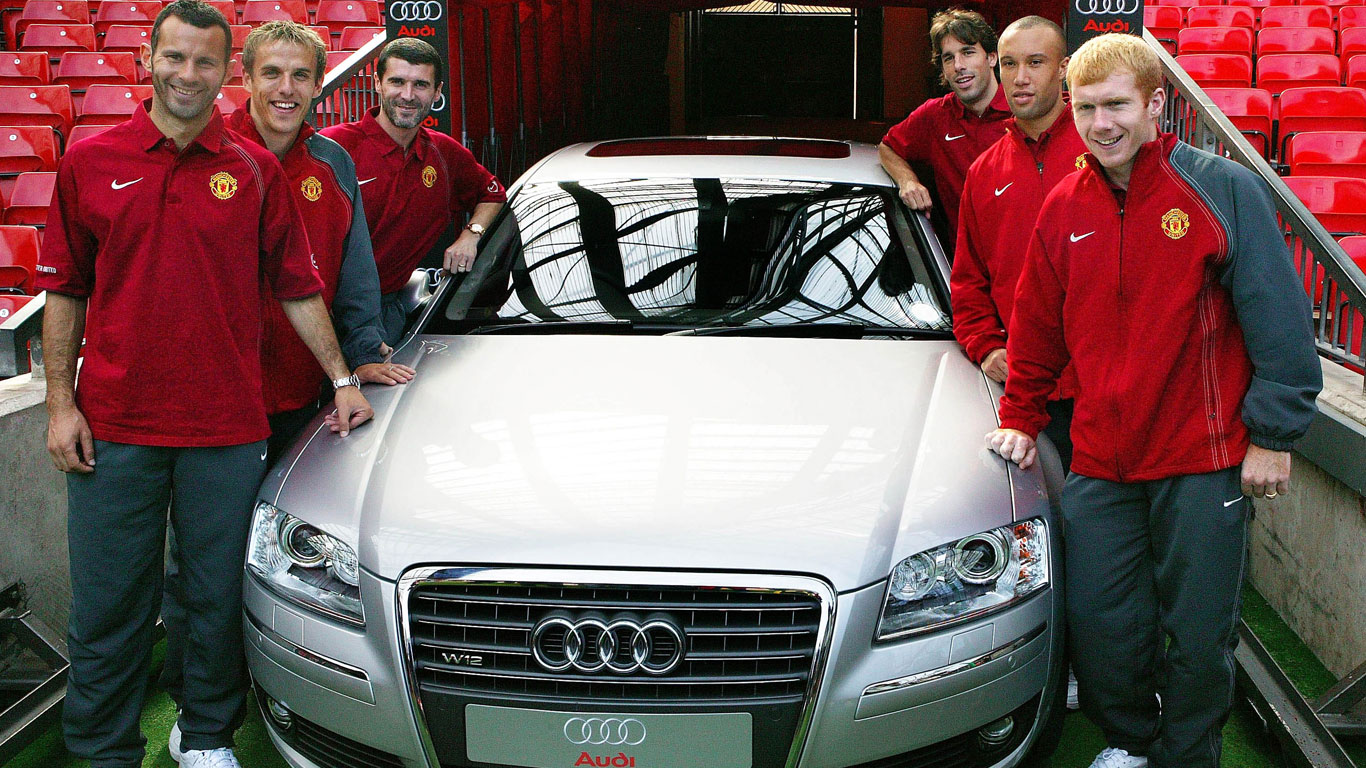
United we stand
© AudiBy aligning itself with the world’s biggest sports teams and individuals, as well as the coolest celebrities, Audi has become a household name. Many of the glitziest events will have a fleet of Audi A8s transporting the stars to the red carpet.
-
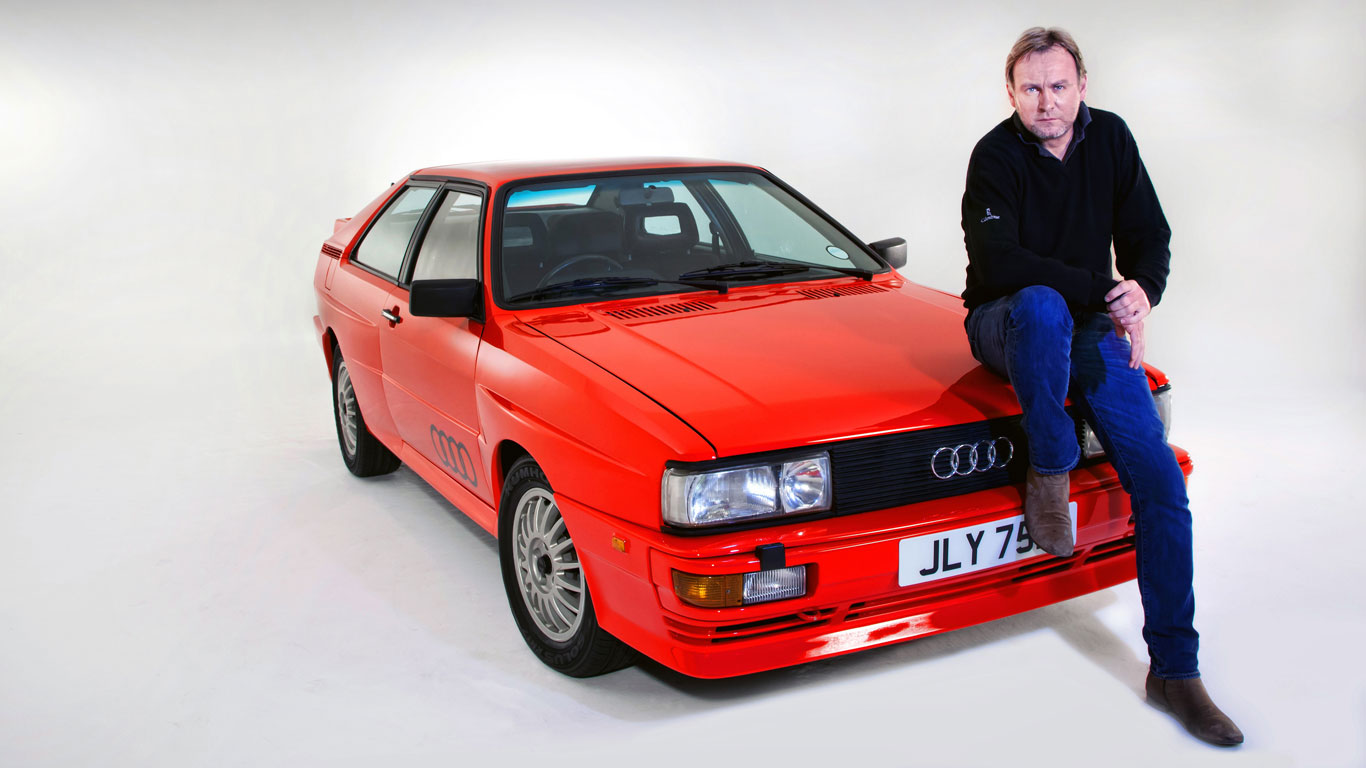
Fire up the Quattro
© AudiThe Quattro’s starring role in TV drama Ashes to Ashes also helped Audi reach parts other carmakers couldn’t reach. ‘Fire up the Quattro!’, or something.
-
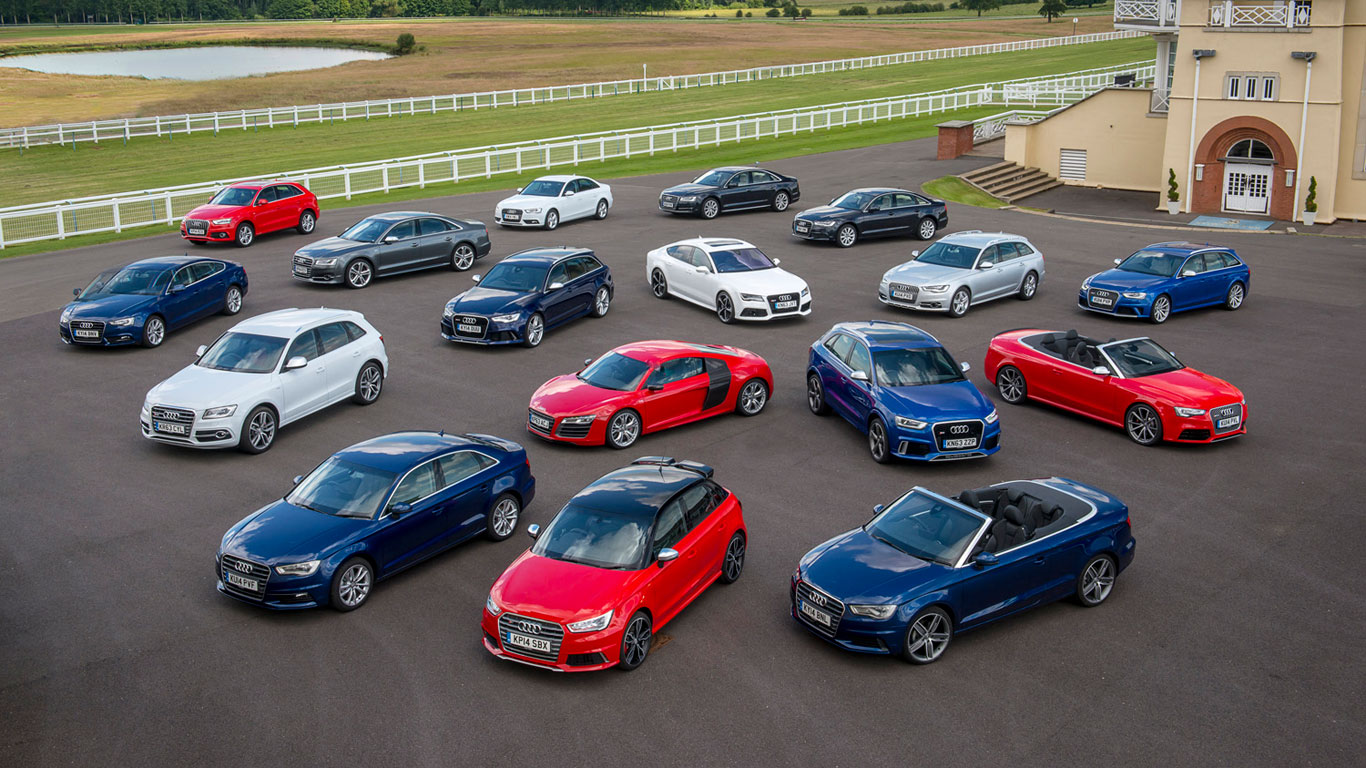
A lifetime of new cars
© AudiFrom the A1 to the R8 (not to mention the mighty e-Tron GT electric grand tourer), there’s now an Audi for every stage in your life. Nonetheless, we’re sure there are still a few niches left to fill. Here’s to many more years of Progress through Technology…